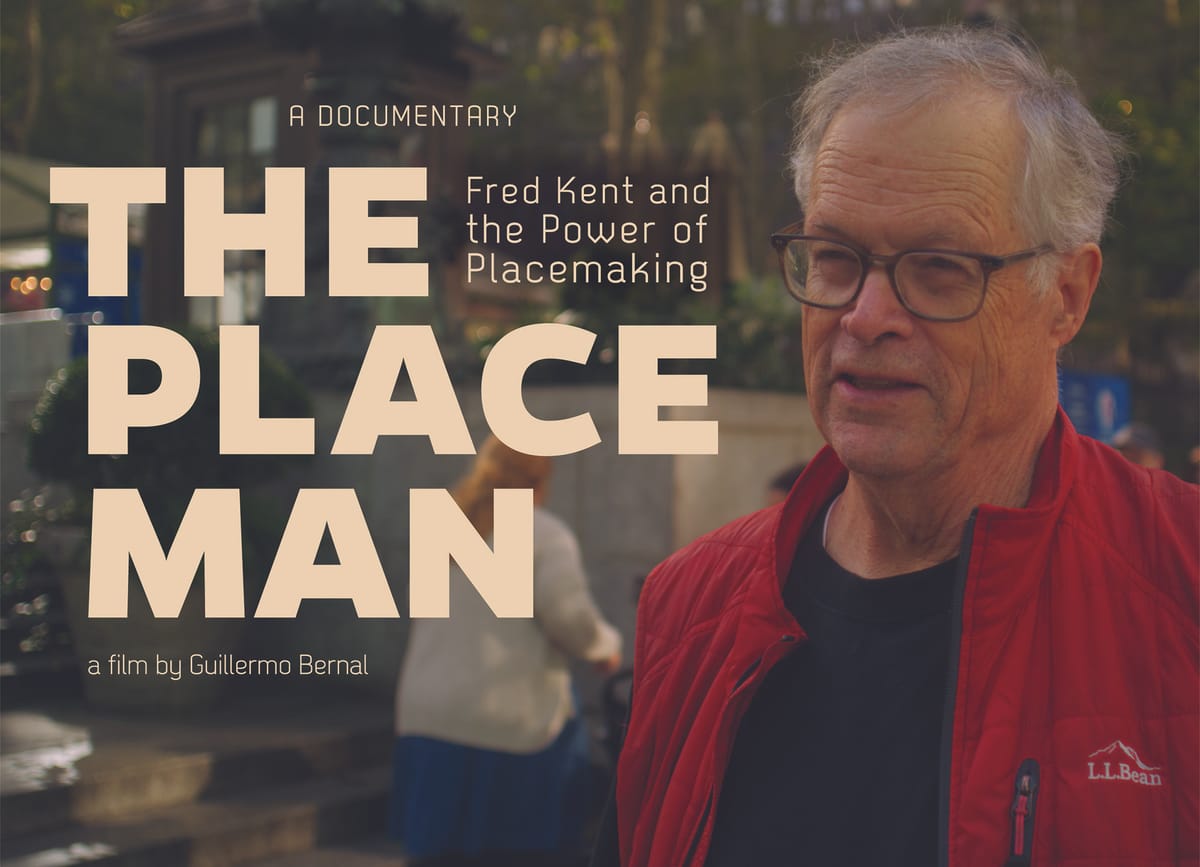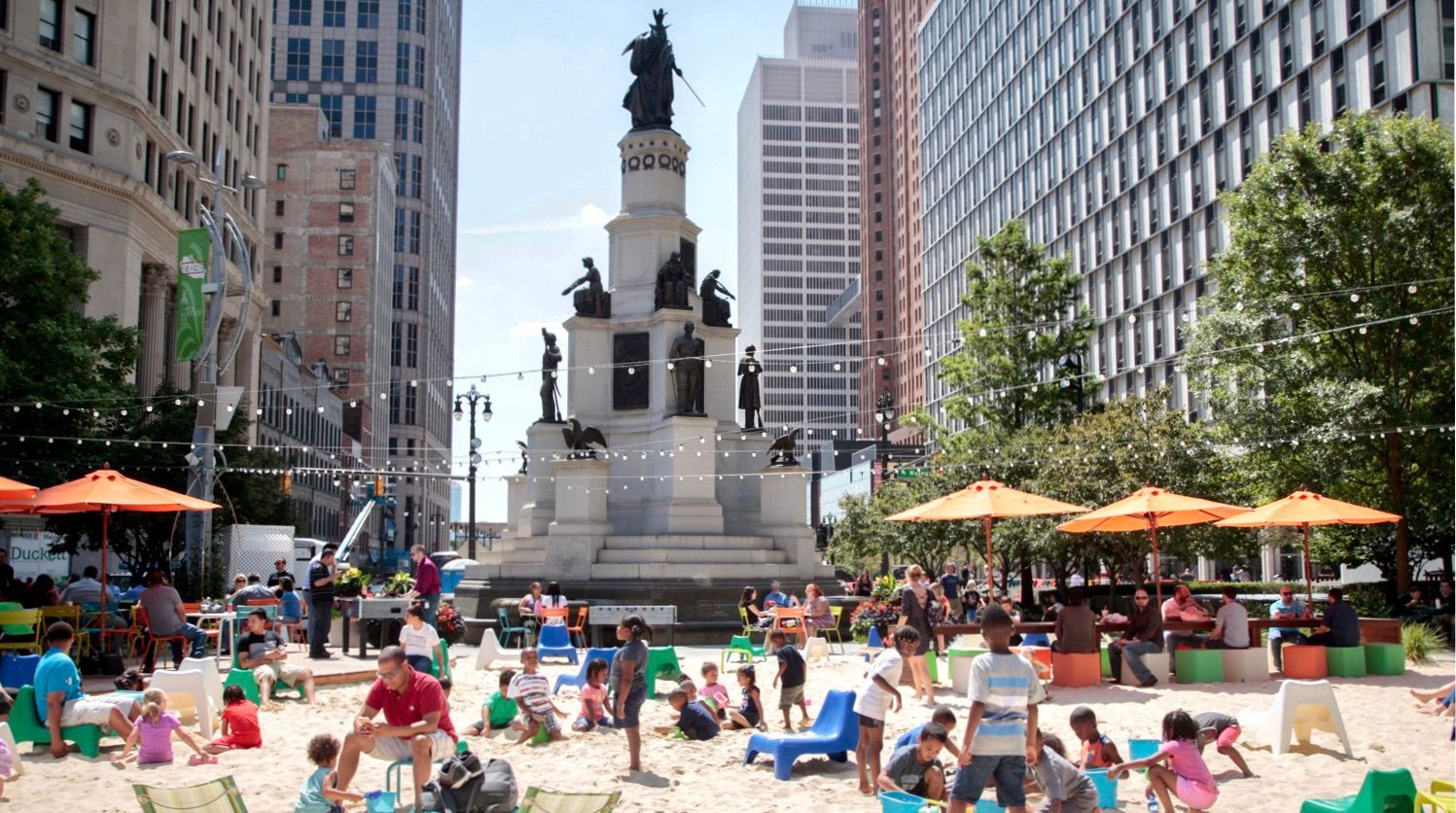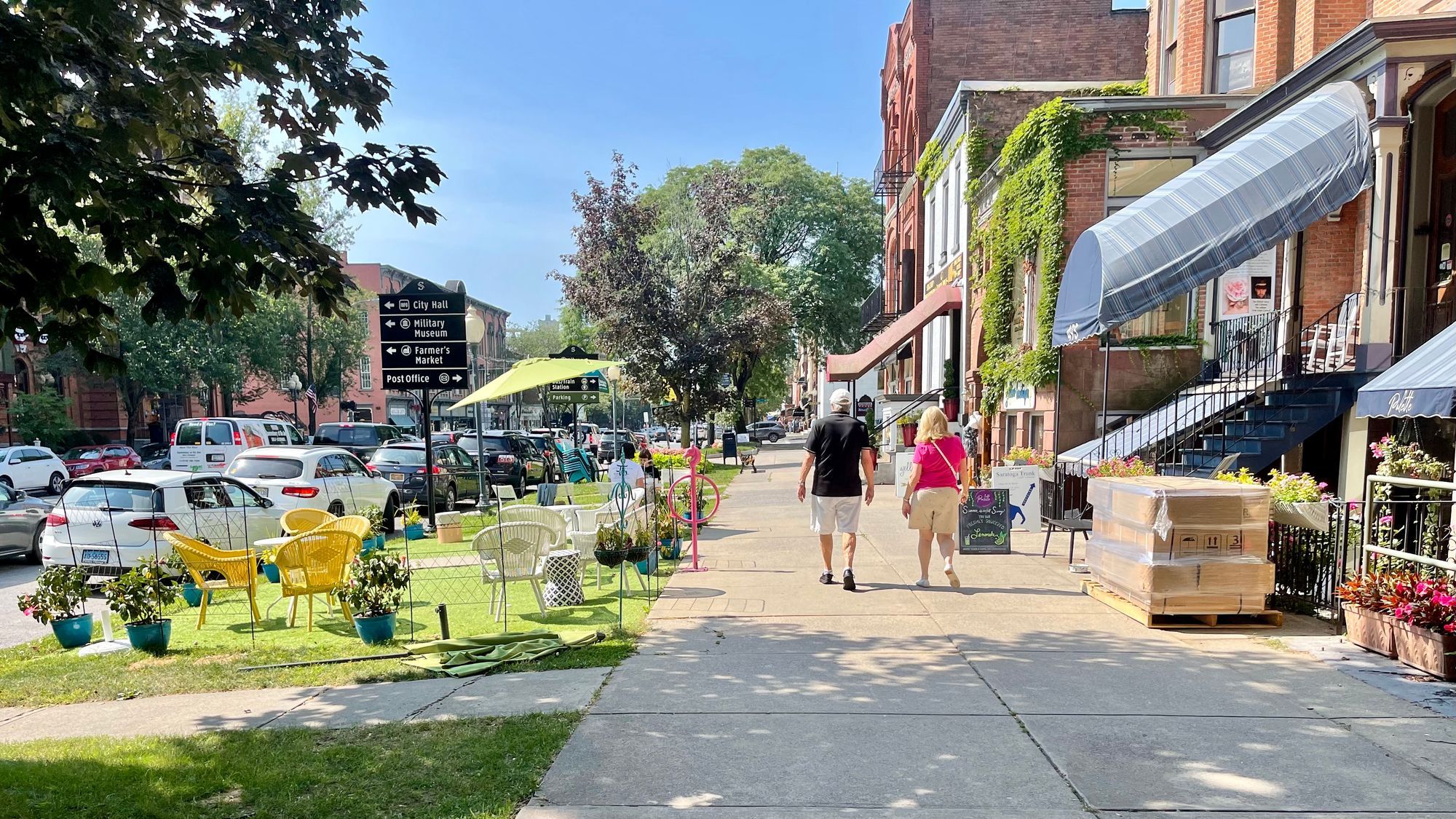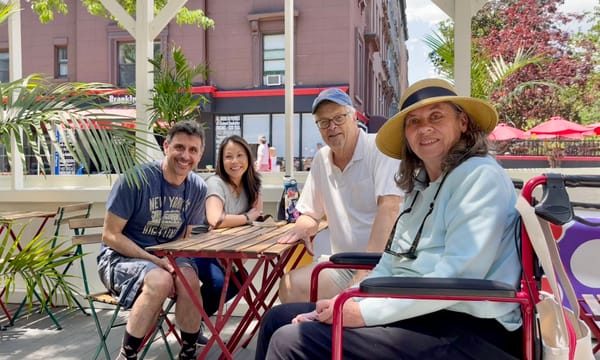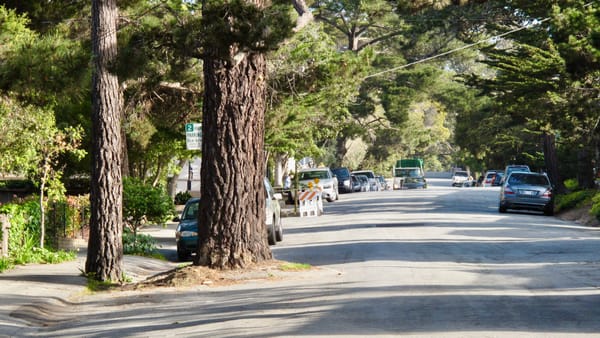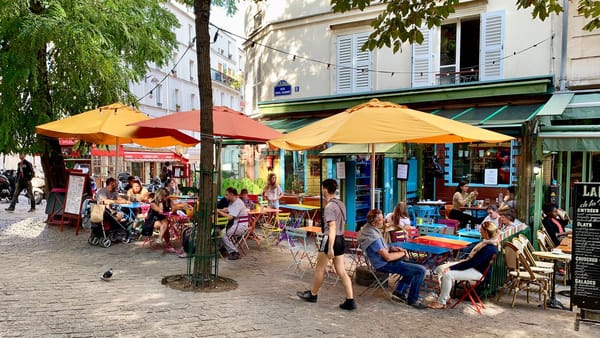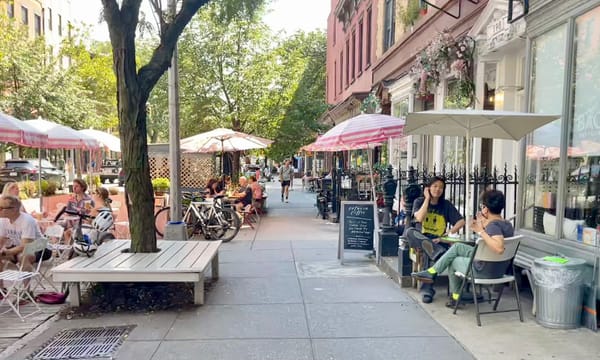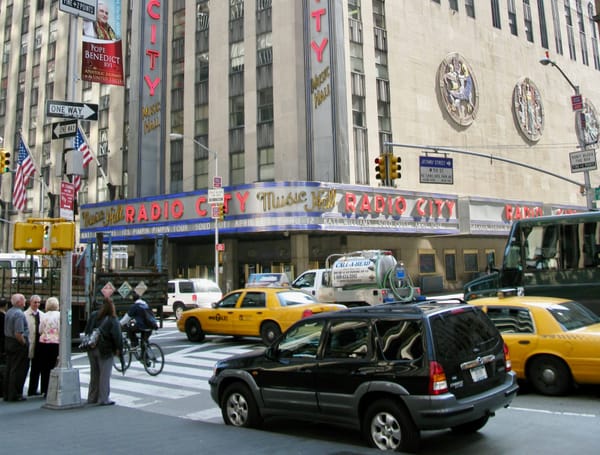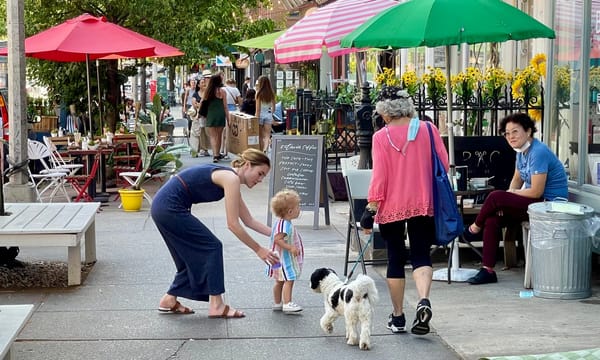Updated: May 2023
Sidewalks are the last considered and least understood of public spaces, yet they are the foundation of social life.
People often just accept sidewalks as they are, which means that changing them has no constituency. While intersections belong to the traffic engineers, the sidewalks do not. There is no profession responsible for the strolling, window shopping, or cafe/restaurant life of a city. Since sidewalks are the channel through which social life flows, they belong to the community, and we need to care very much about the kind of behaviors they support or discourage.
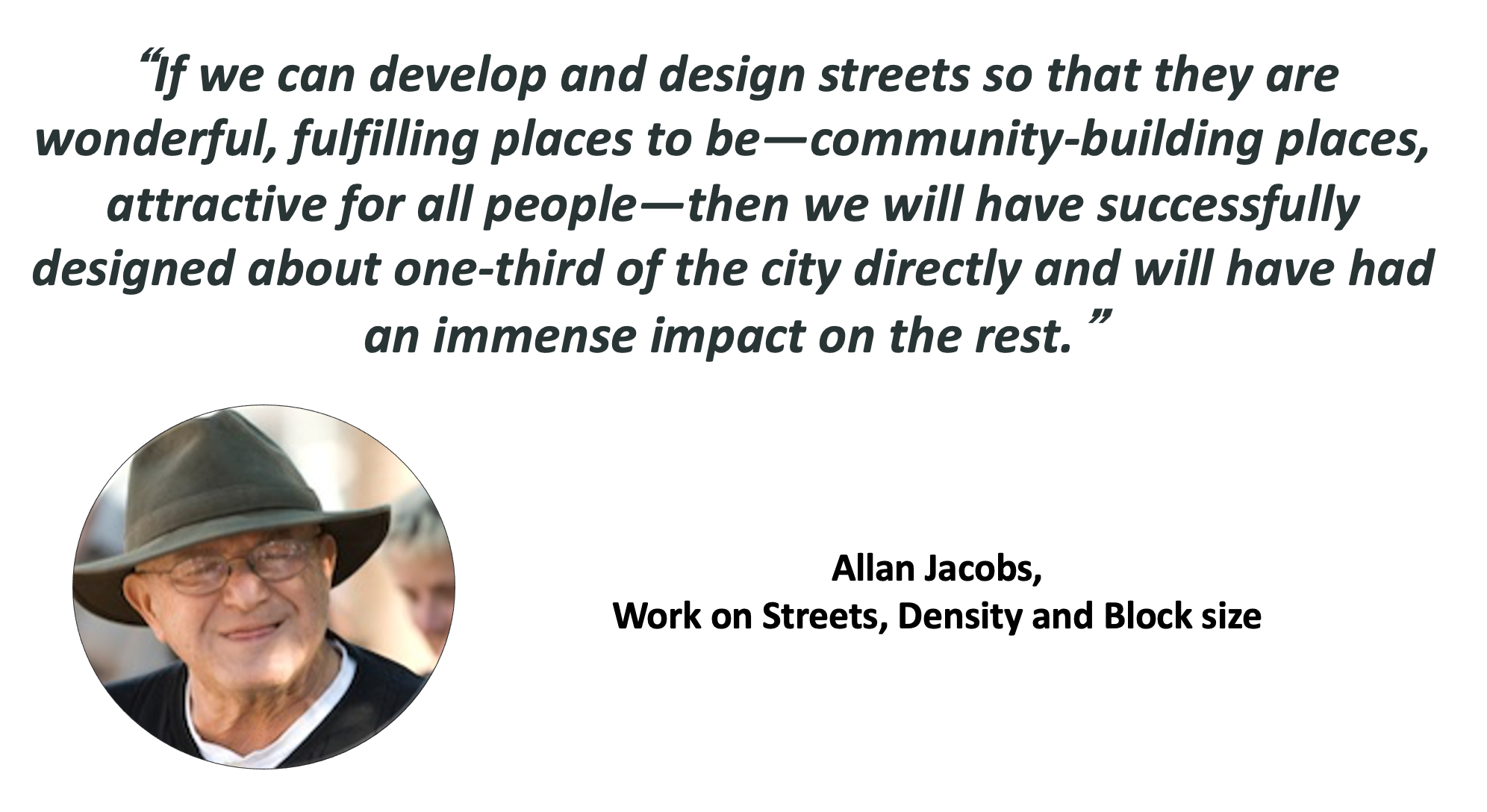
In a new post, we wrote an article about the best and worst intersections in Delray Beach, Florida. It illustrates the stark difference between an intersection designed only for cars and an intersection that thrives because it is made to be shared by both people and vehicles. In such an intersection, the sidewalks are bustling with activity because cars drive slow, making people feel safe and comfortable being out and about close to them.
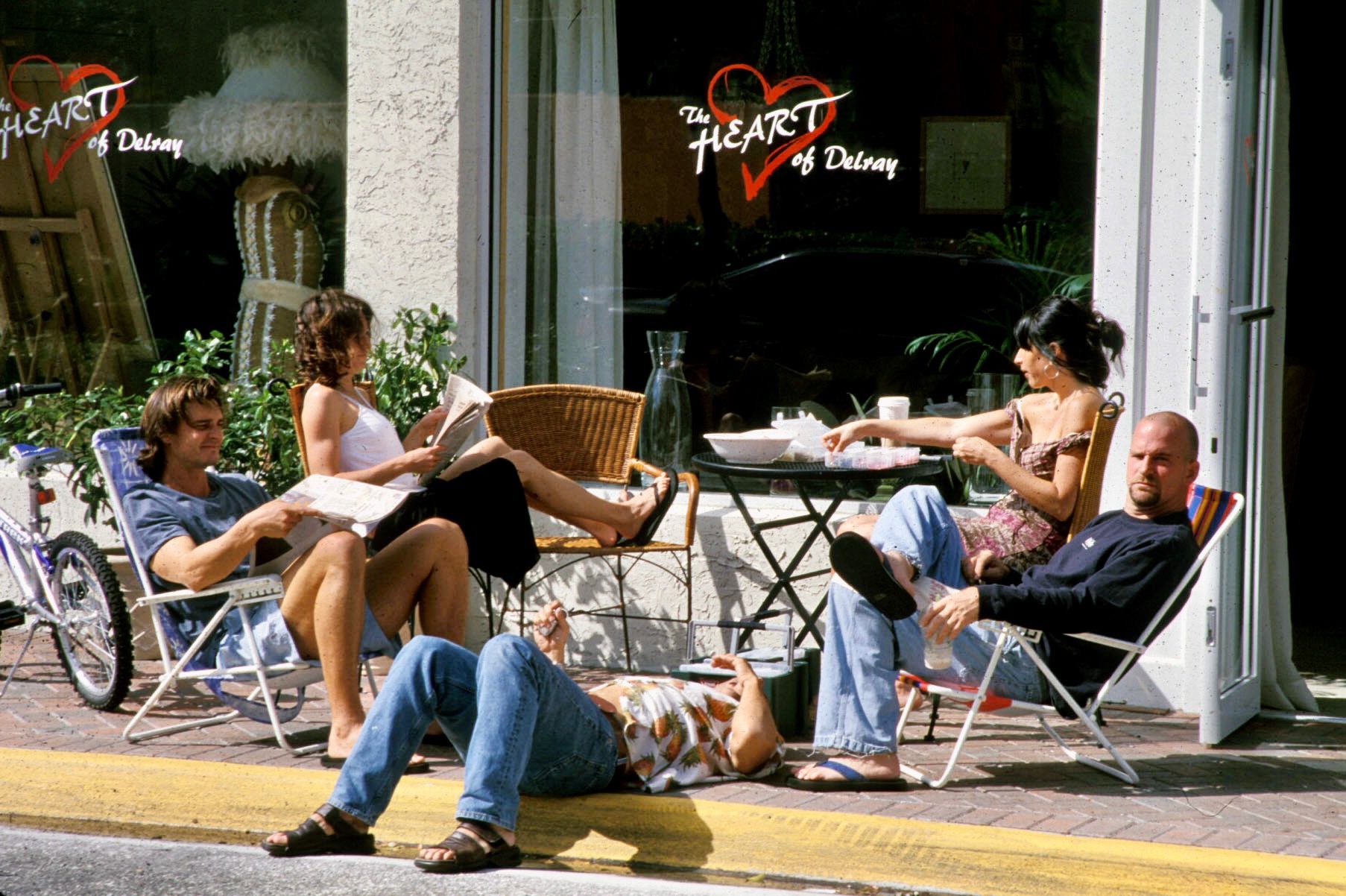
How One City is Getting Sidewalks Right
Sidewalks hold up our shared social infrastructure, connect destinations, and provide routes for us to move through our communities. They foster a rich street life, as described by William H. Whyte: "Rich street life is no frill. It is an expression of the most ancient function of a city—a place for people to come together, all kinds of people, face-to-face."
If sidewalks seem simple to you, you'd be right in some ways: The best sidewalks share certain straightforward traits that make them feel like welcoming, accessible, and socially active places. But the sheer variety of sidewalks means that there is always something to learn from them. And perhaps the fact that the sidewalks in so many communities are lacking means that getting them right is not as obvious as it might appear.
Saratoga Springs is thriving because its main street and most neighborhoods have a set of ingredients that spark social life, many of which can be found on the sidewalks.
Main Street - Saratoga Springs, New York
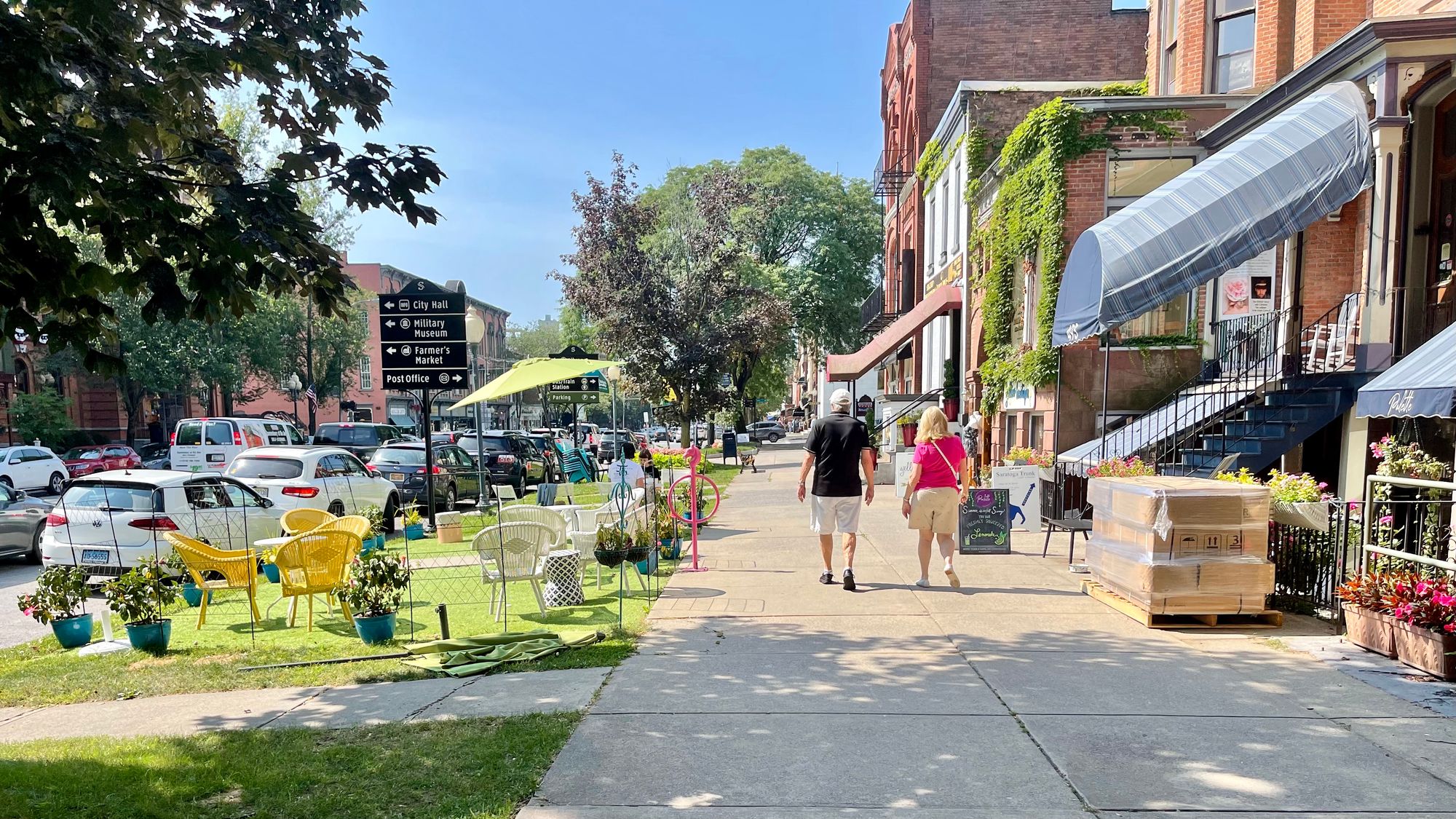
We recently returned to Saratoga Springs for the first time in many years. We were incredibly impressed with the vibrant Main Street, which also happens to serve as a state road and has a lot of traffic. Wide sidewalks make this juxtaposition possible.
Because of their width, people can stick to walking closer to the buildings than the street, meaning that one's path is well-removed from the road. This is helped by the fact that pedestrians are also separated from the street by grass, a planter, a large tree for shade, or (in some cases) an actual plaza in front of each property. In many parts of town, café seating is both directly next to the buildings and in the areas between the sidewalk and the streets, creating a double- loaded sidewalk setting.
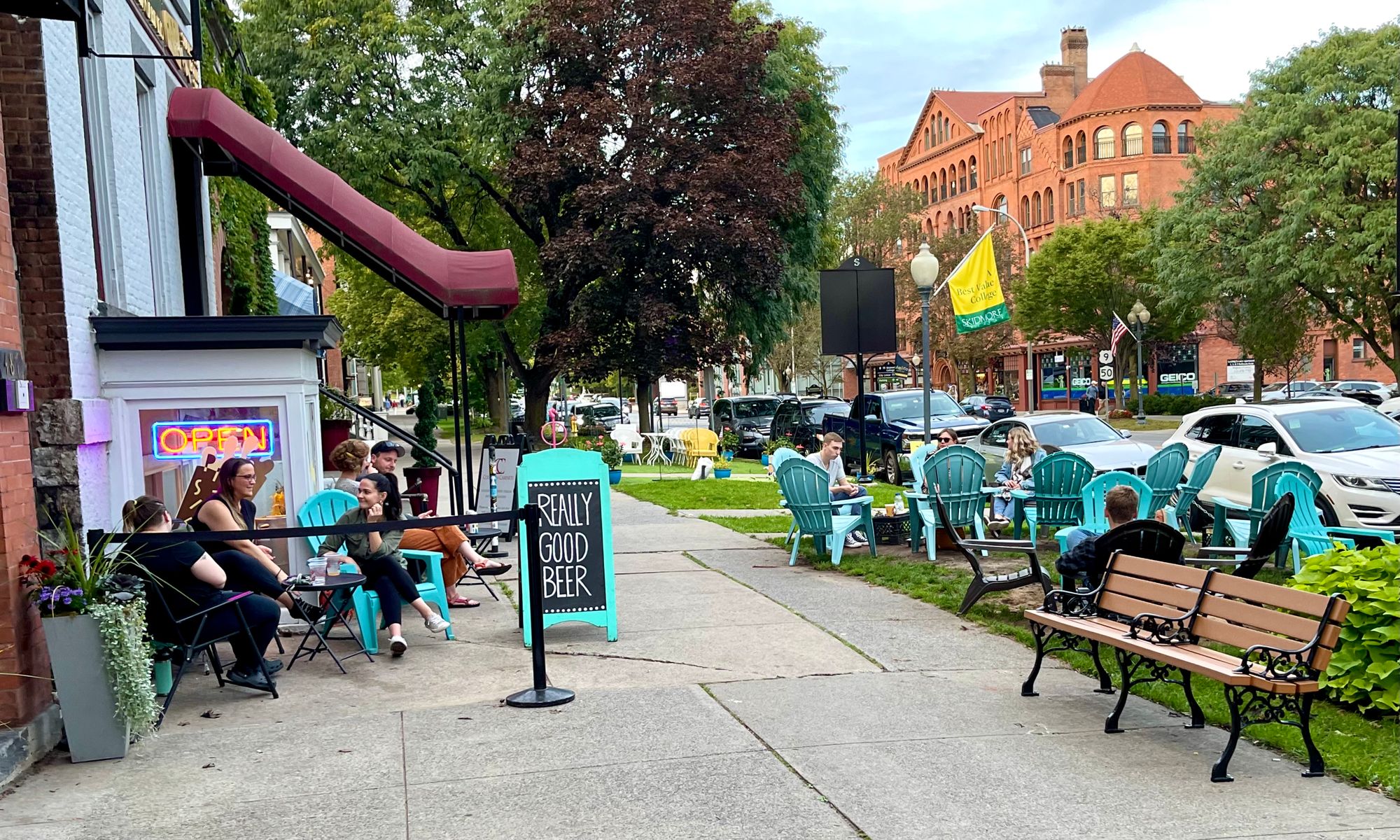
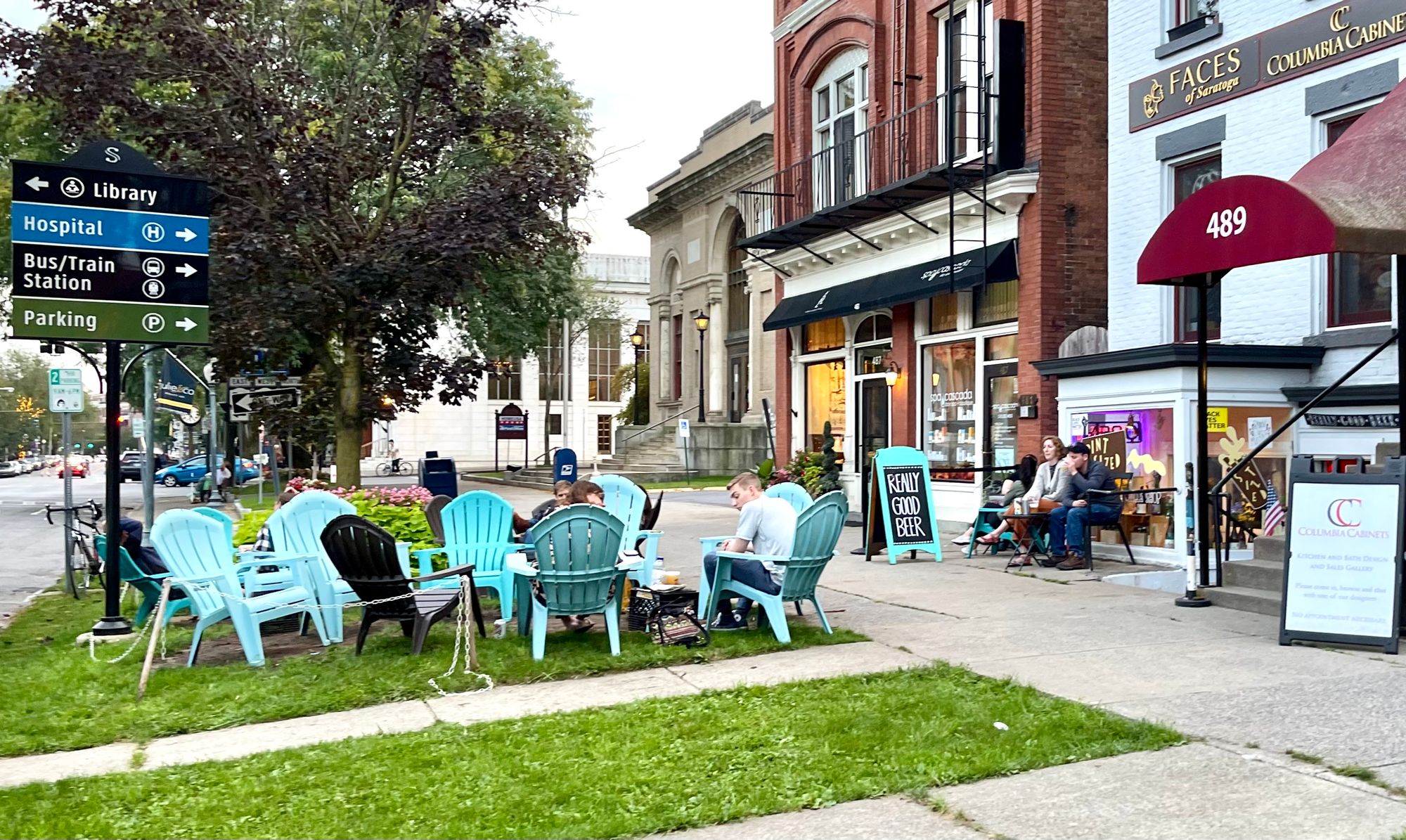
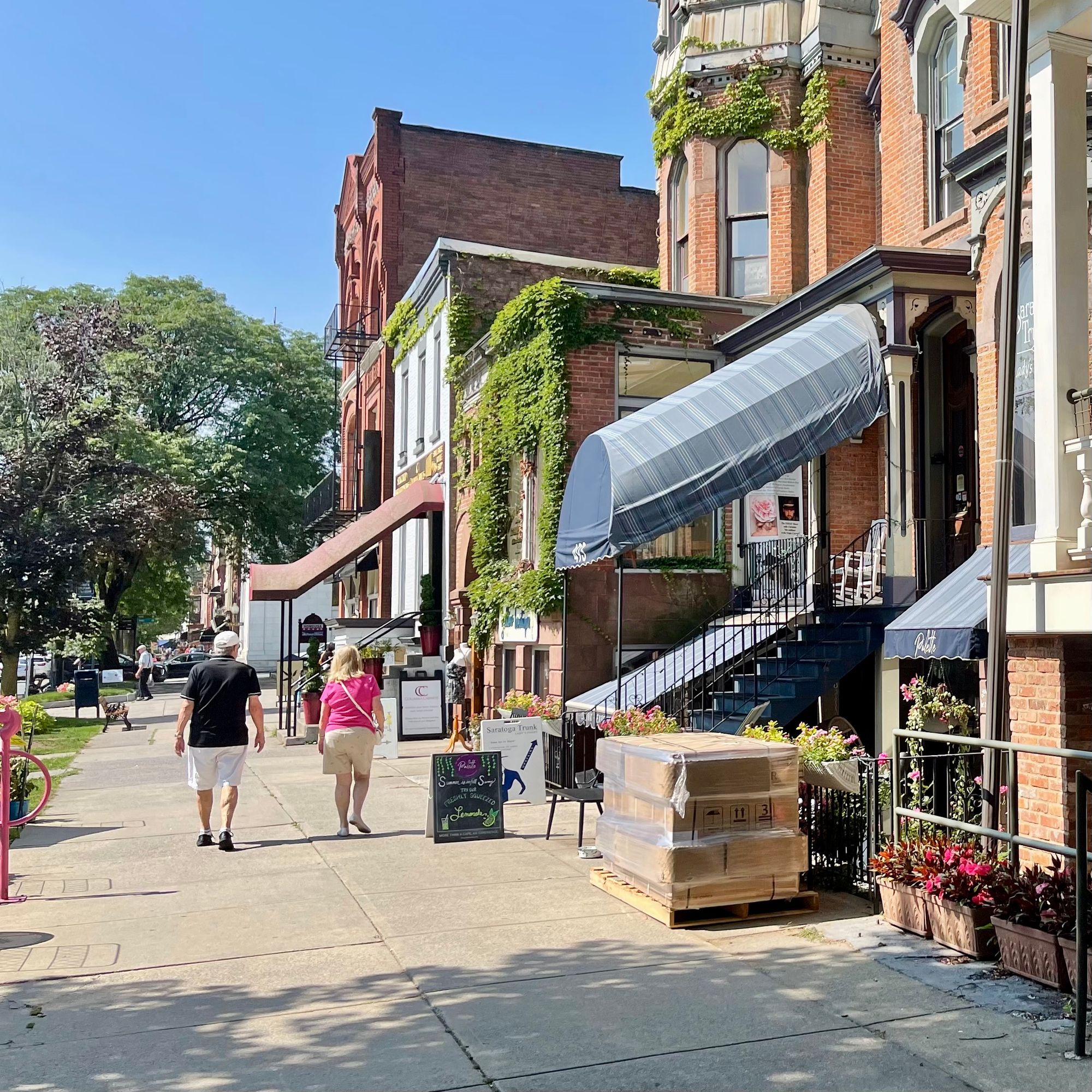
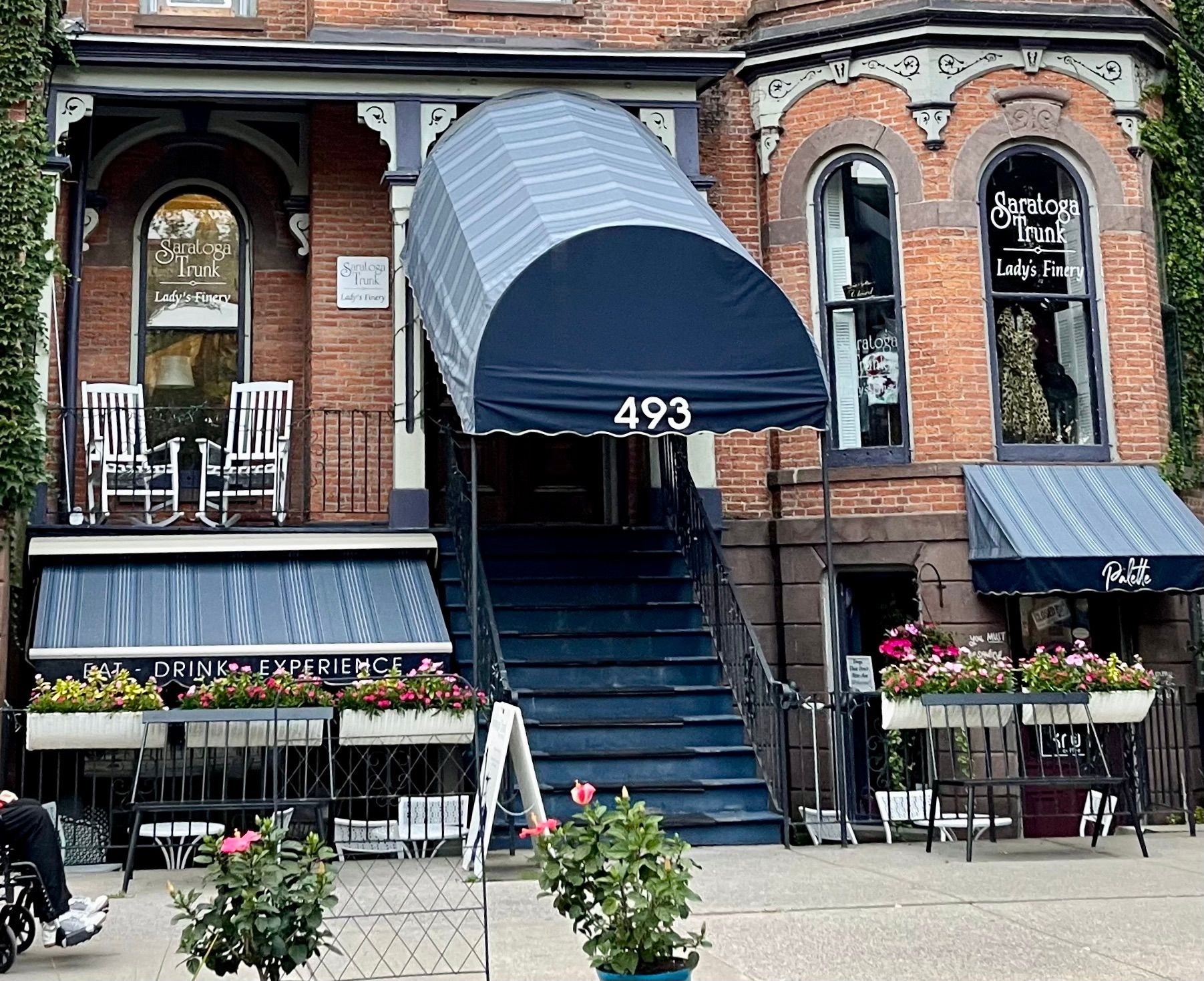
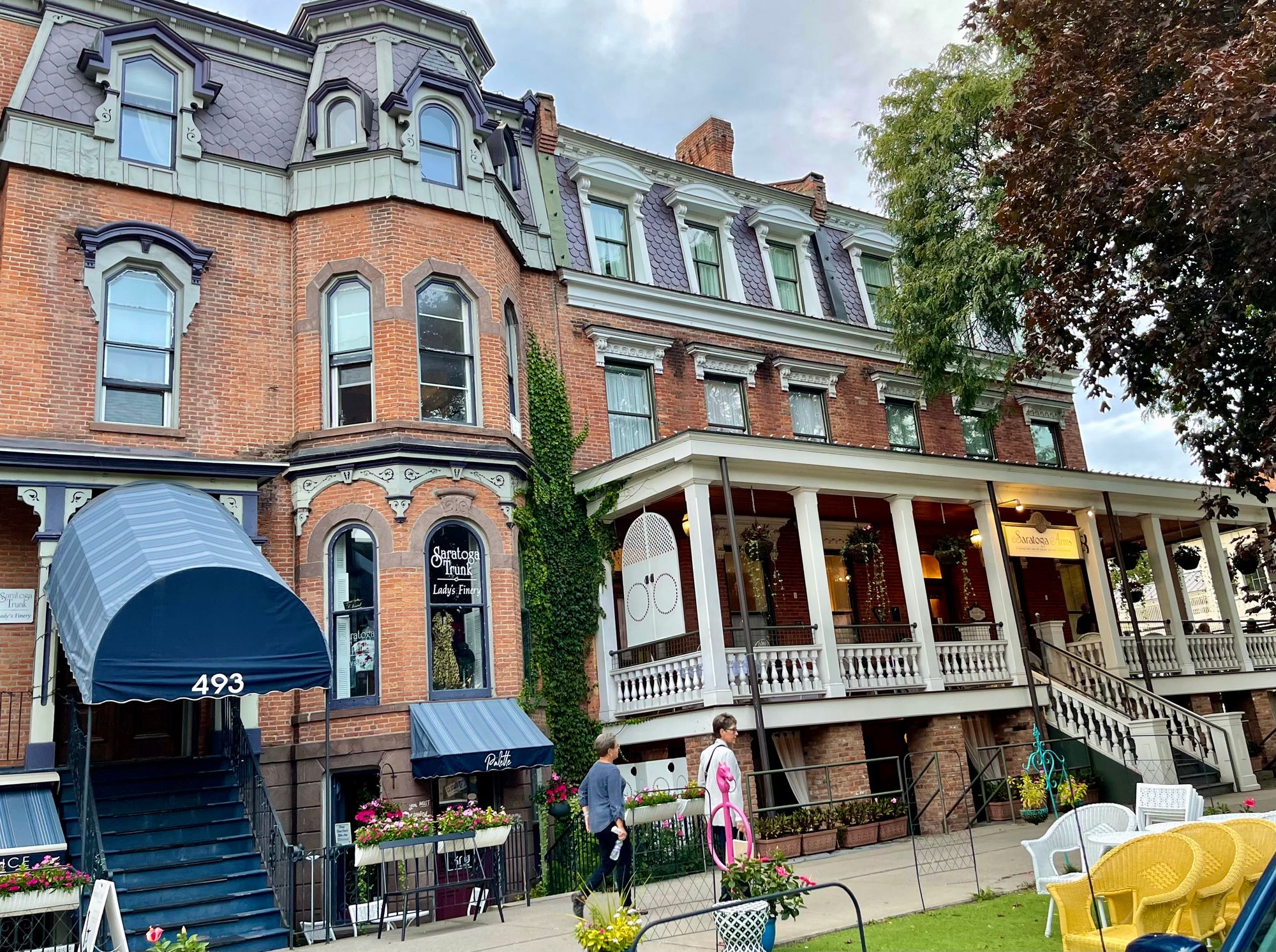
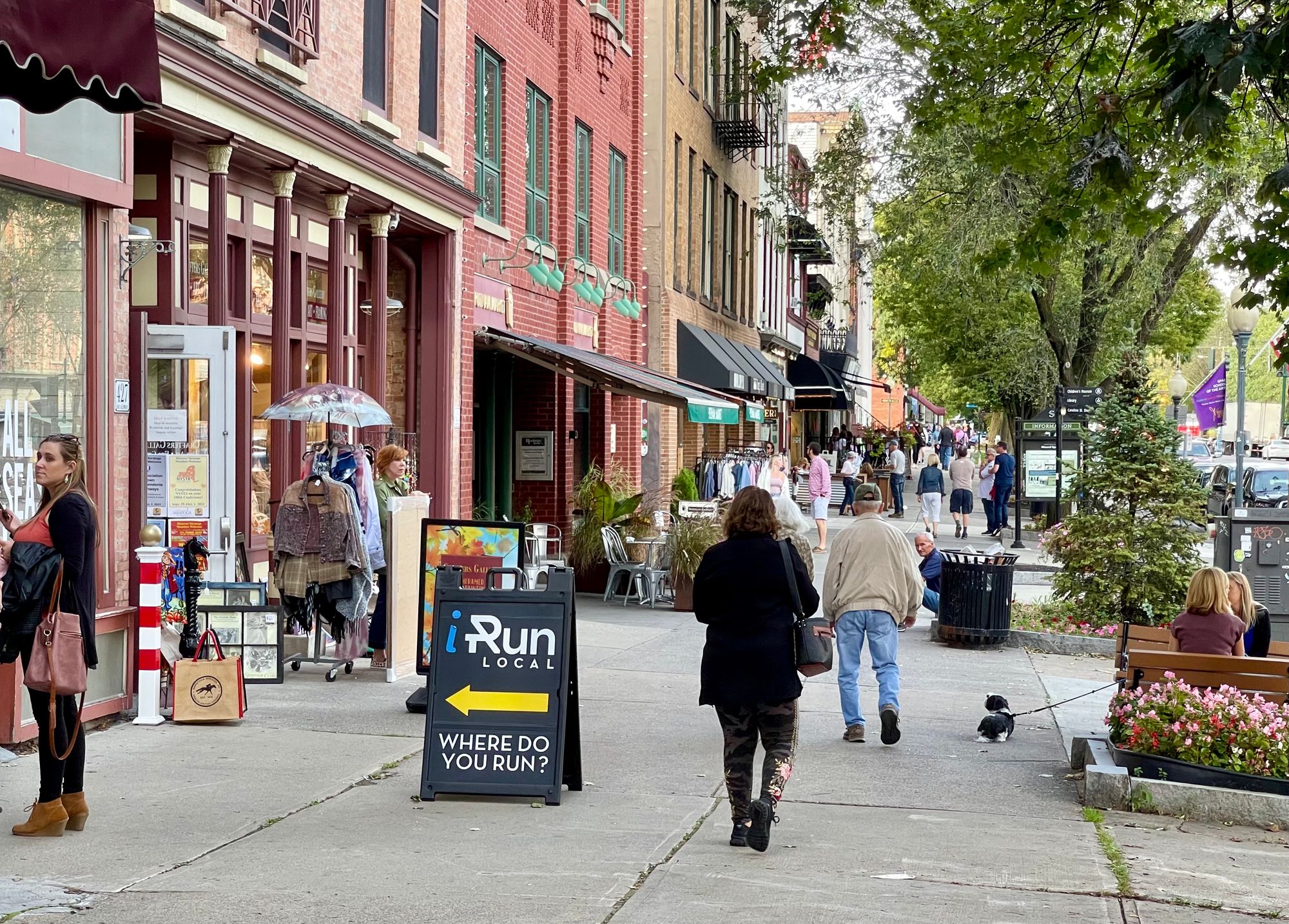
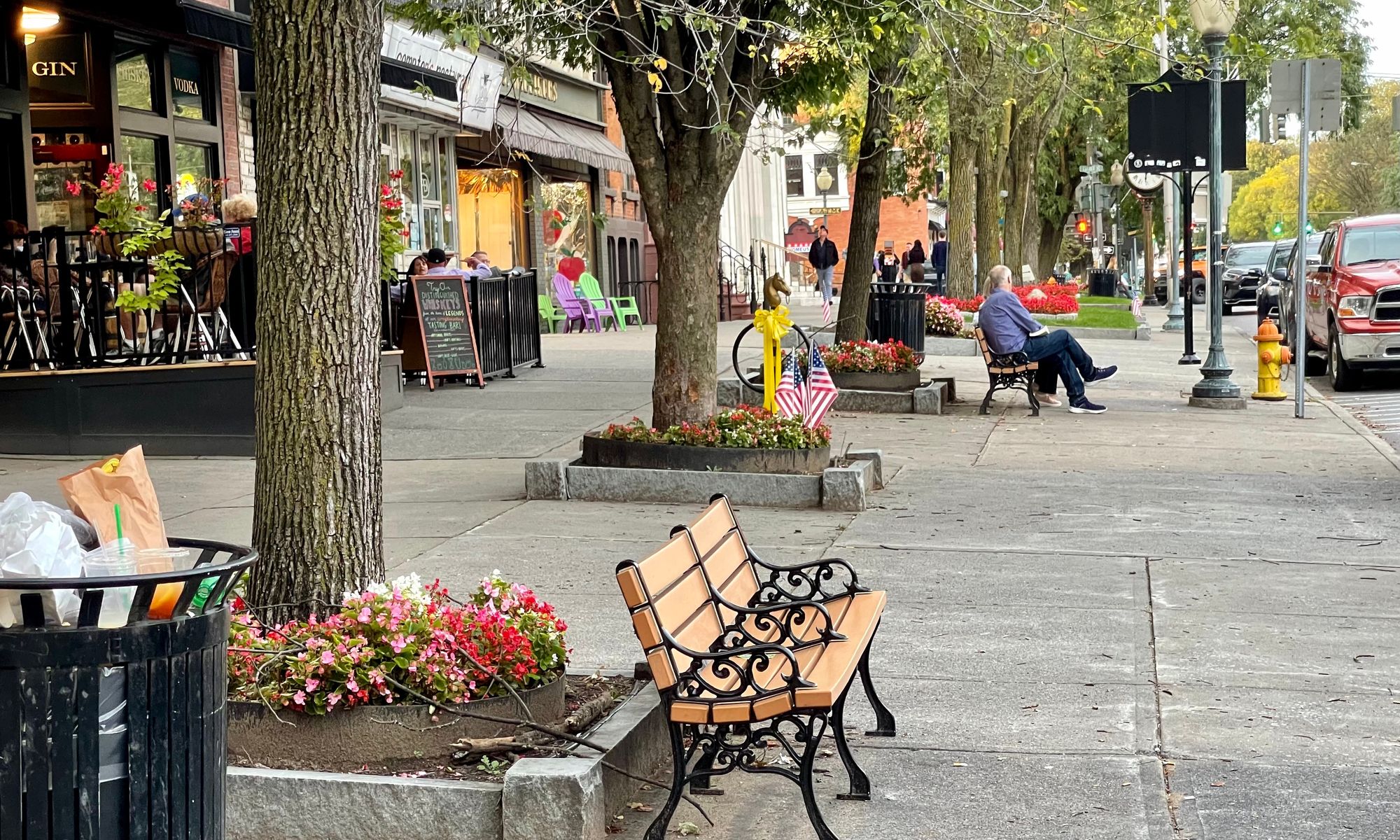
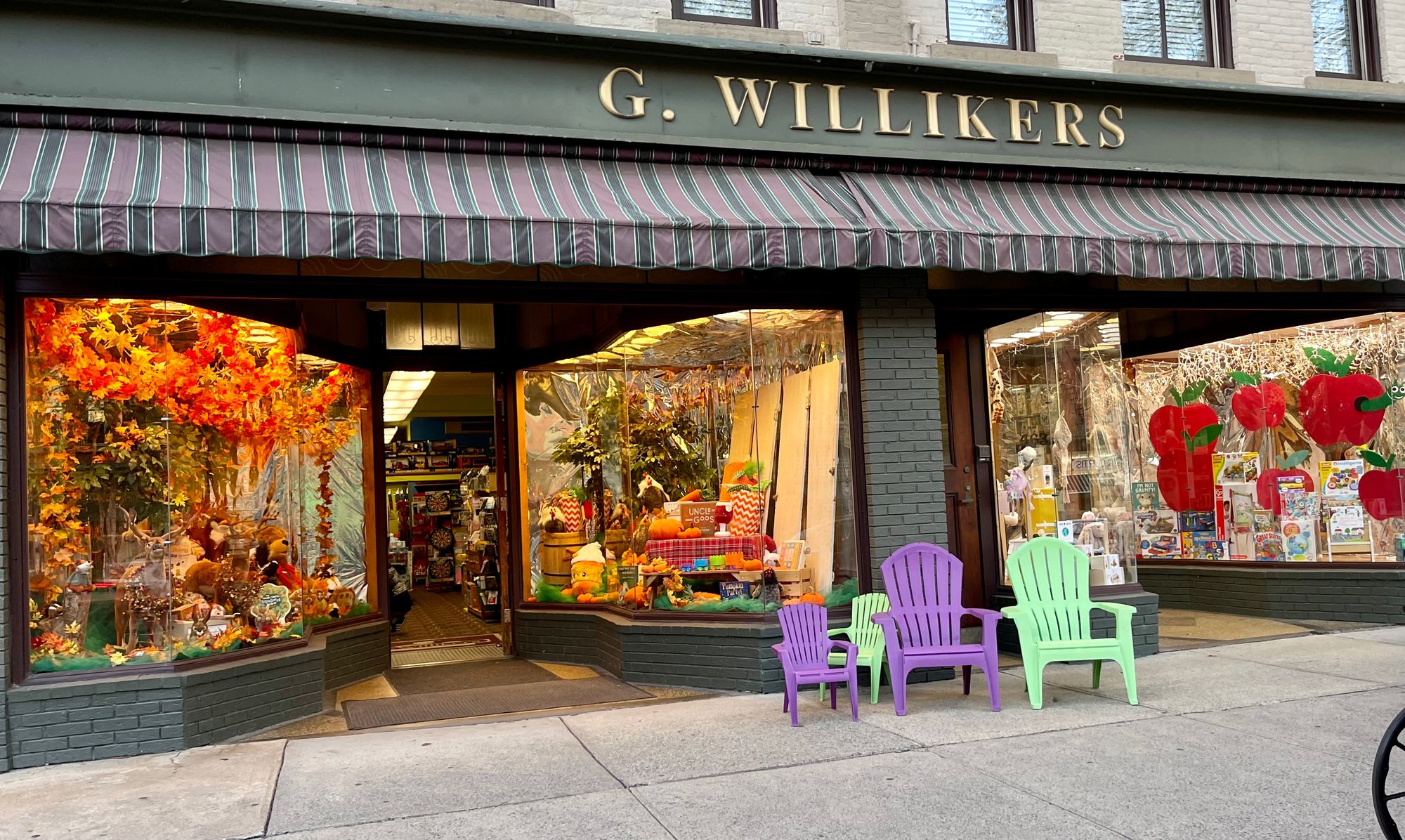
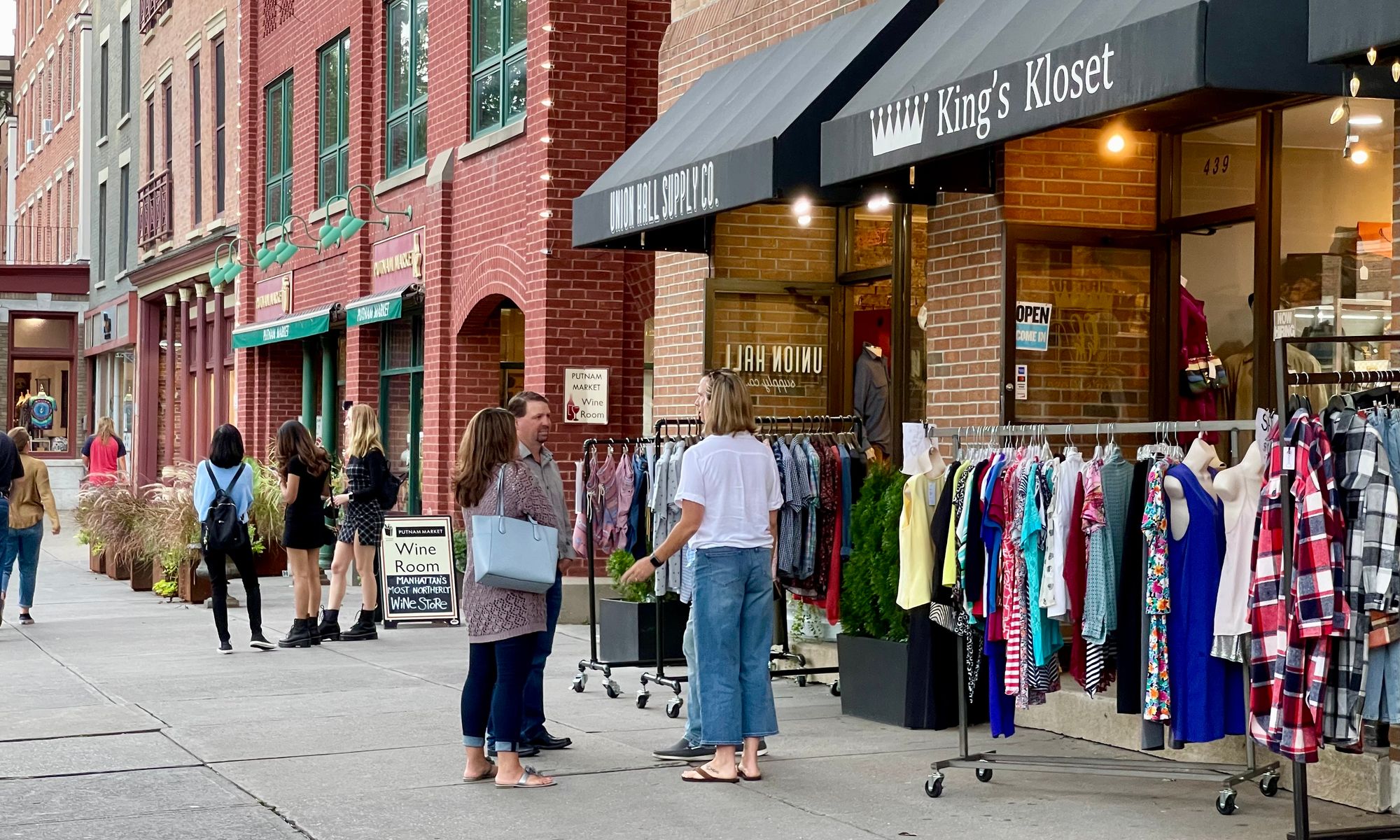
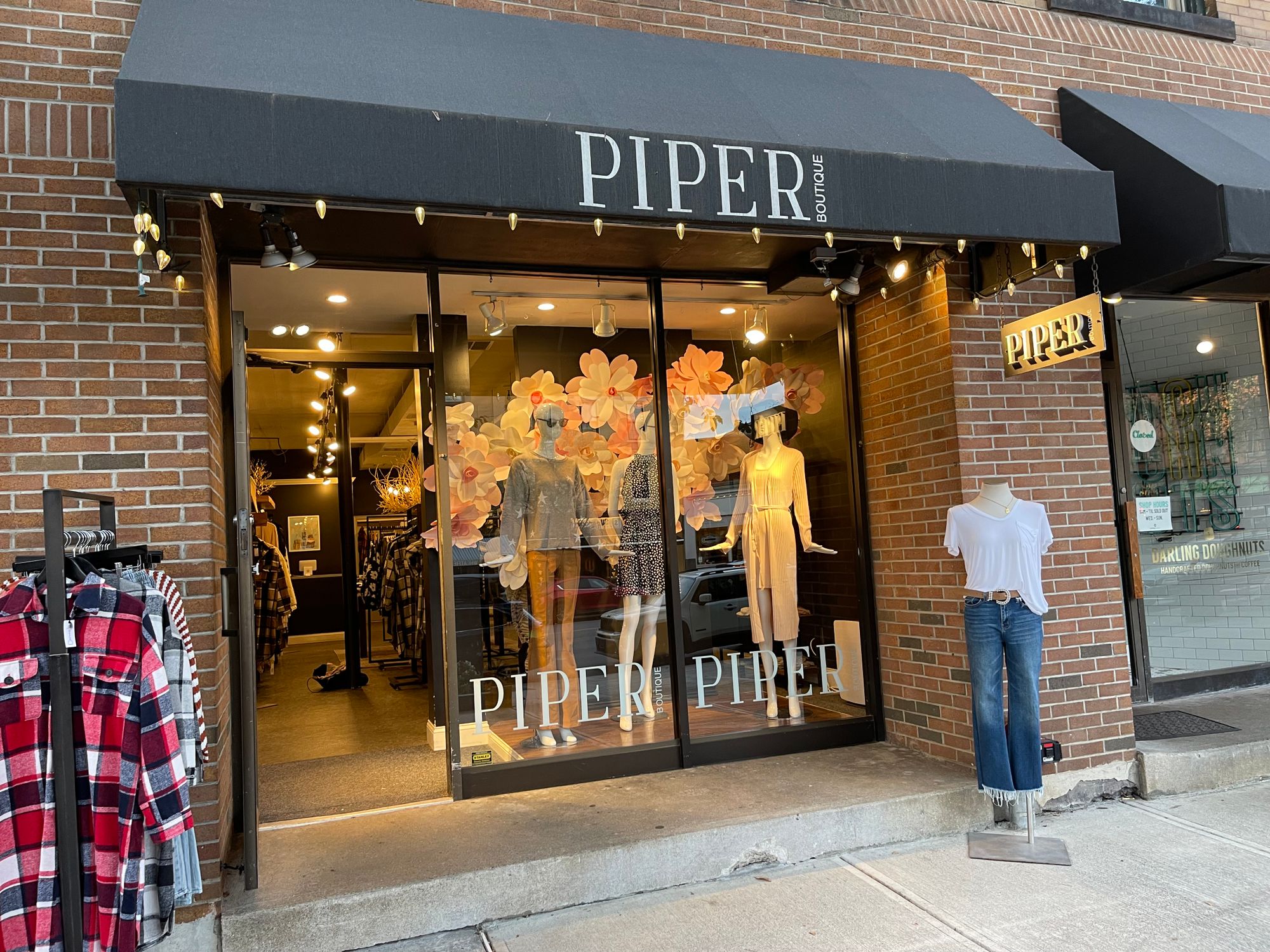
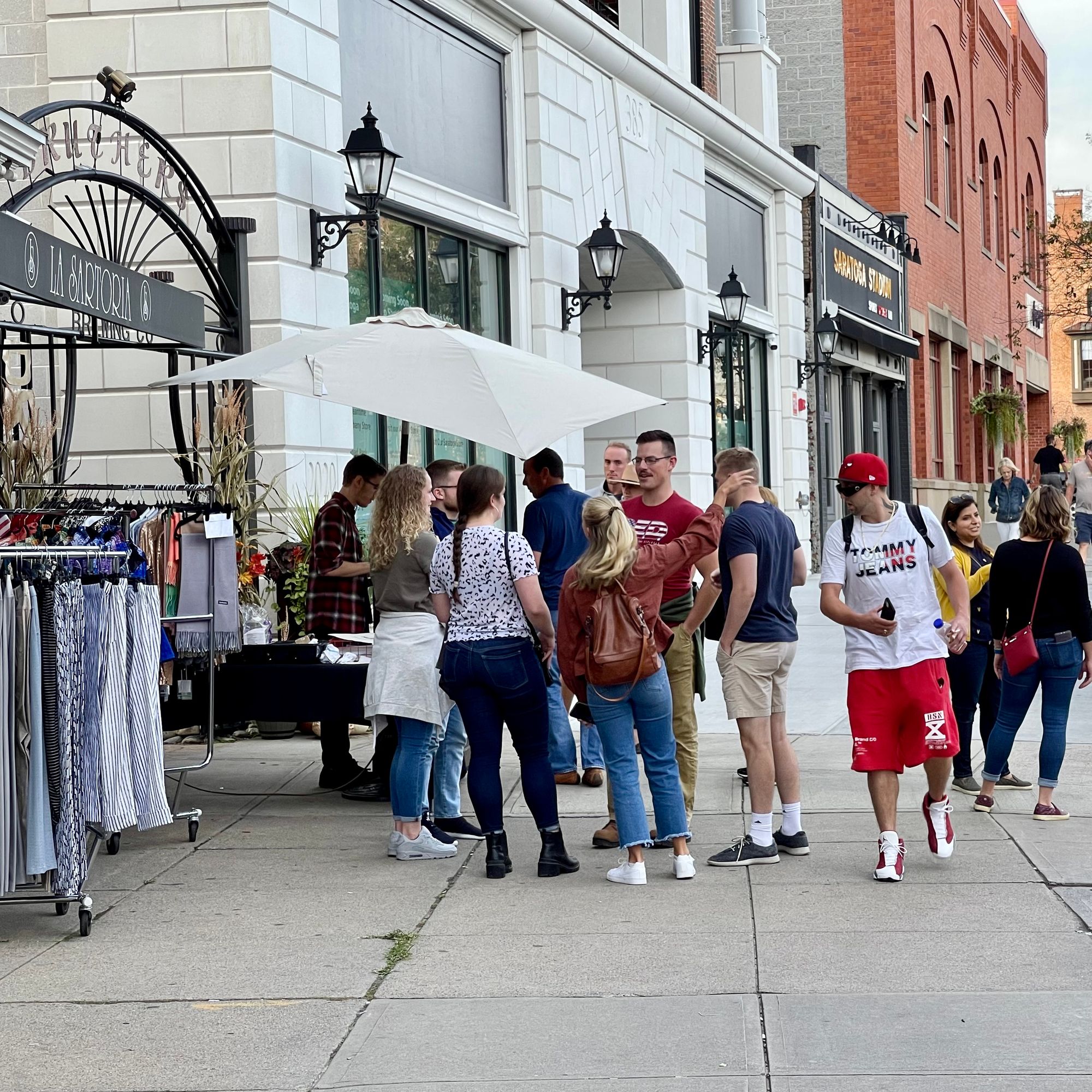
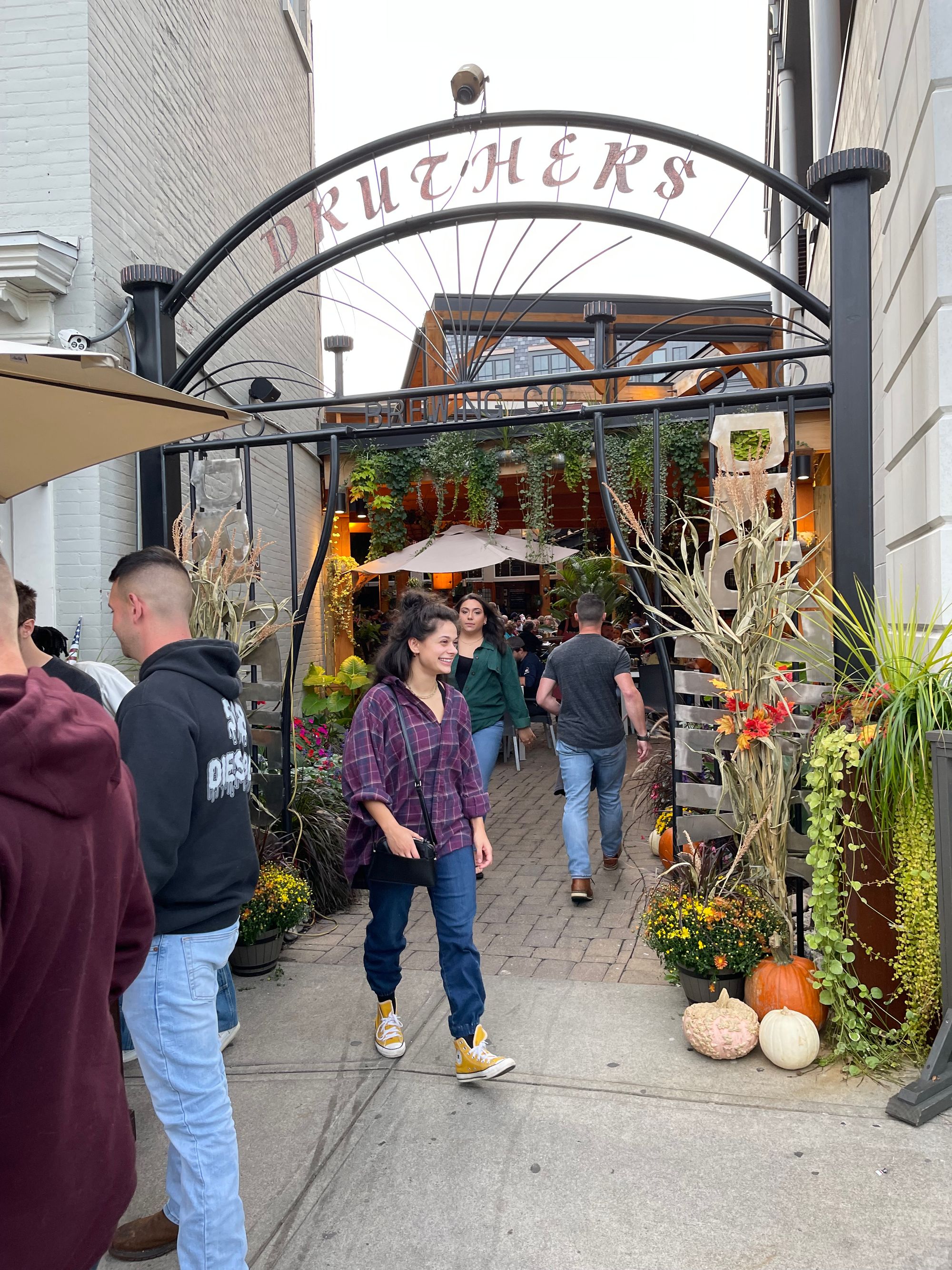
Corners in Saratoga Springs are active, too. Meanwhile, extended block faces with small storefronts create an inviting experience for pedestrians passing through.
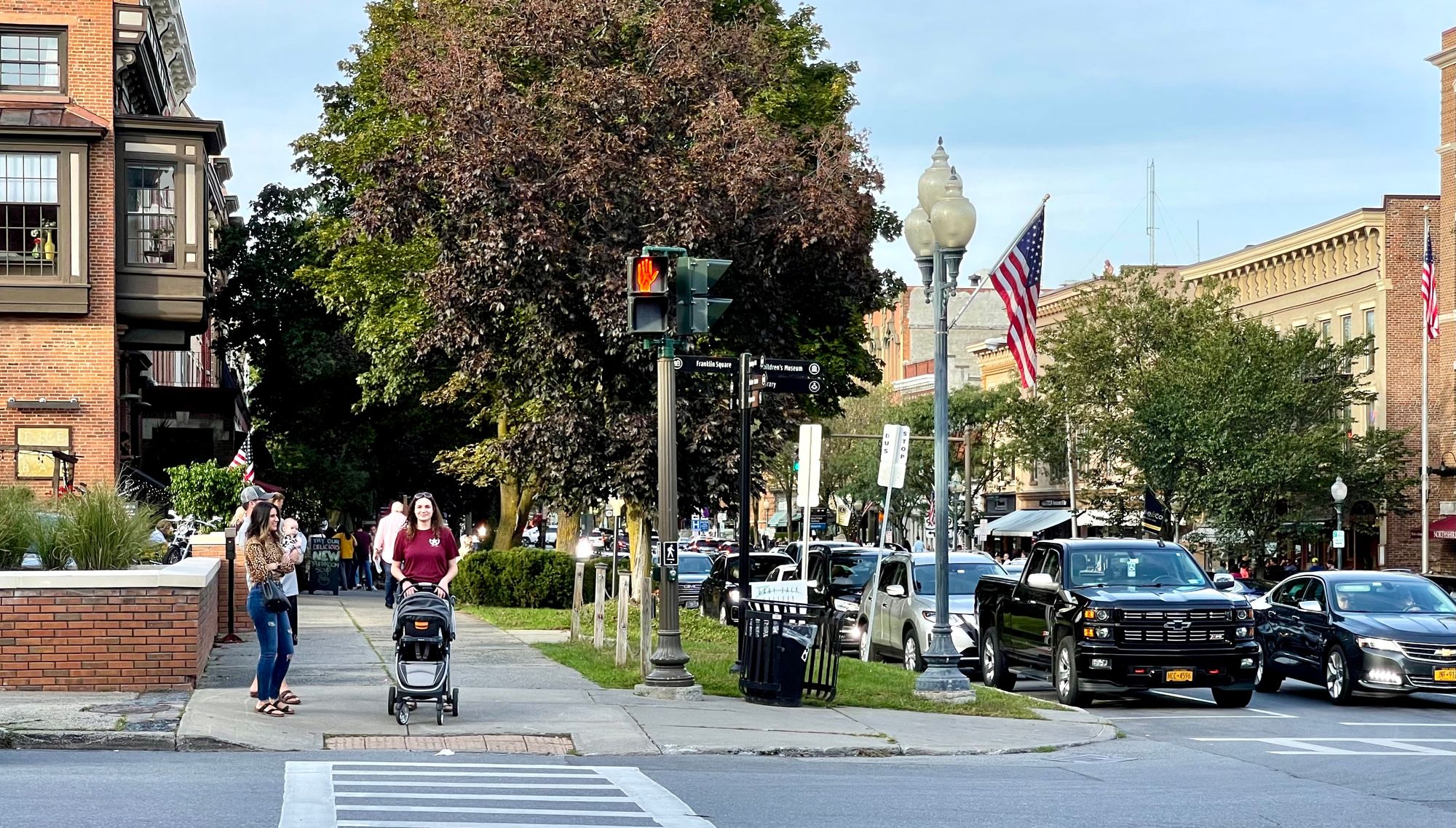
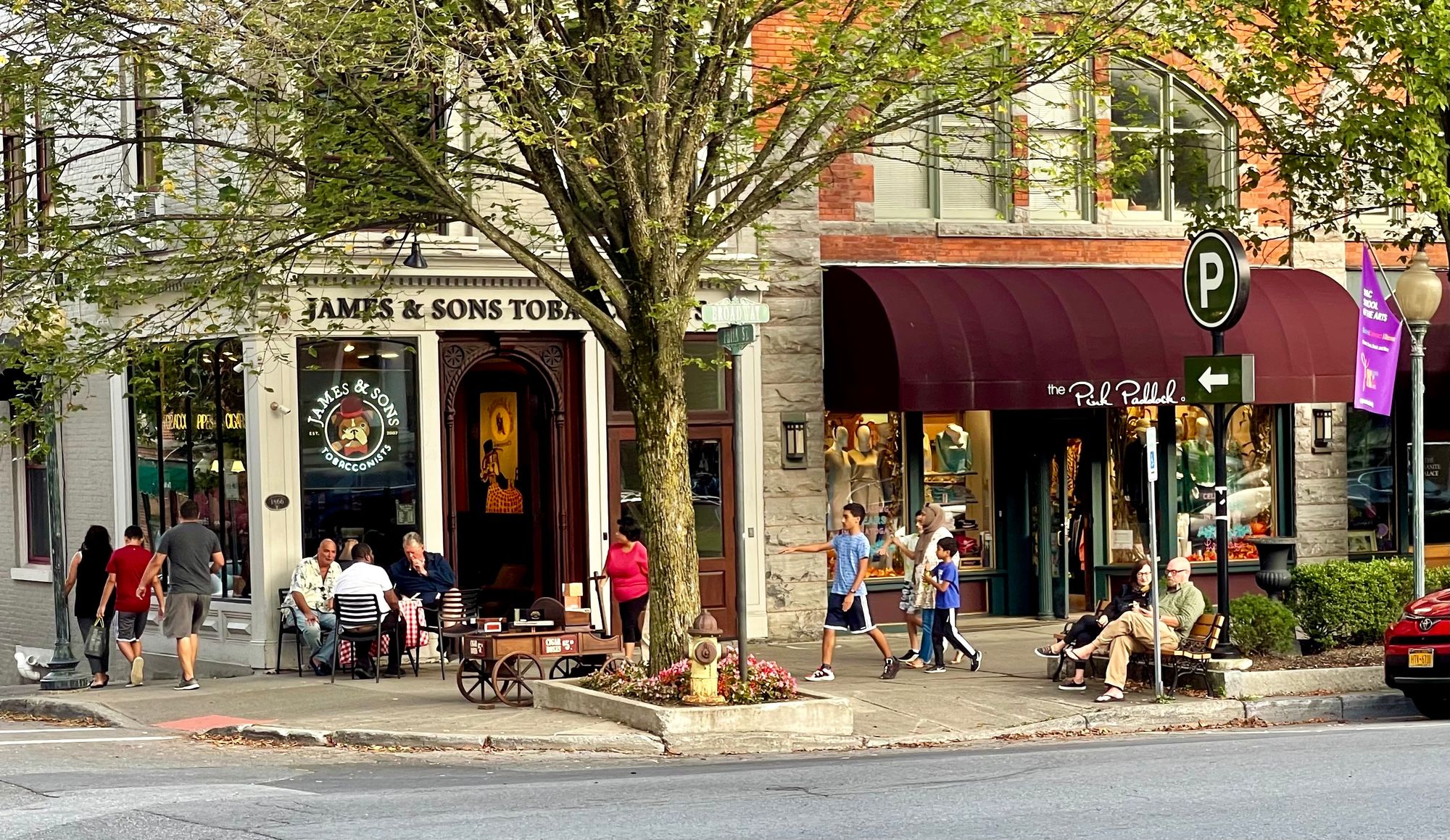
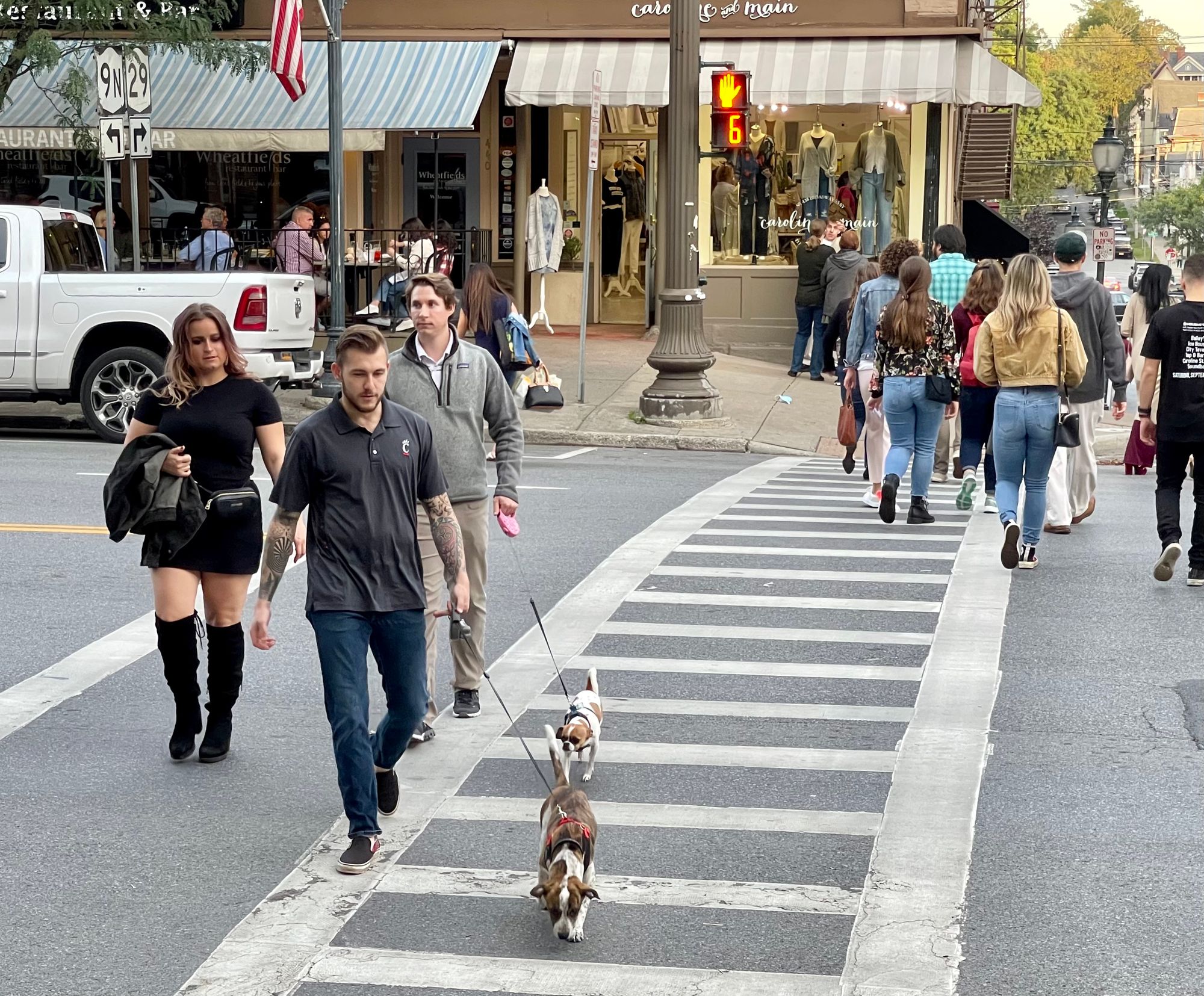
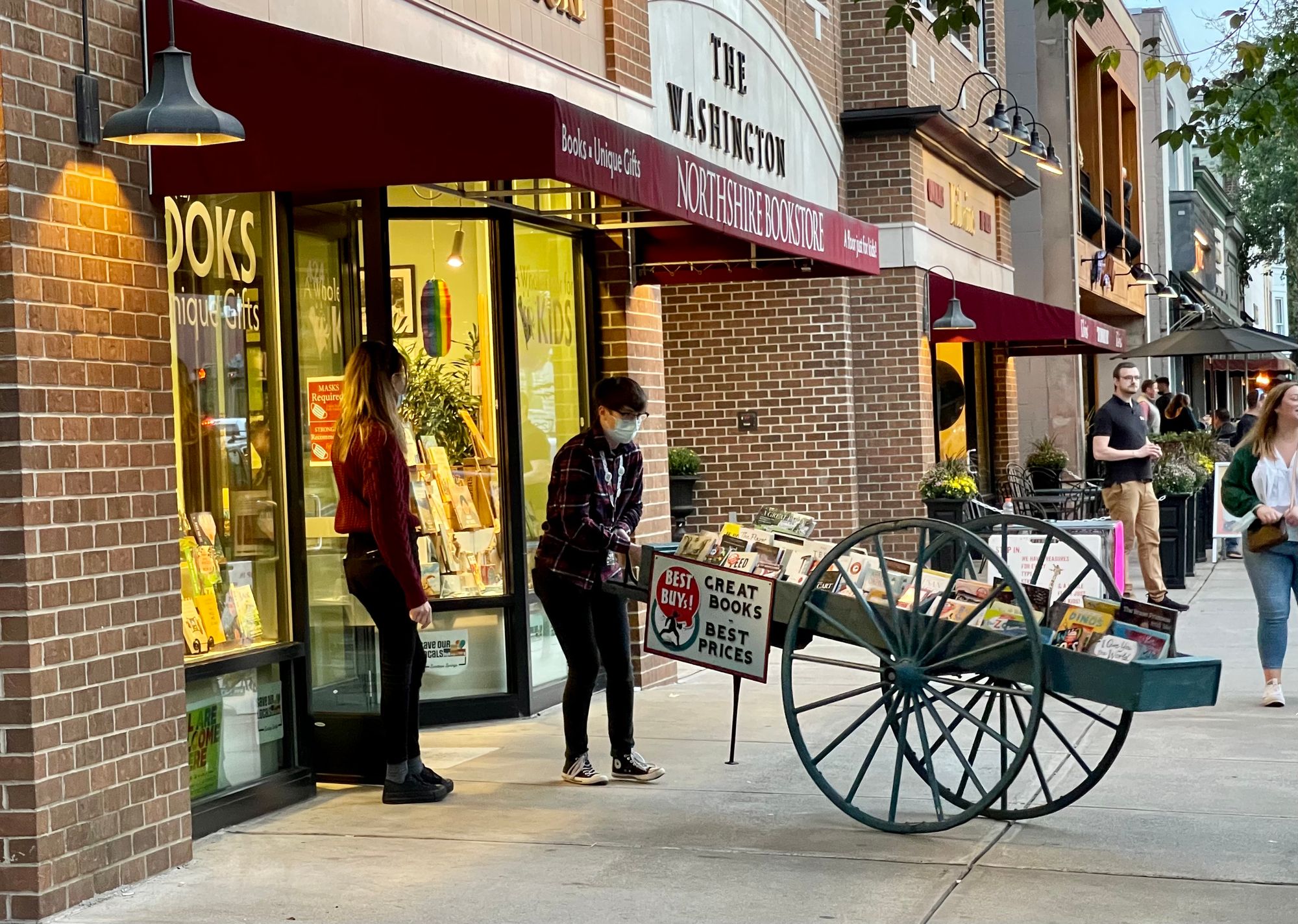
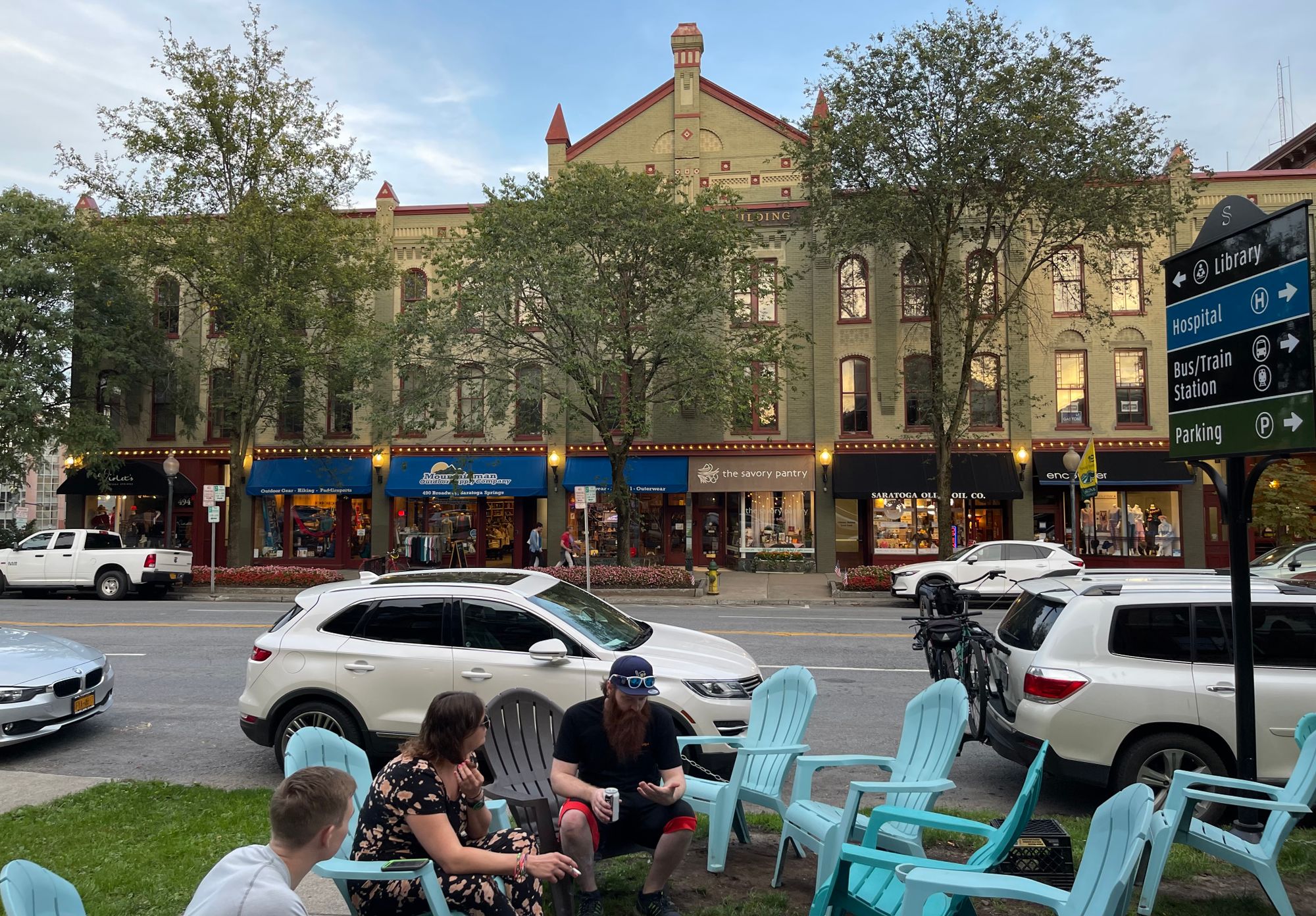
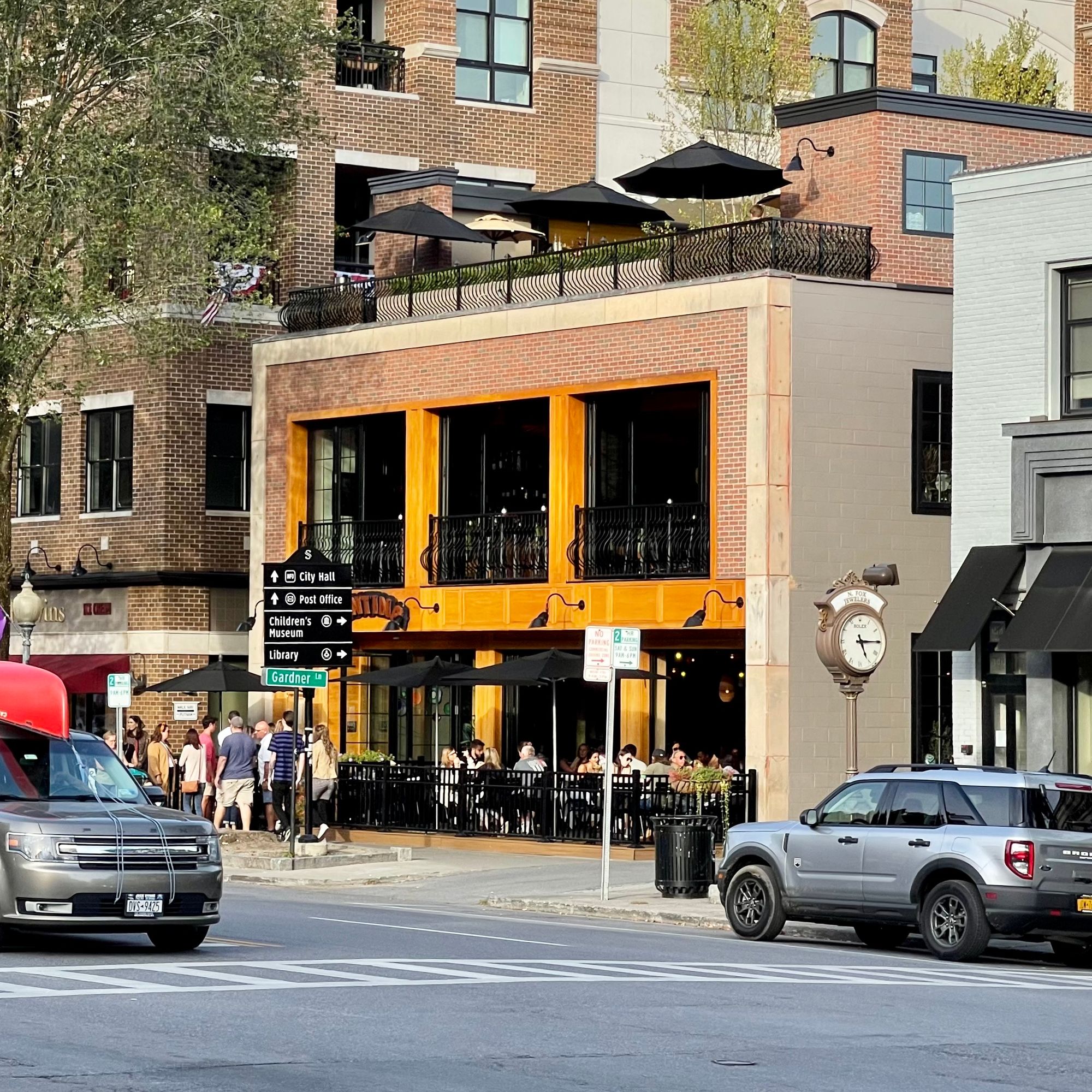
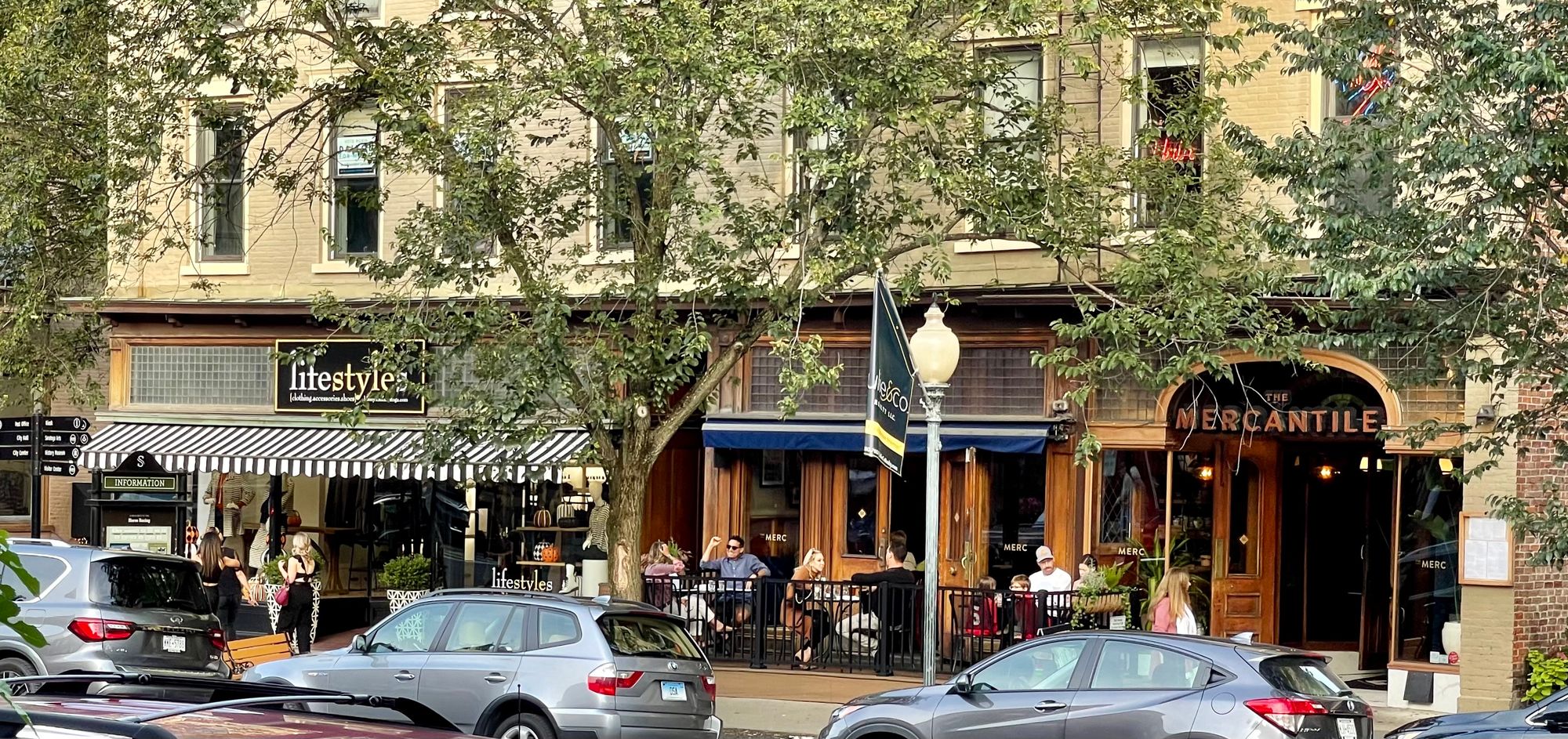
As mentioned, this all adds up to the perfect example of a double-loaded sidewalk where interesting things to do and see can be found on both sides. The car activity on the street is kept out of the way of pedestrians, who can focus on other things rather than the rush and noise of traffic. It is safe for people of all ages, and children can roam freely.
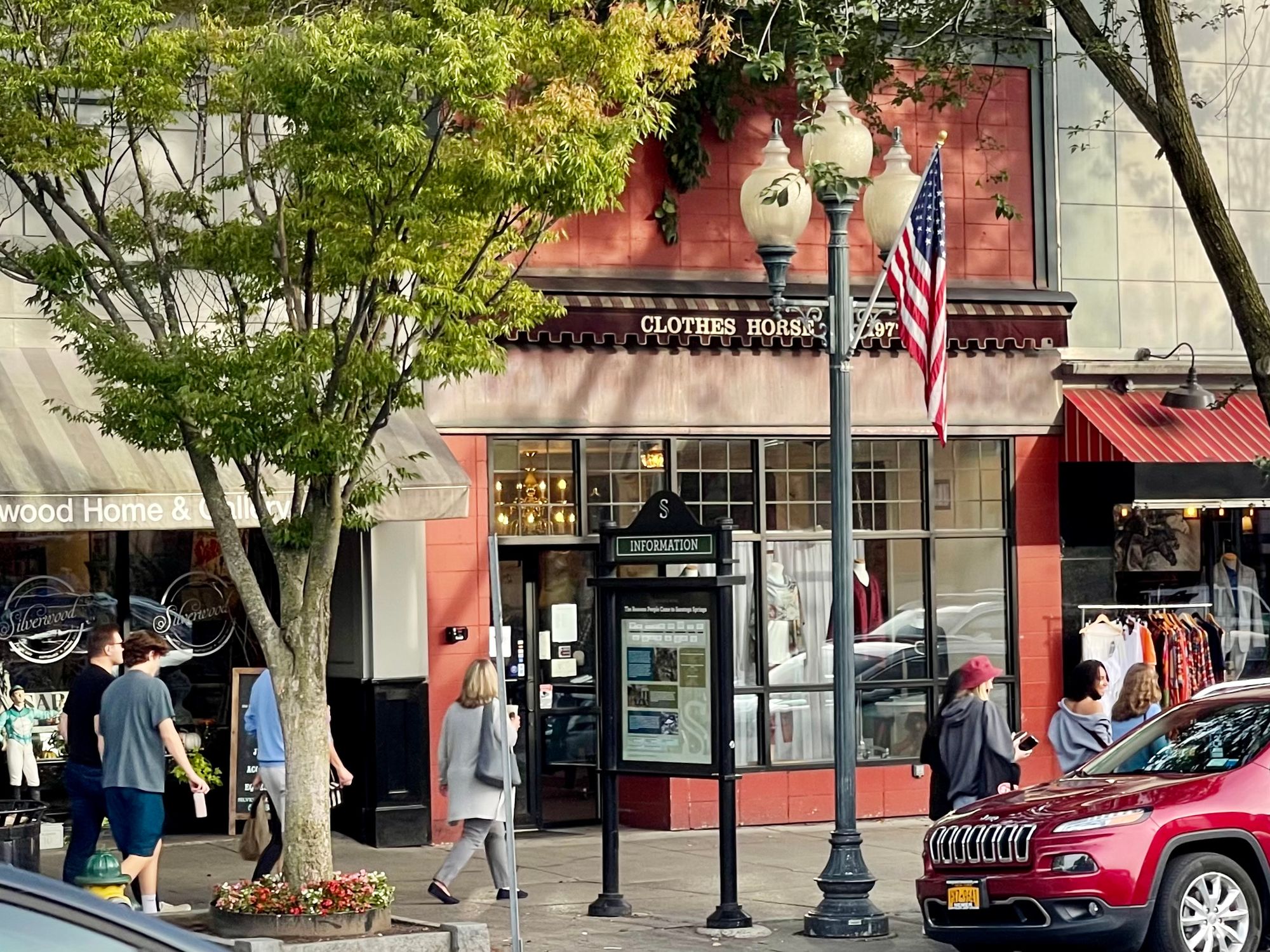
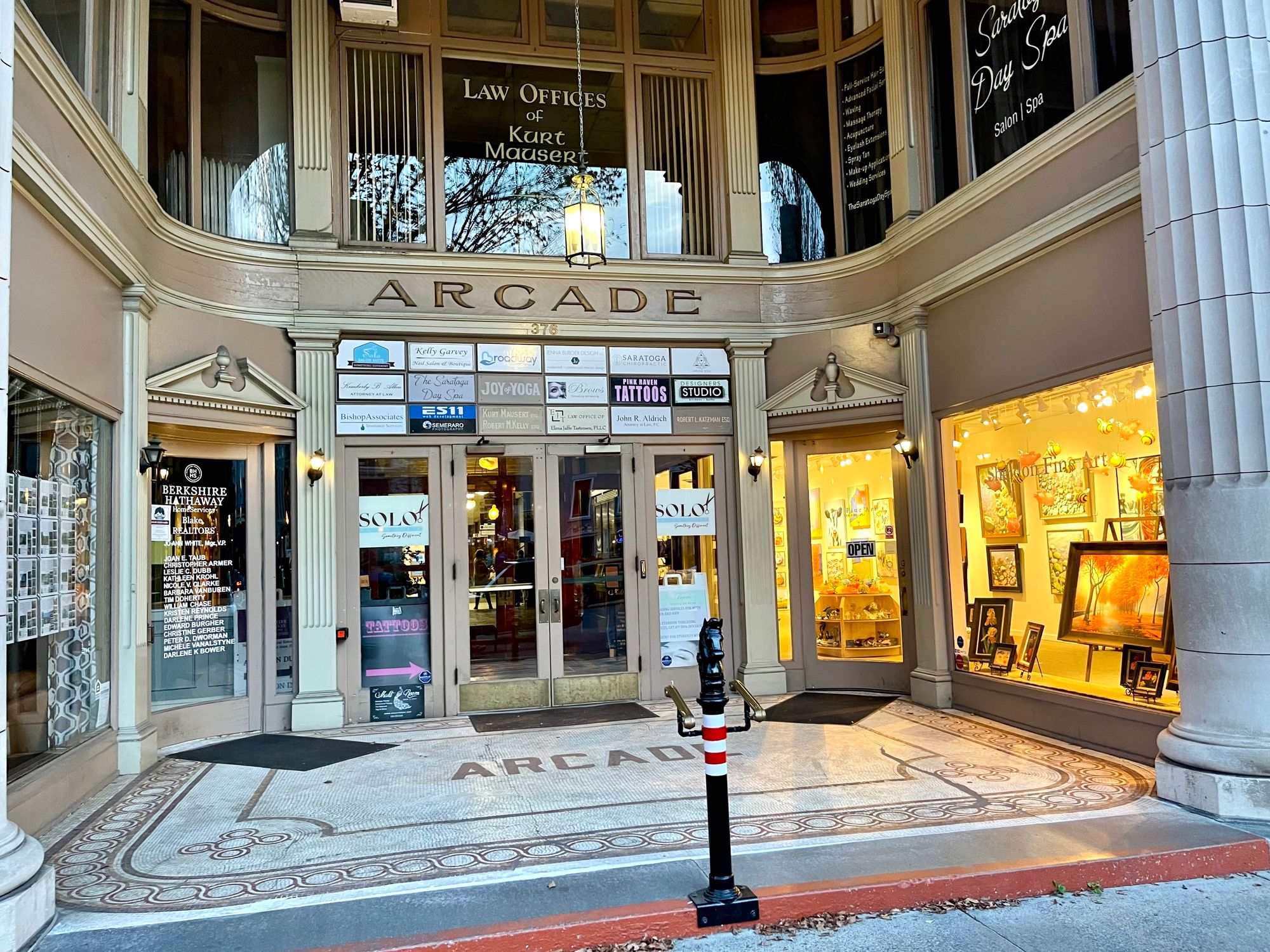
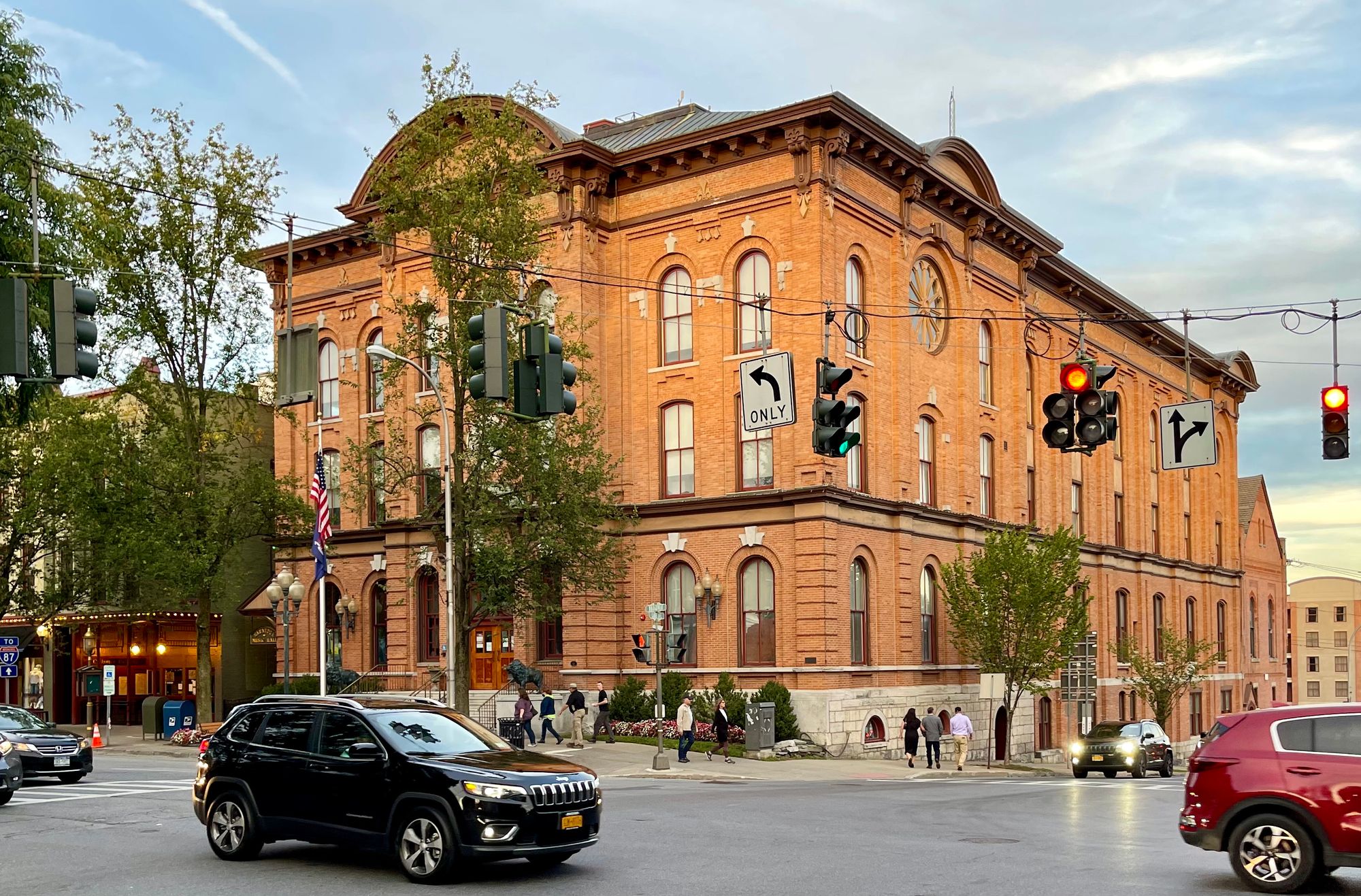
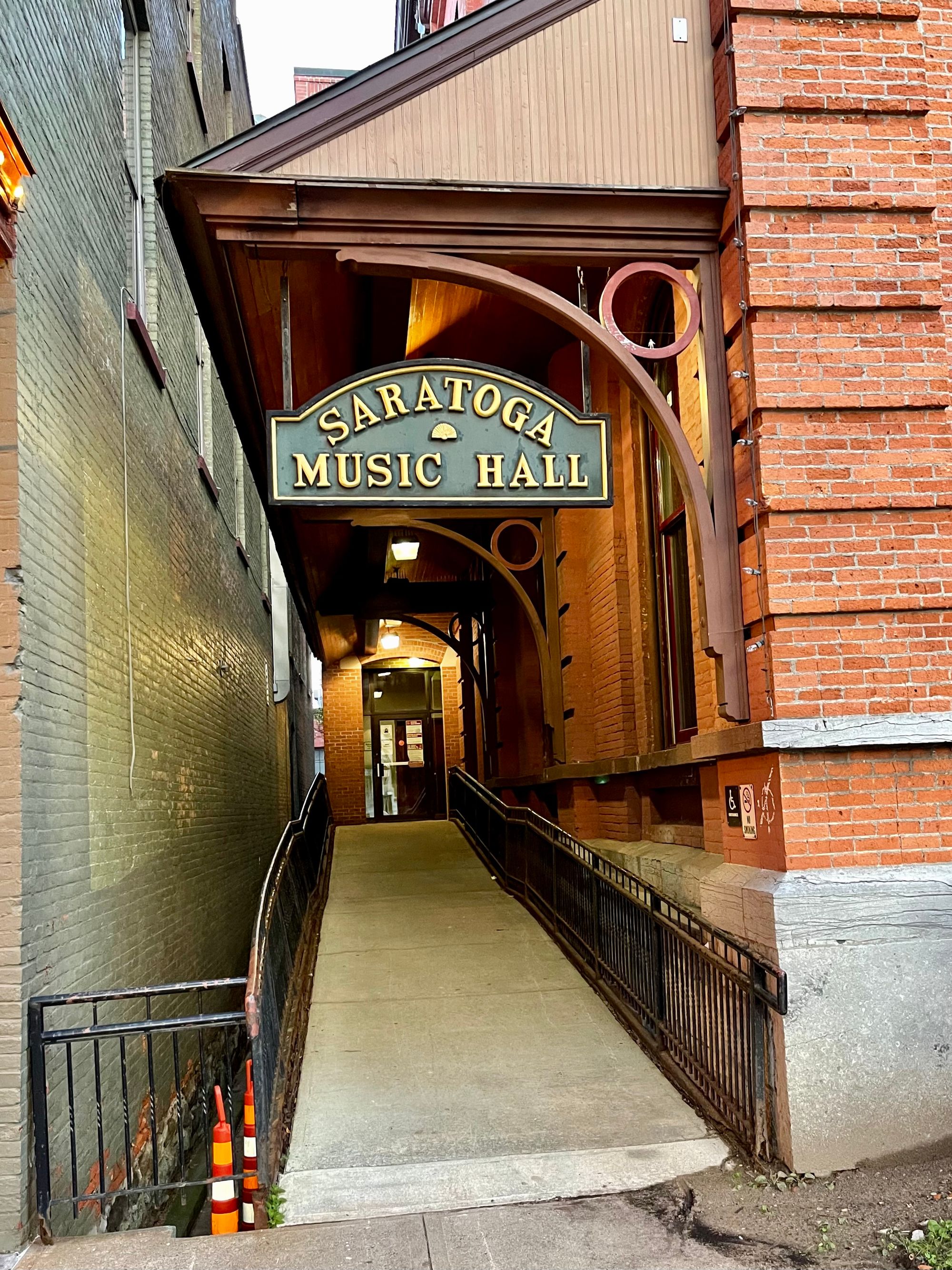
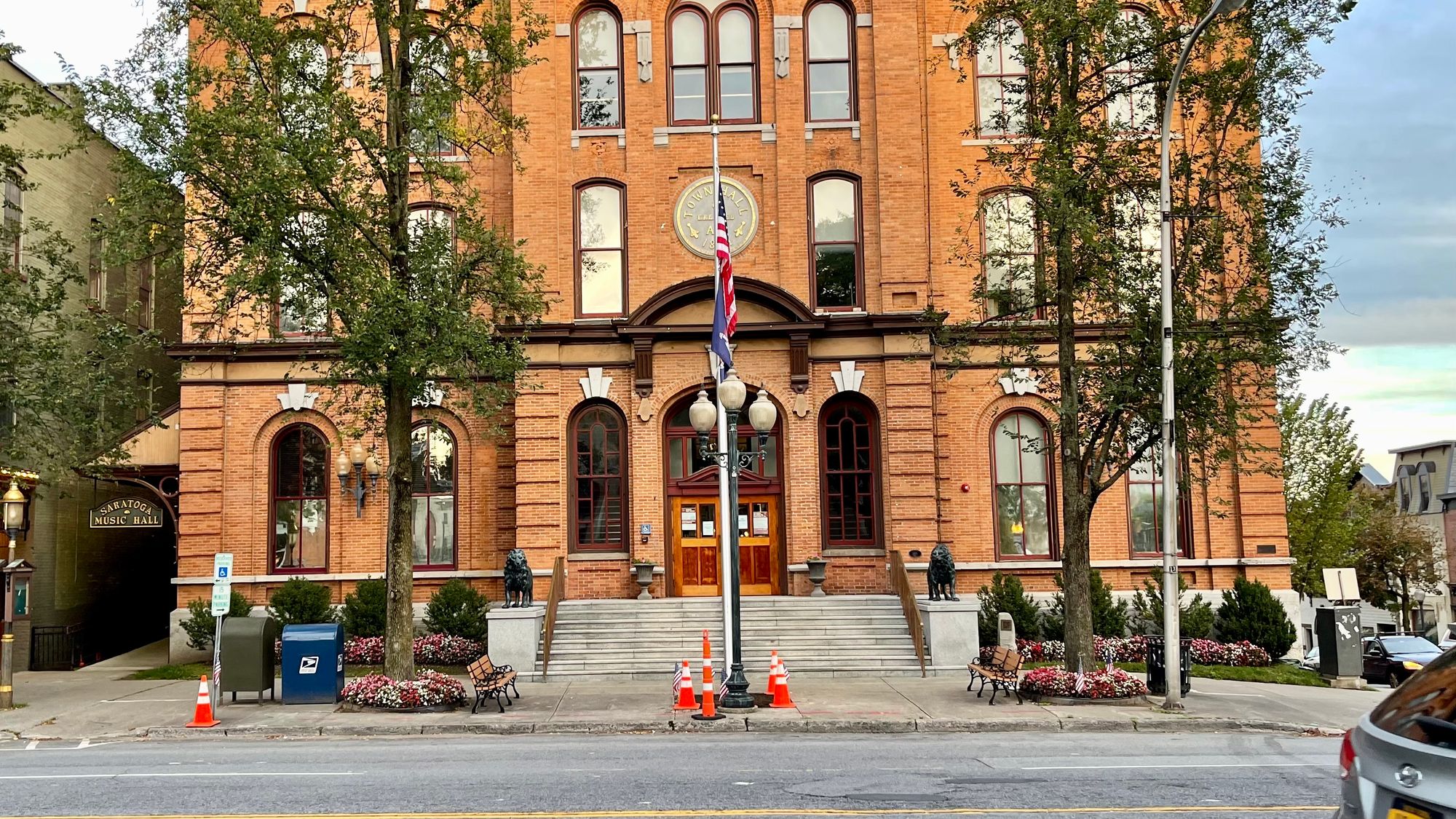
Another place worth noting in Saratoga Springs is the sidewalk plaza/porch in front of the historic Adelphi Hotel. Its liveliness, especially how it spills onto the sidewalk, is no small part of why the hotel is a local landmark.
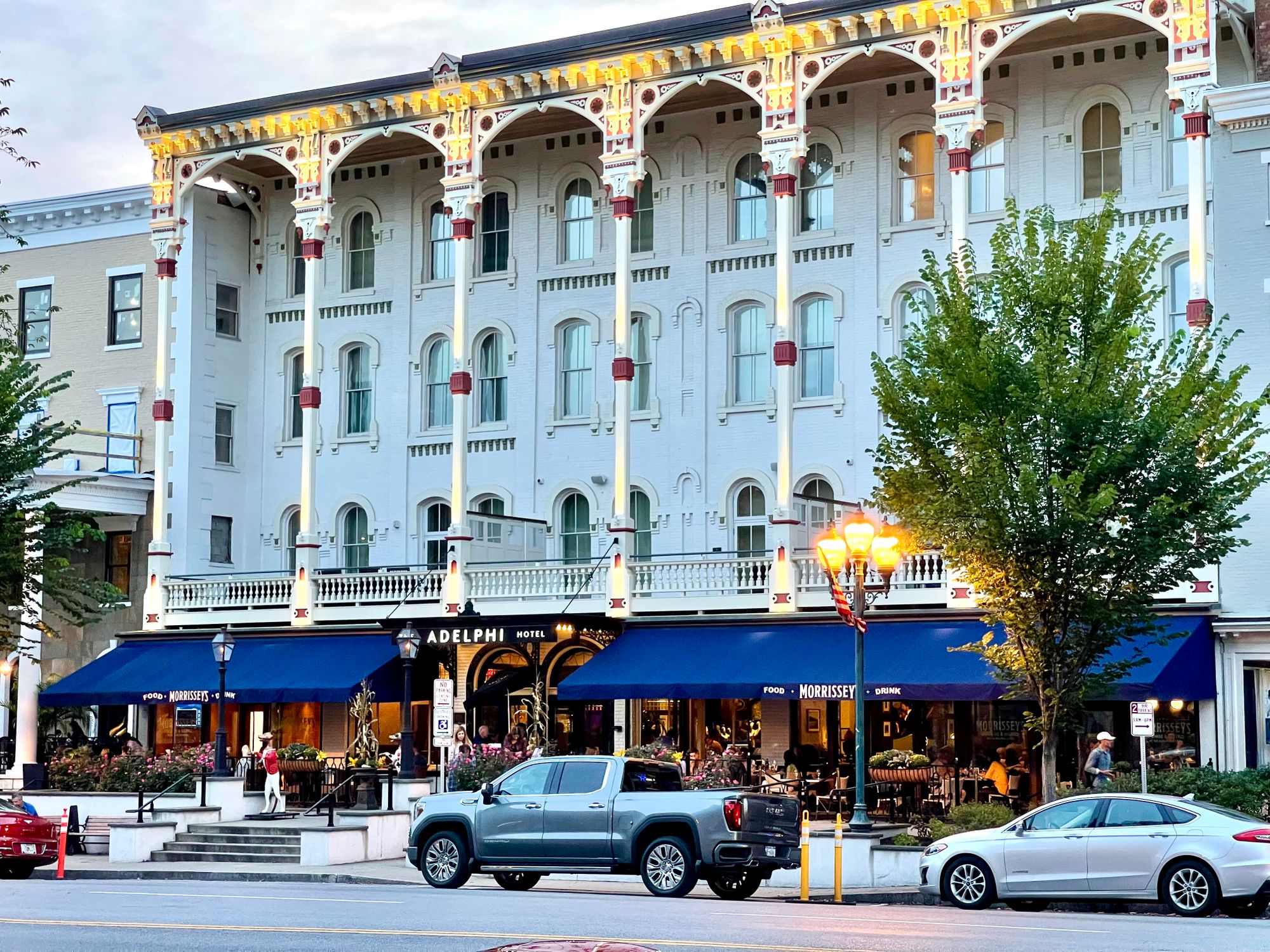
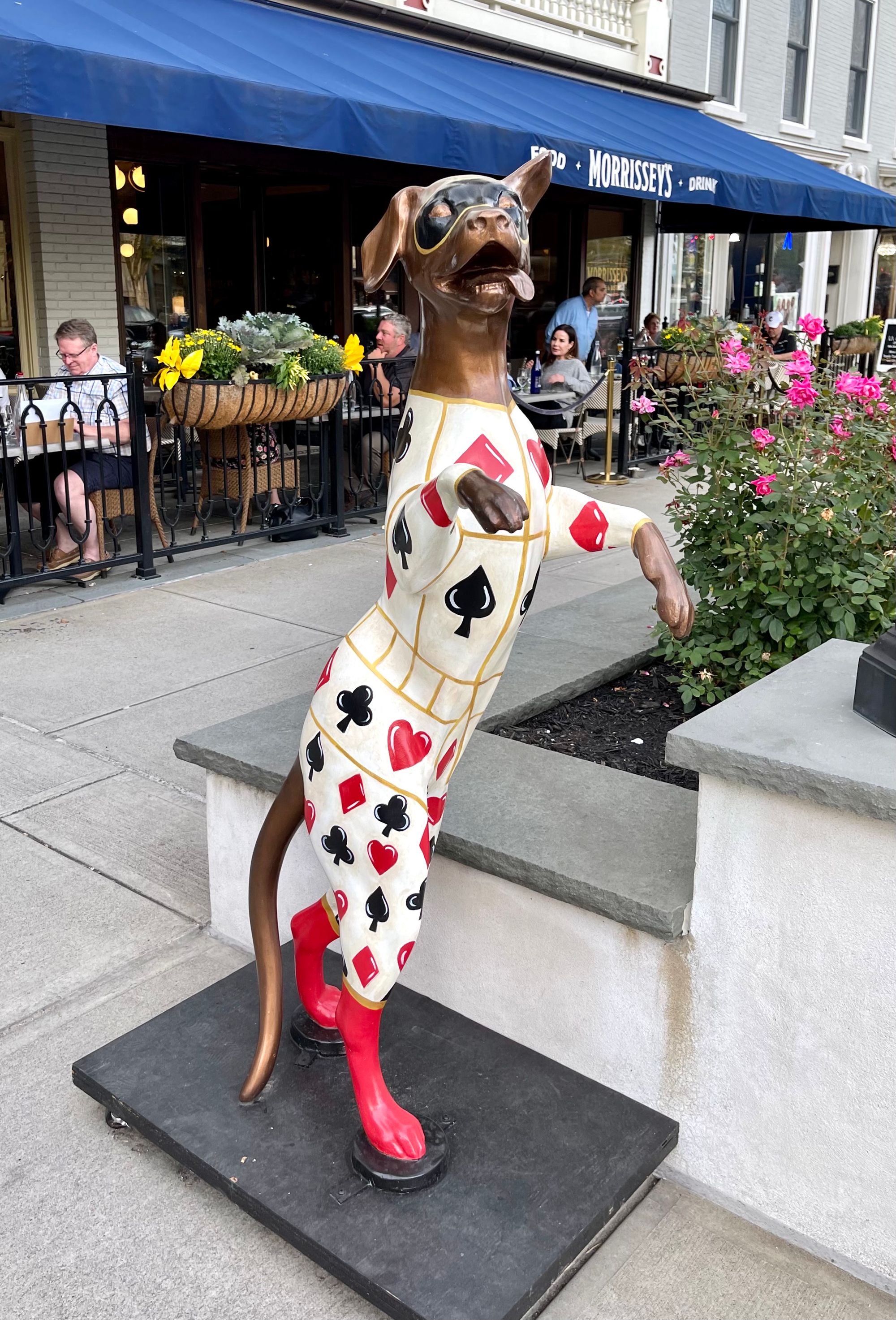
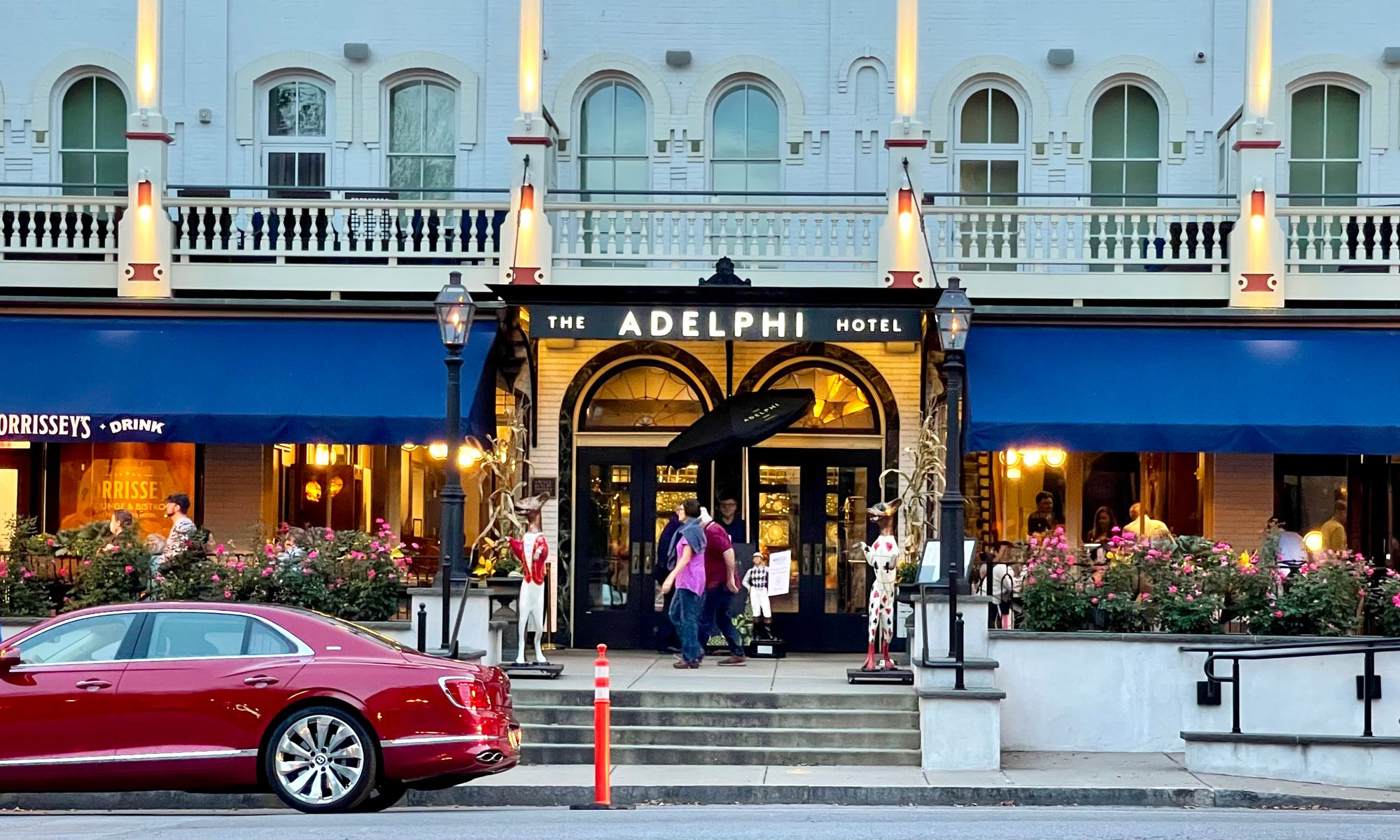
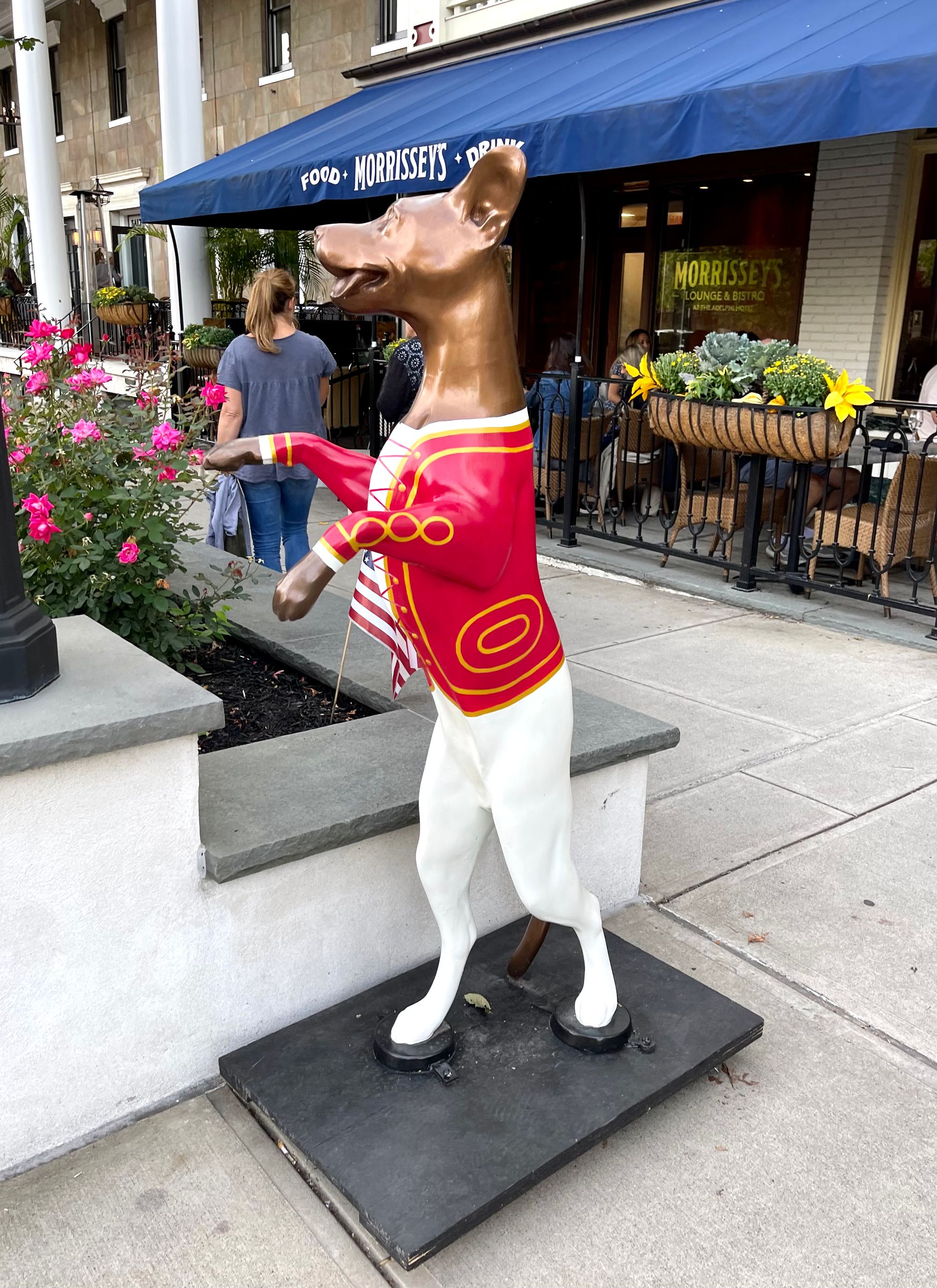
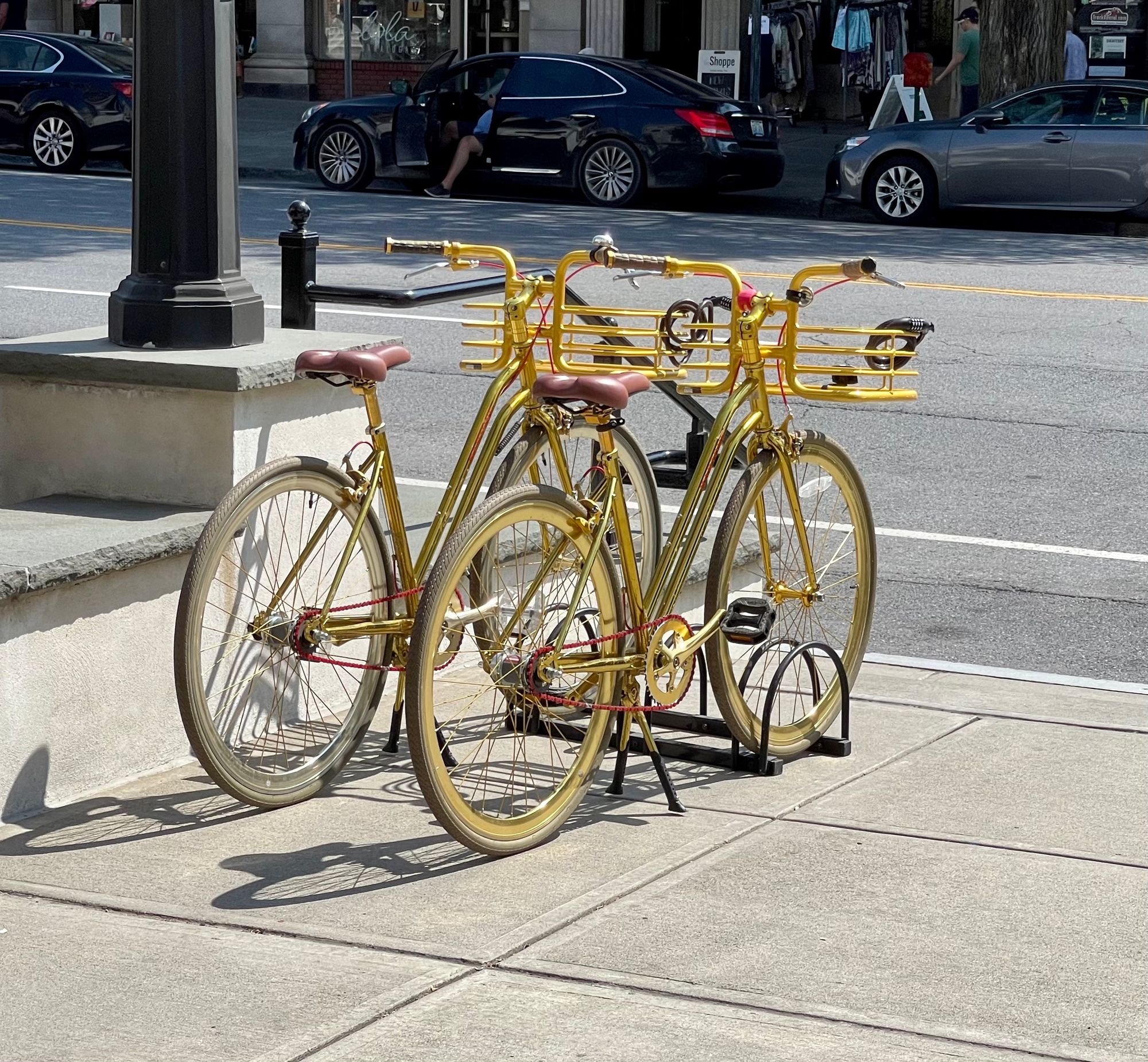
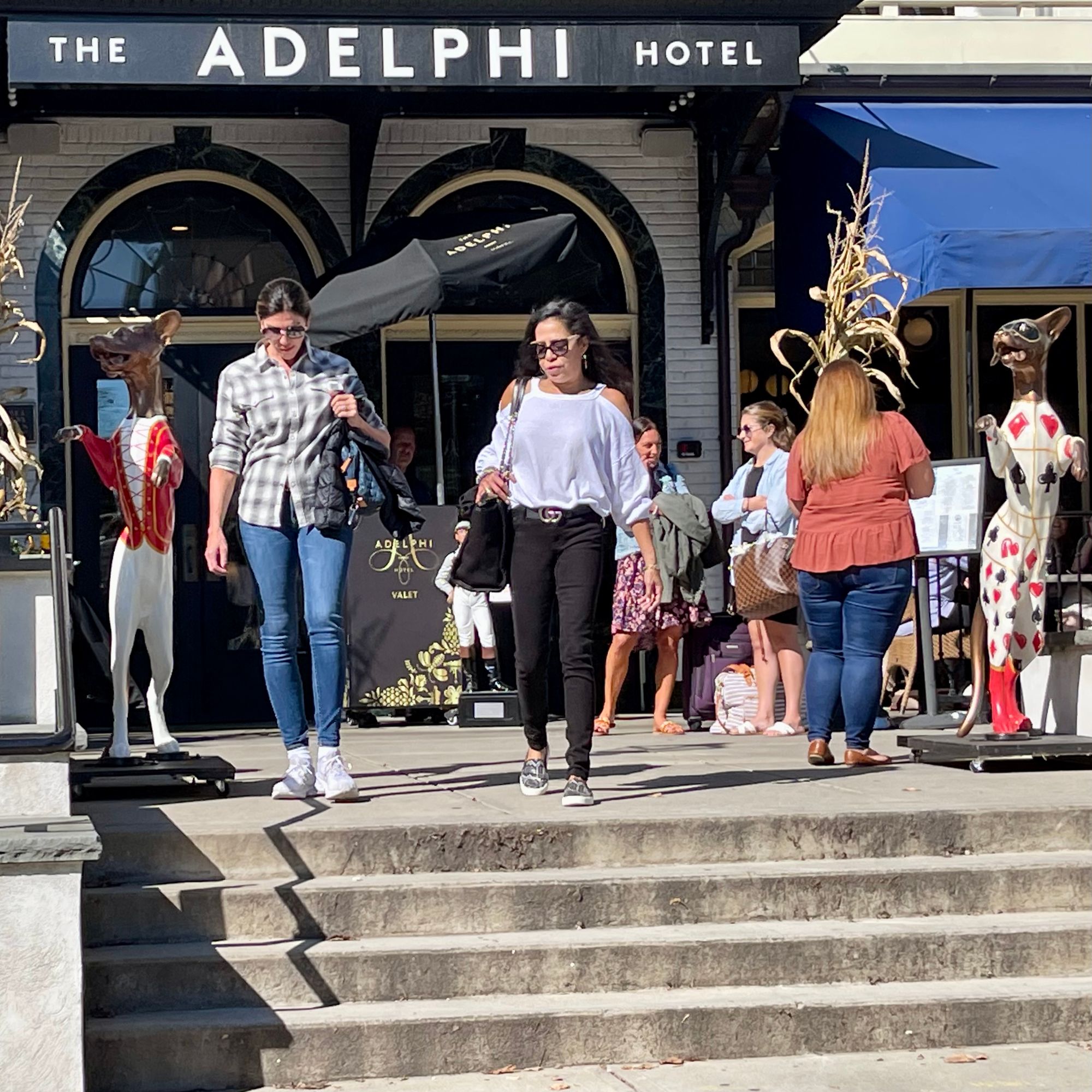
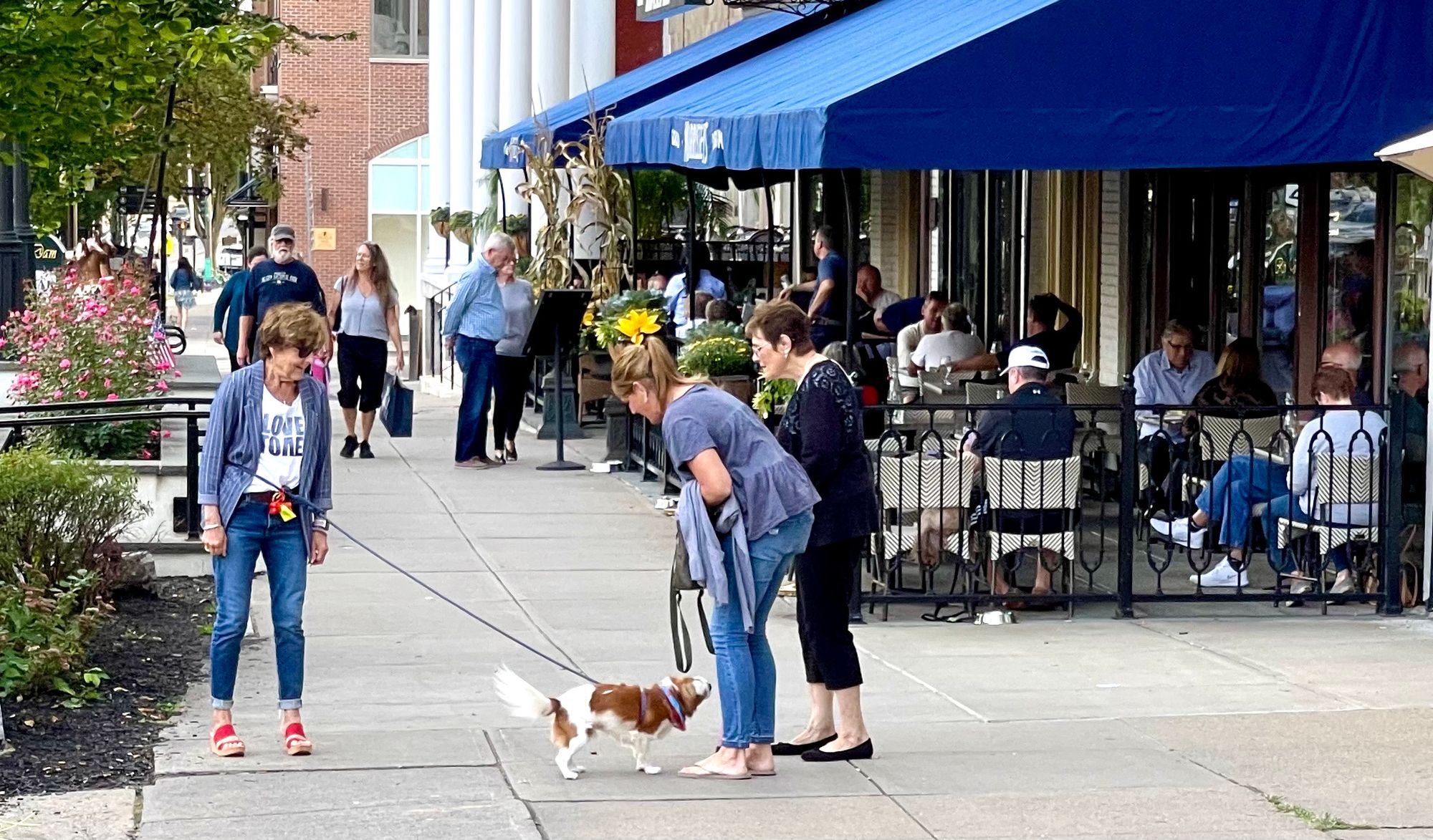
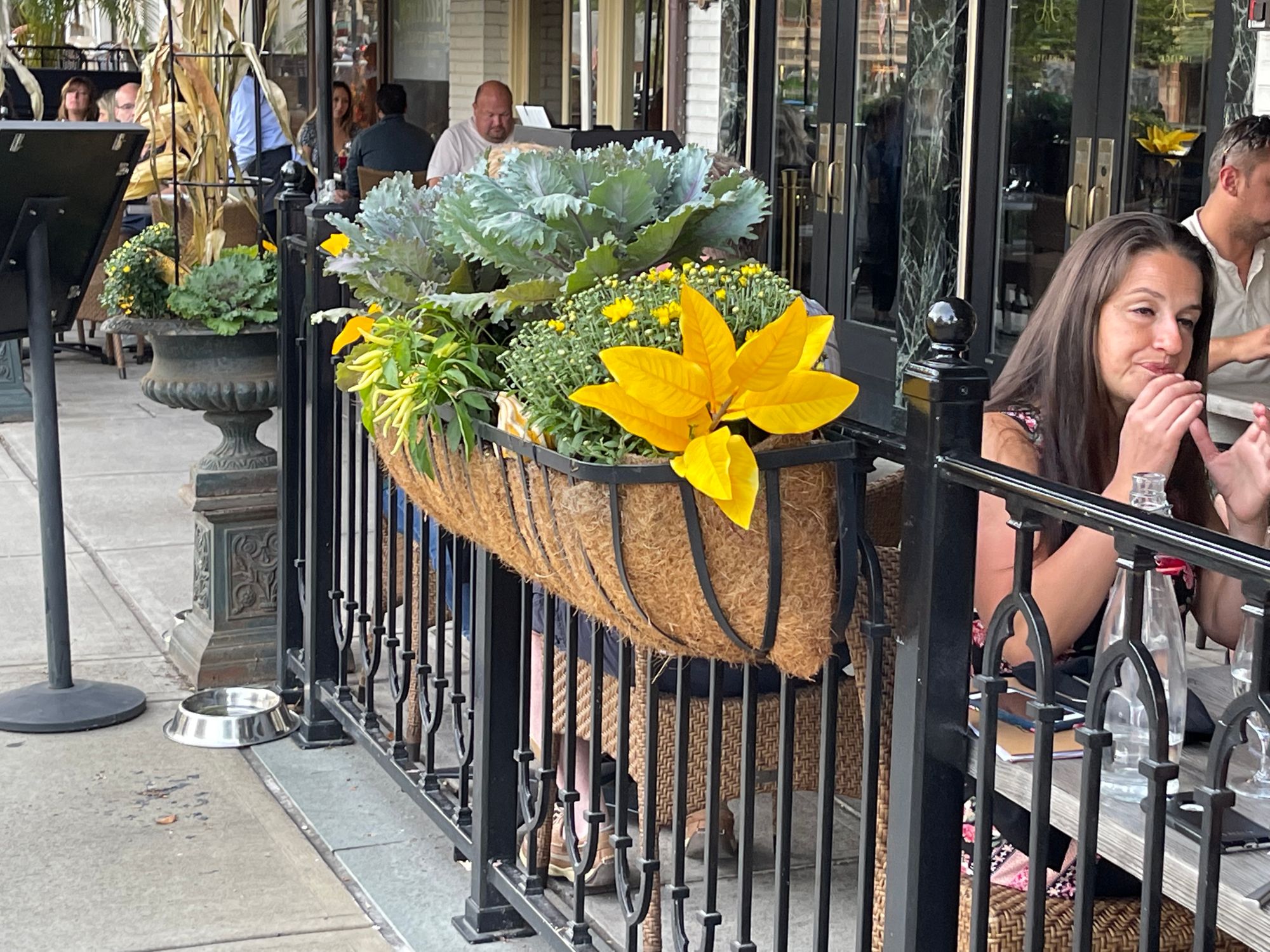
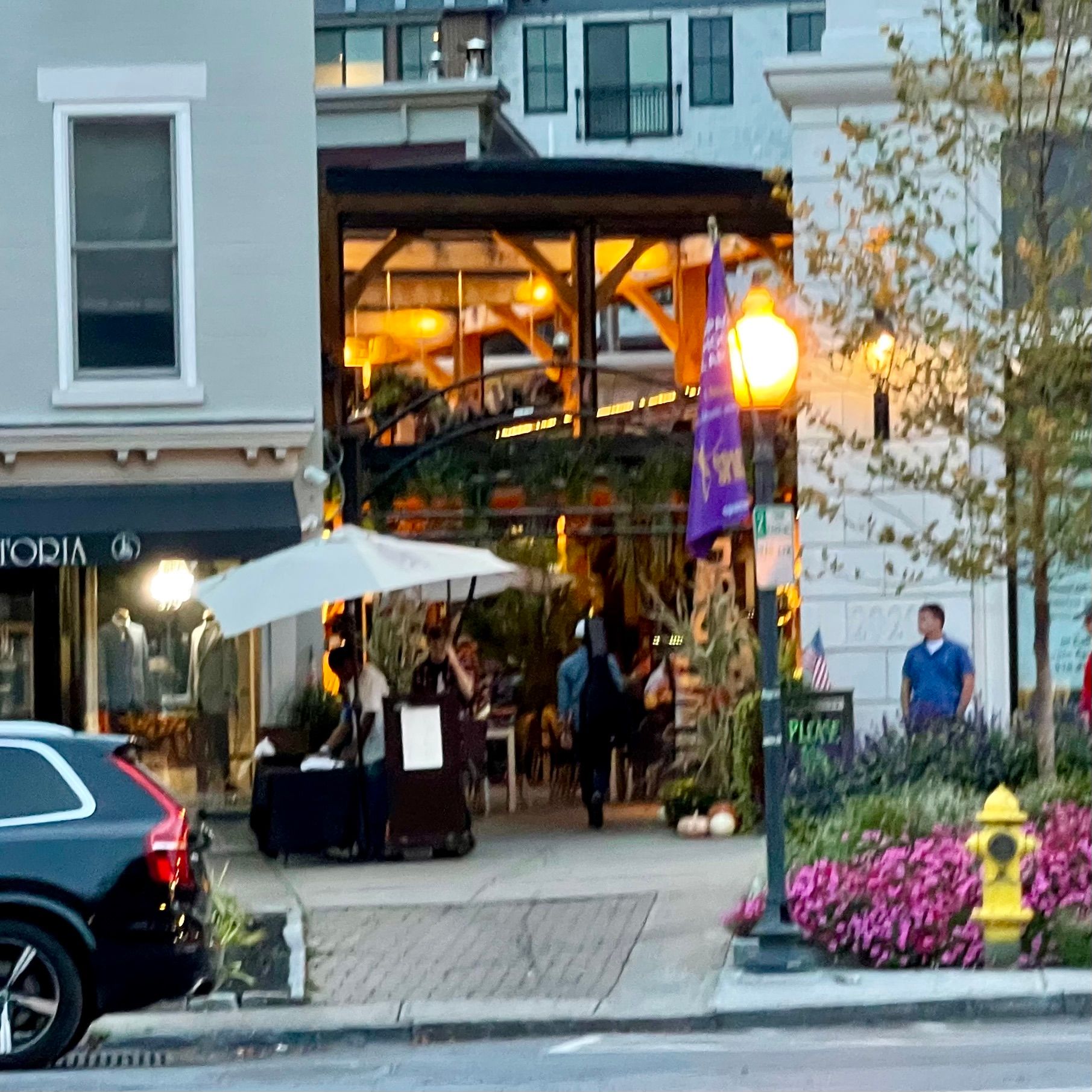
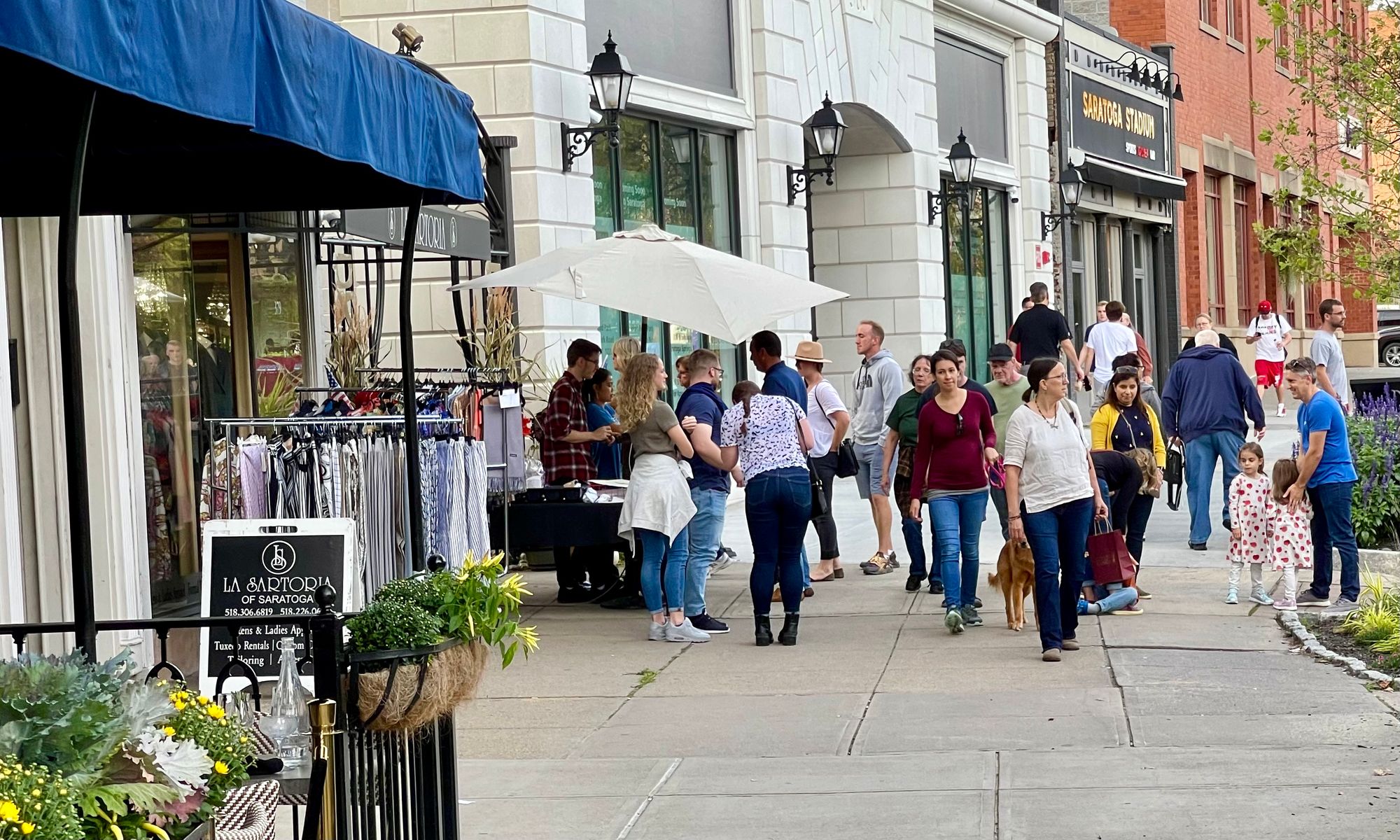
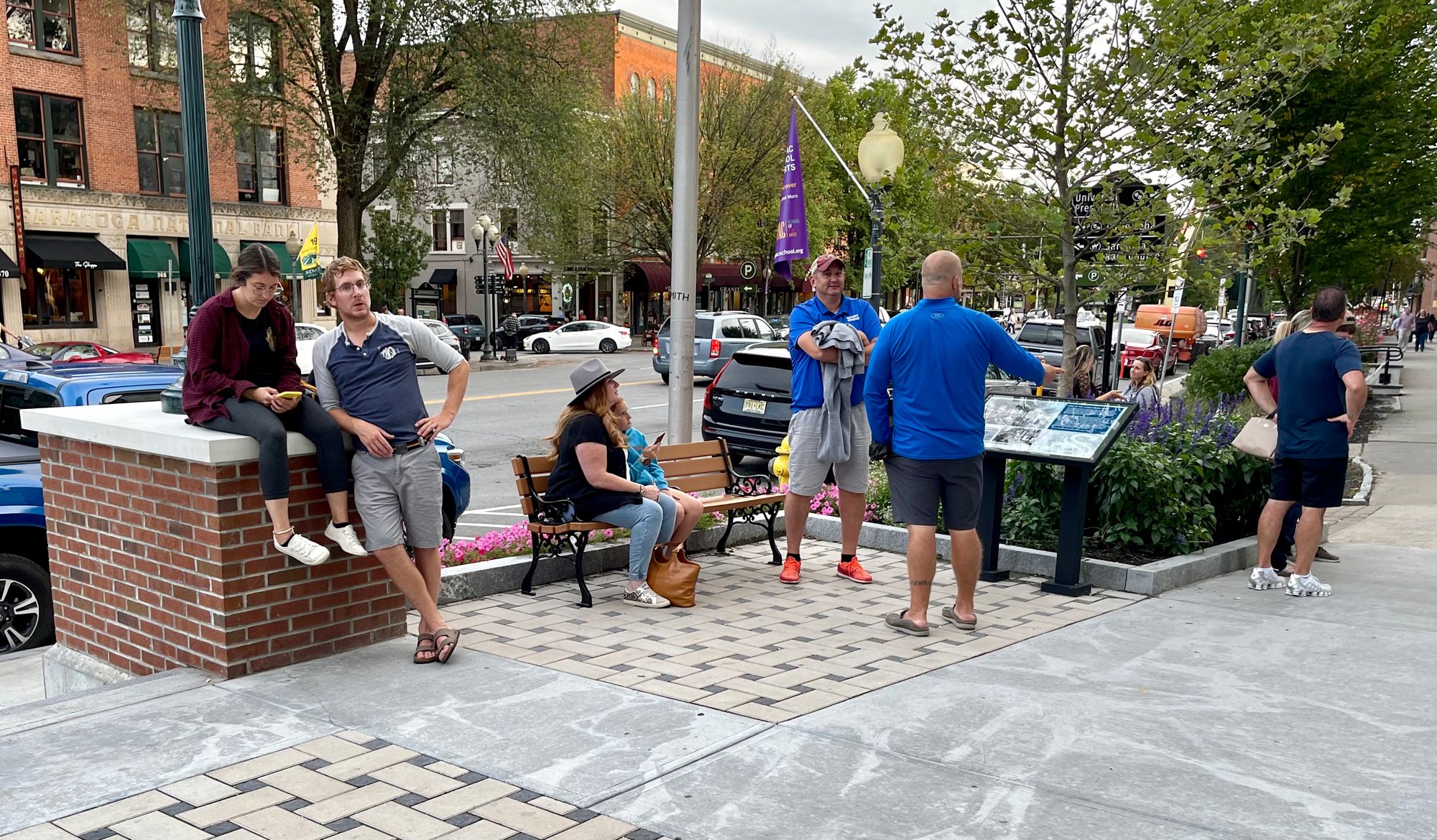
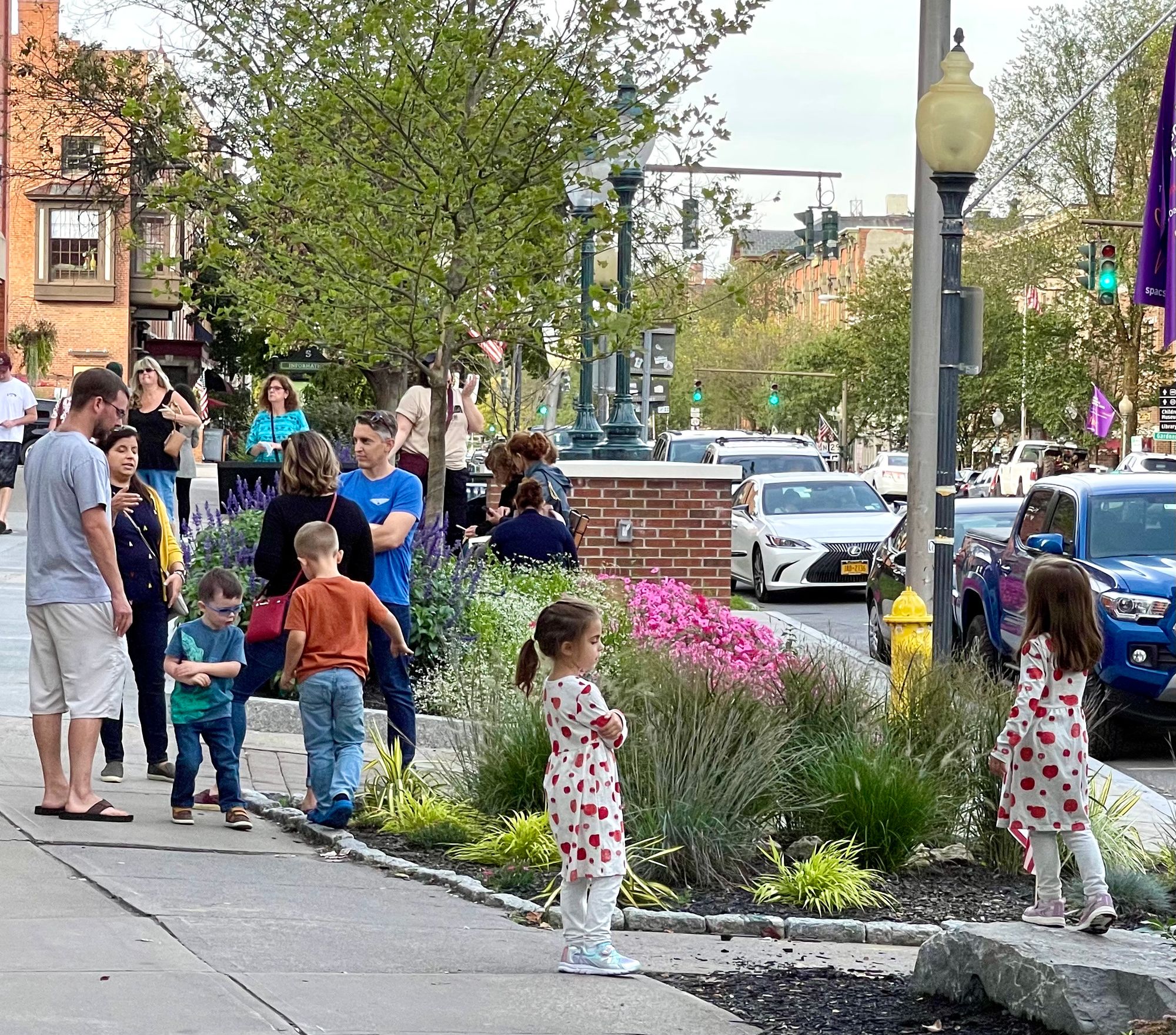
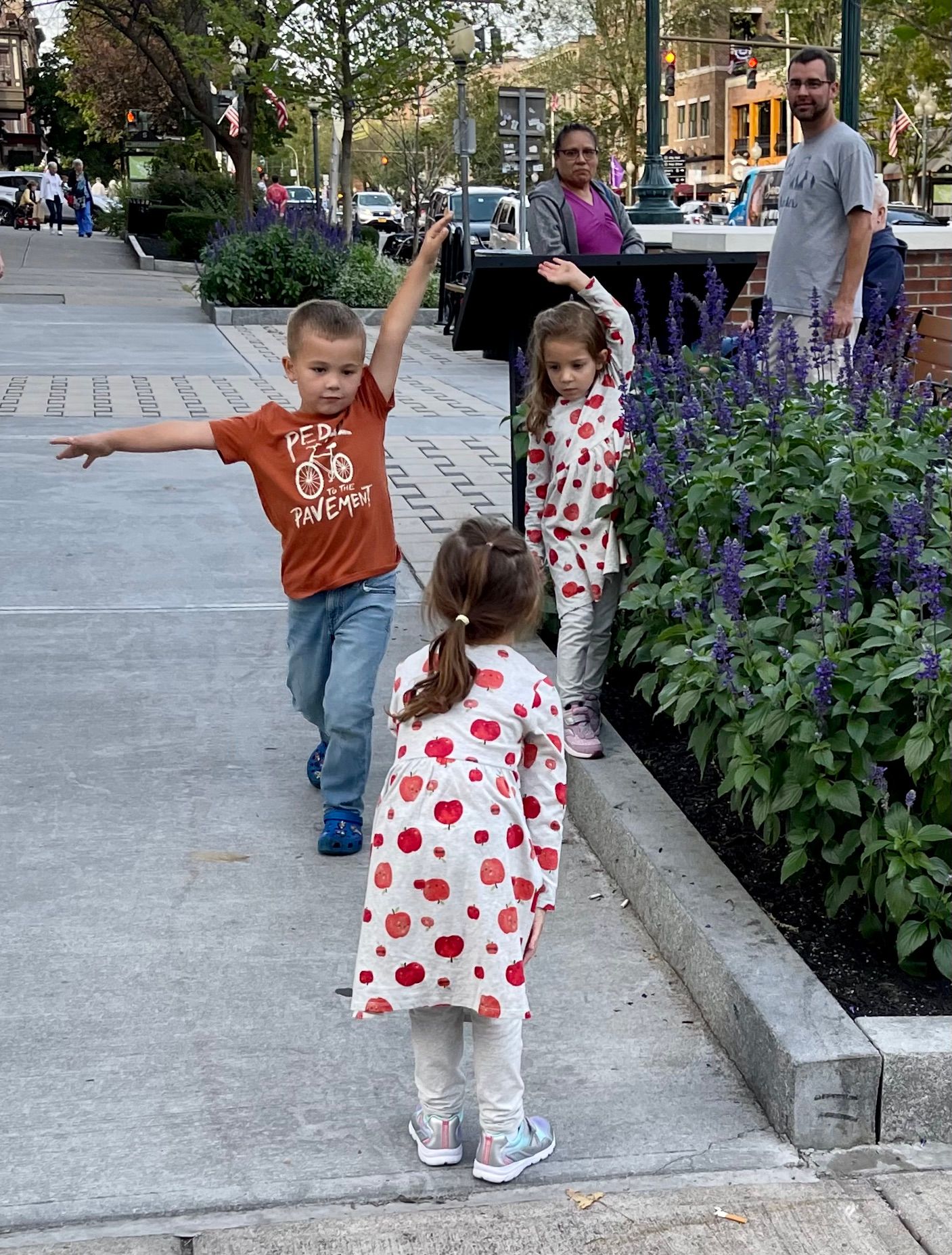
Still, with all this happening on the sidewalks, the street is still too wide. The sidewalk would benefit from some strategic widening at intersections. This would create corners that connect blocks to one another and ease the distance between the two sides of the street.
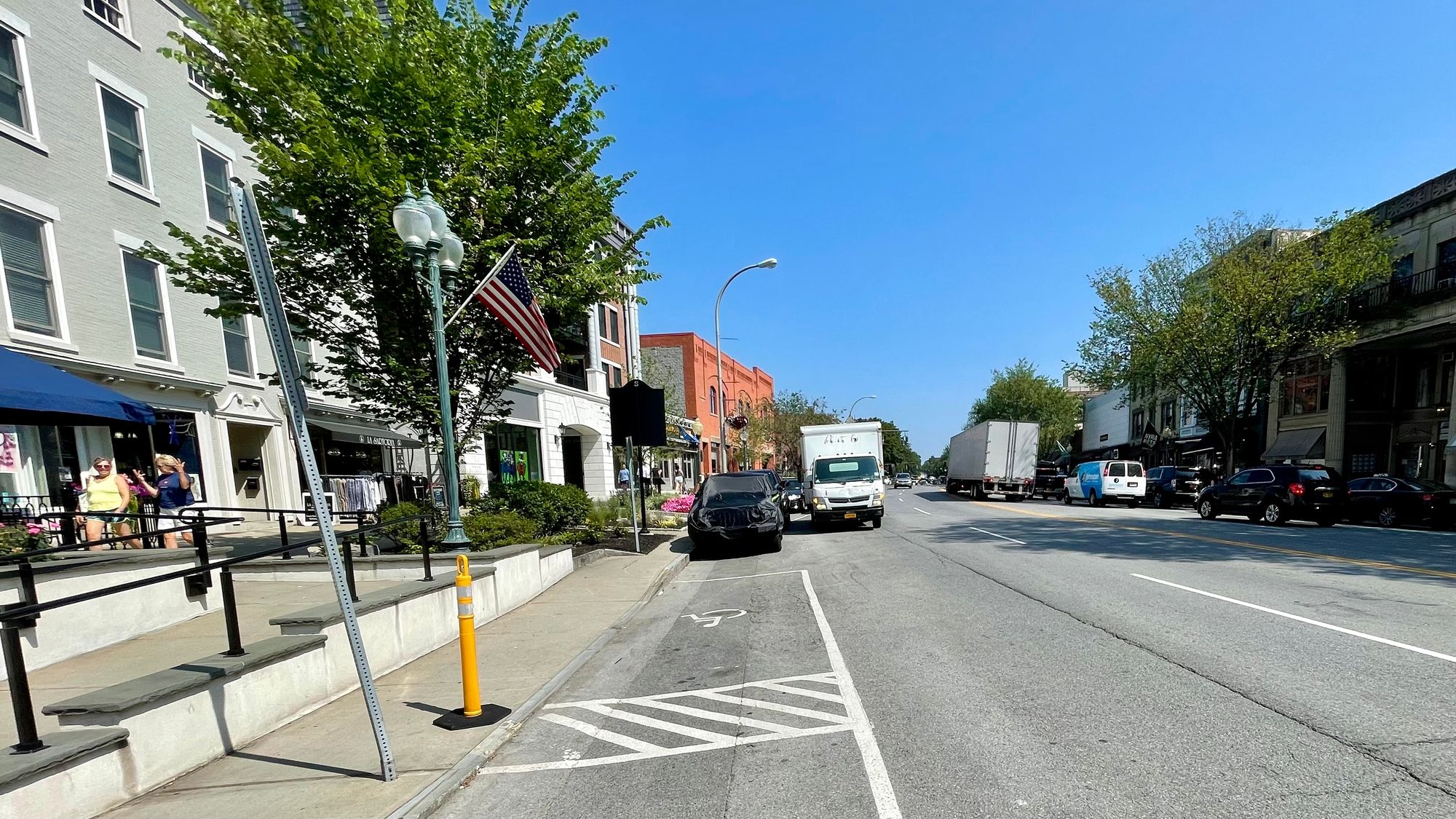
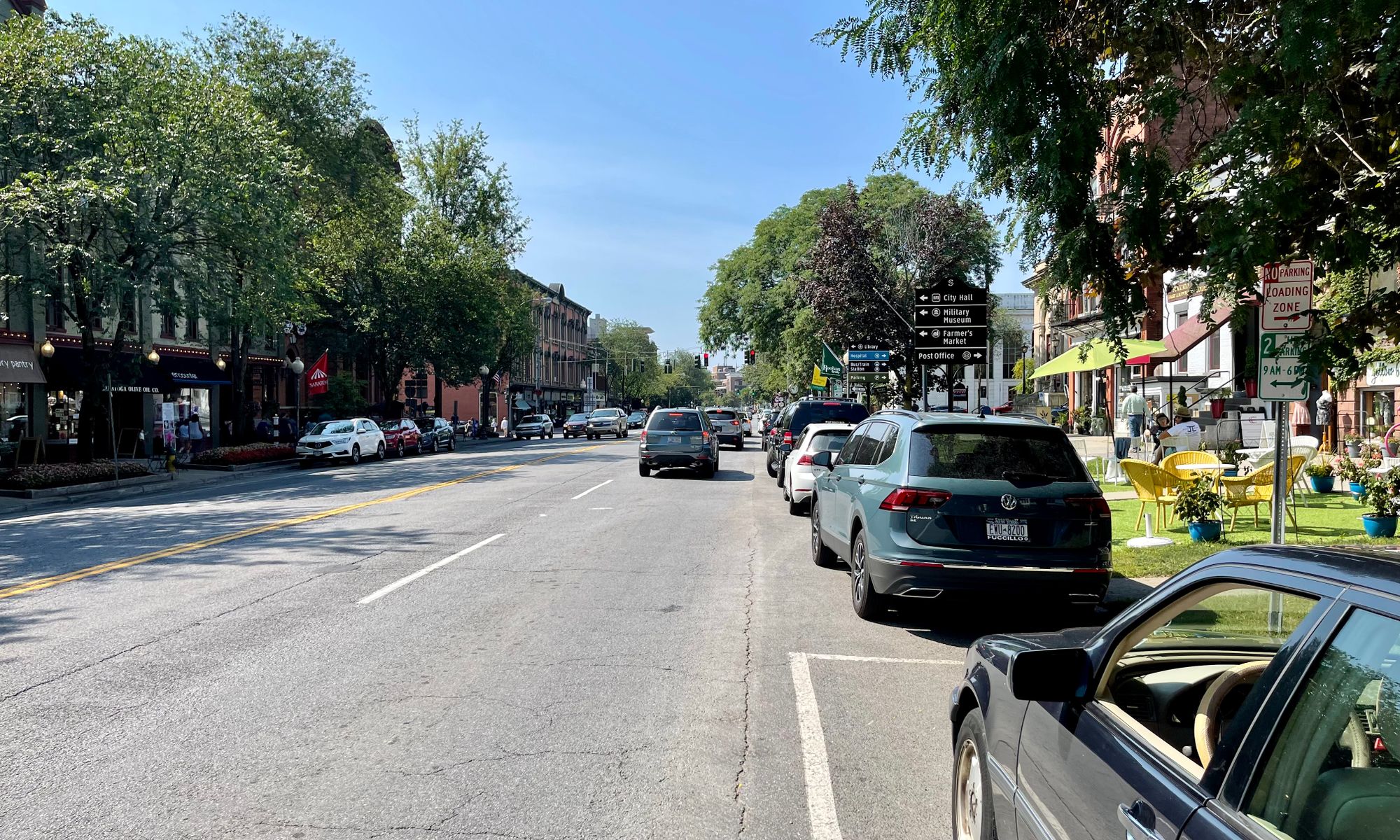
Route 9 through Saratoga Springs: A historic road that reaches from Lower Manhattan (Broadway) up to Canada.
Saratoga Springs Porches Where Social Life Thrives
In all sectors of Saratoga Springs are neighborhoods where porches are prevalent and used. It is in stark contrast to what we see in most suburbs where garages dominate many of the streets.
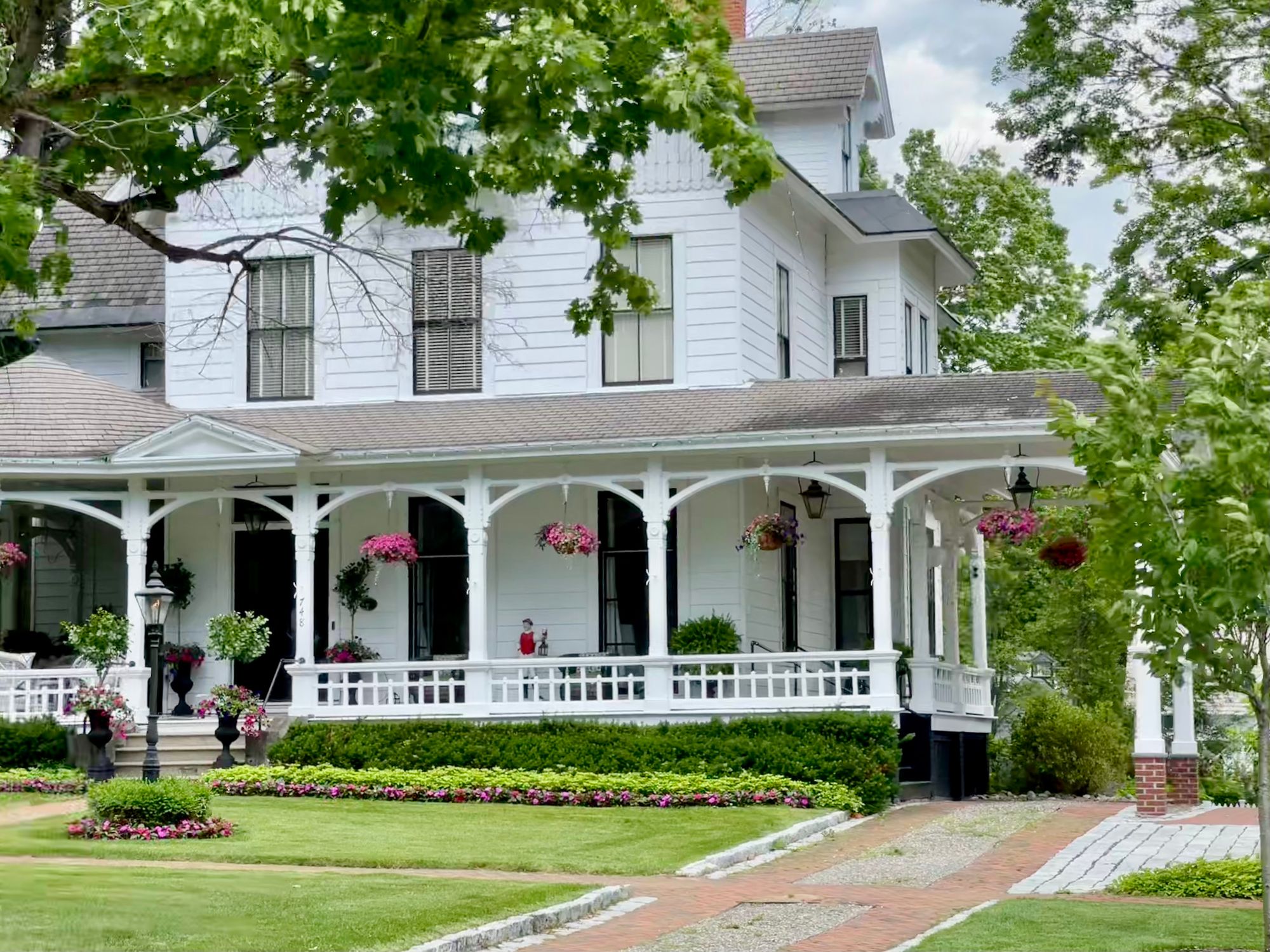
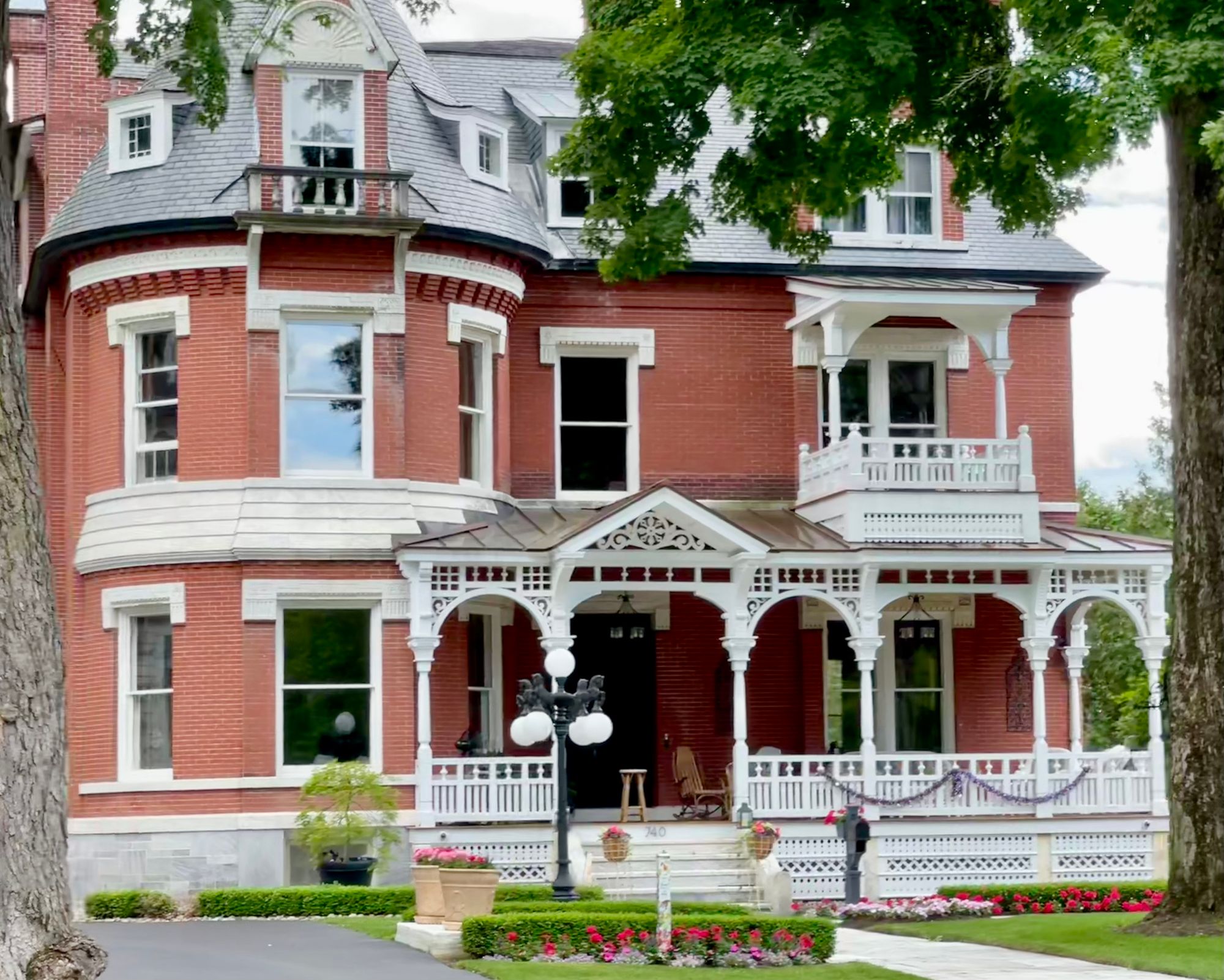
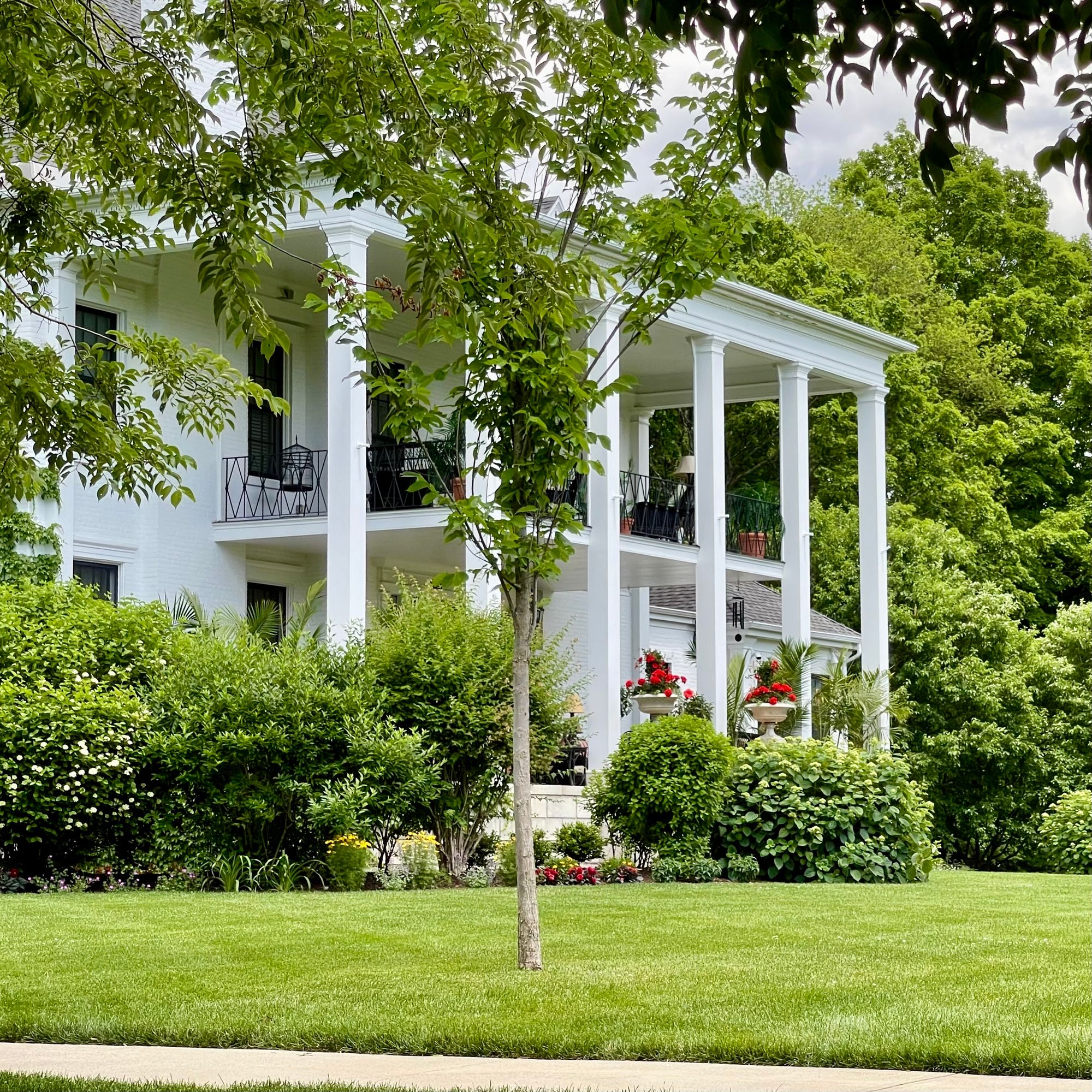
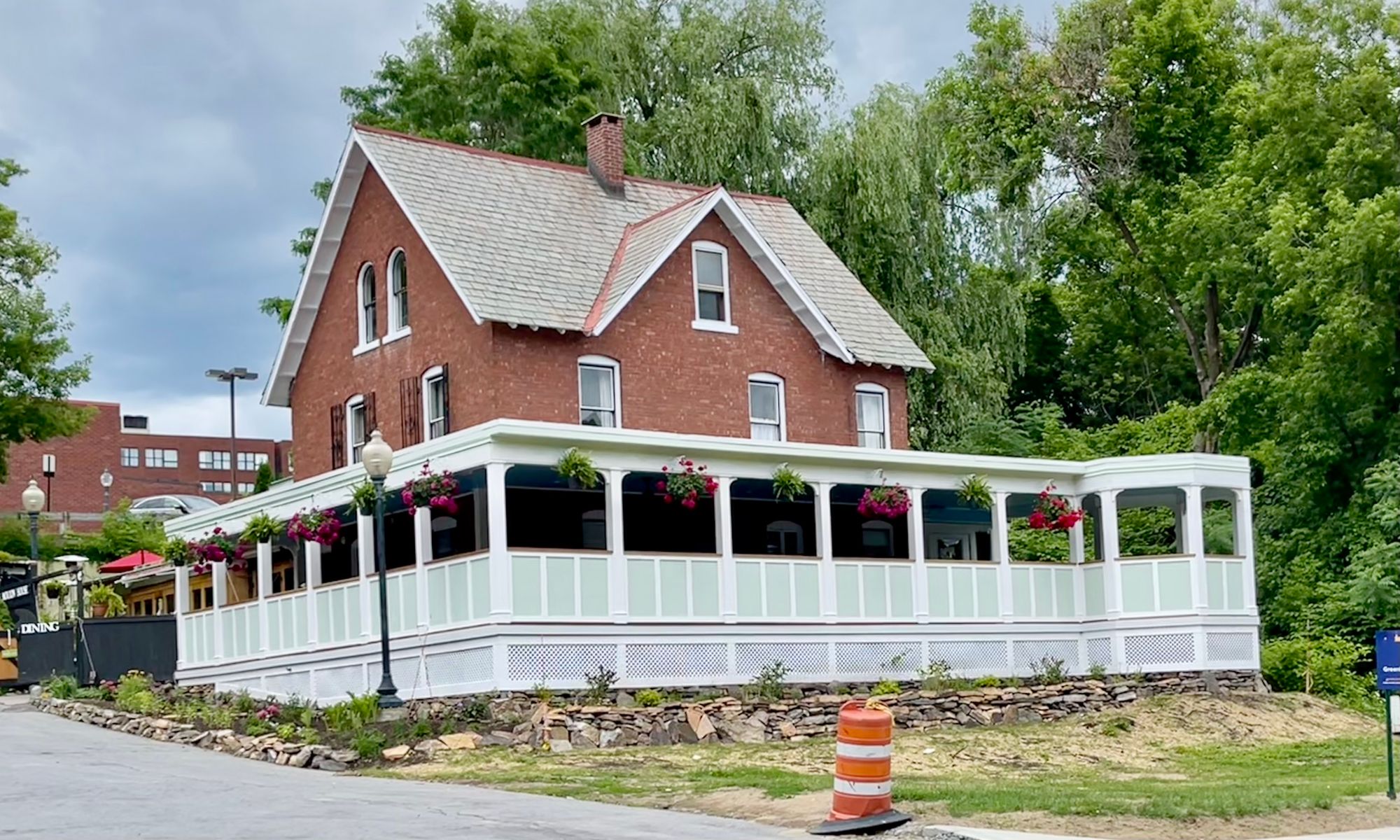
Porches as the main feature of houses indicates that there is a culture of social life in a particular community. Garages as the main feature of houses indicate that car culture is strong and often overpowers social and community life. We need to build the kind of life we want into our buildings and streets.
A previous post about "The Streets we Want" shows some of the best examples of streets around the world. There are many other Main Street sidewalks with terrific qualities. None we have seen in the US rise to the level of Saratoga Springs, but many have the beginnings with the necessary ingredients. For example, New Haven has made tremendous progress, and Ocean Drive as well as Collins Avenue in Miami Beach are a strong pair. Little Italy in San Diego is another contender. Closer to home, we think that our neighborhood, Cobble Hill and Carroll Gardens, in Brooklyn certainly have joined this group of examples.
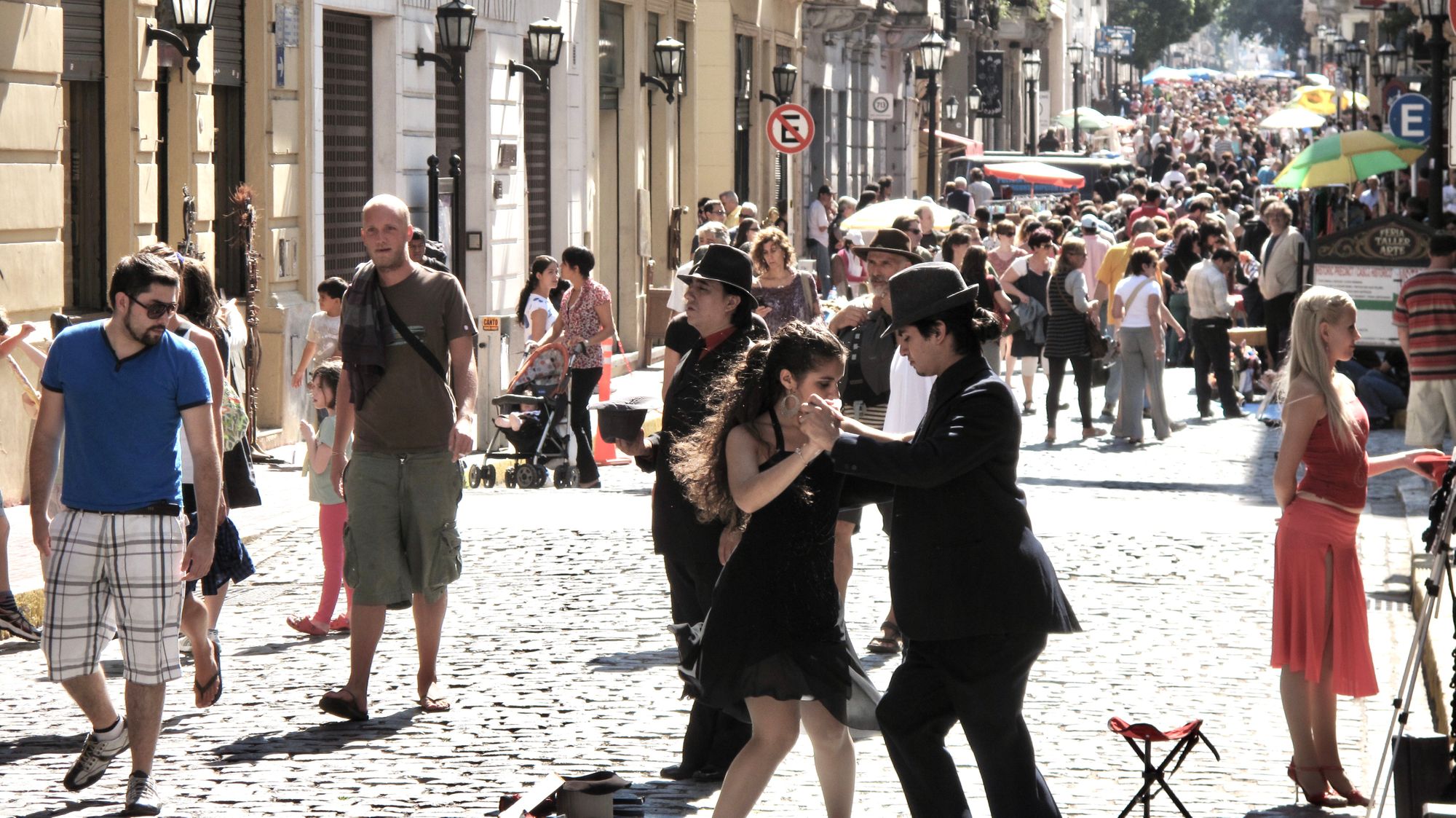
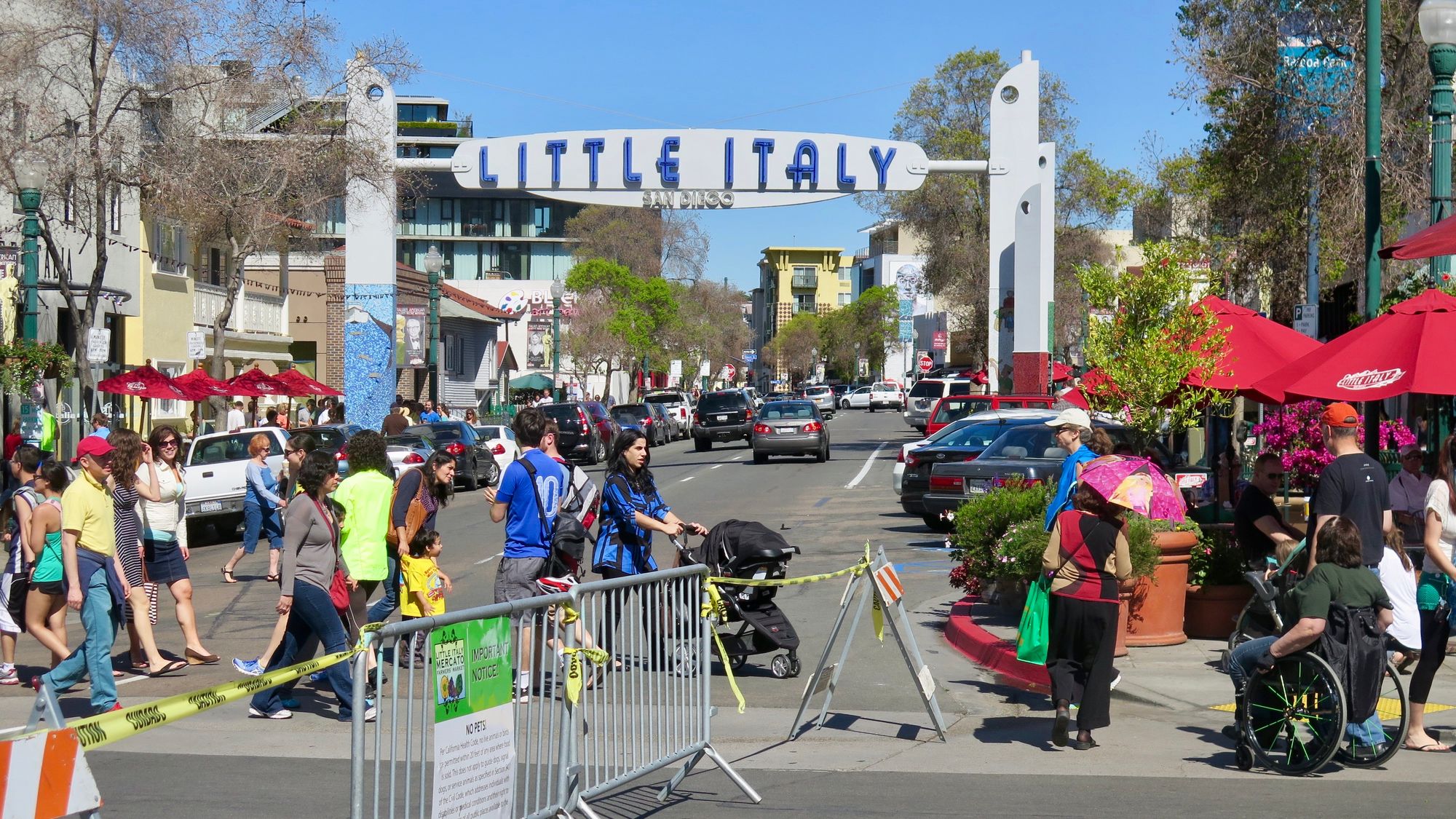
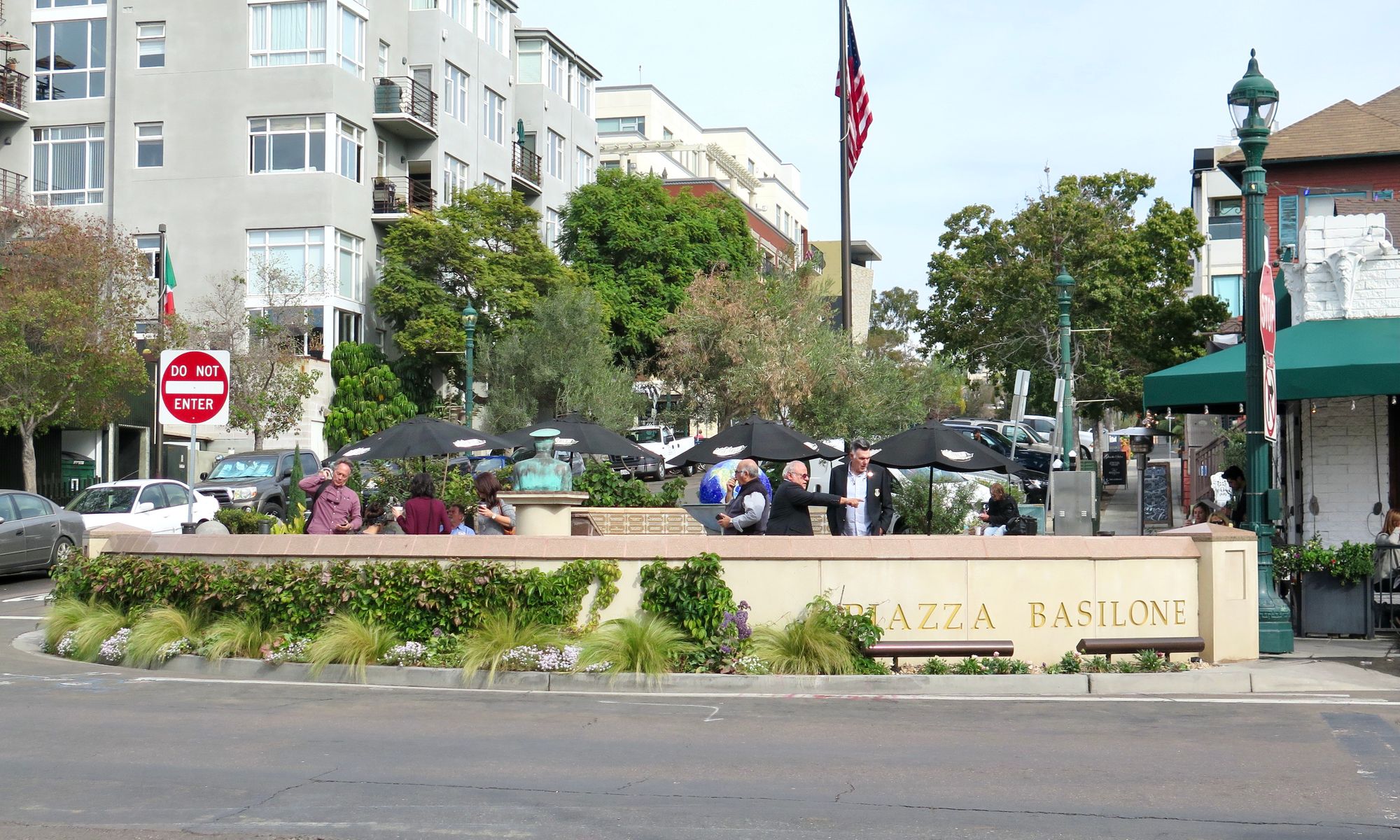
Little Italy's Street in San Diego
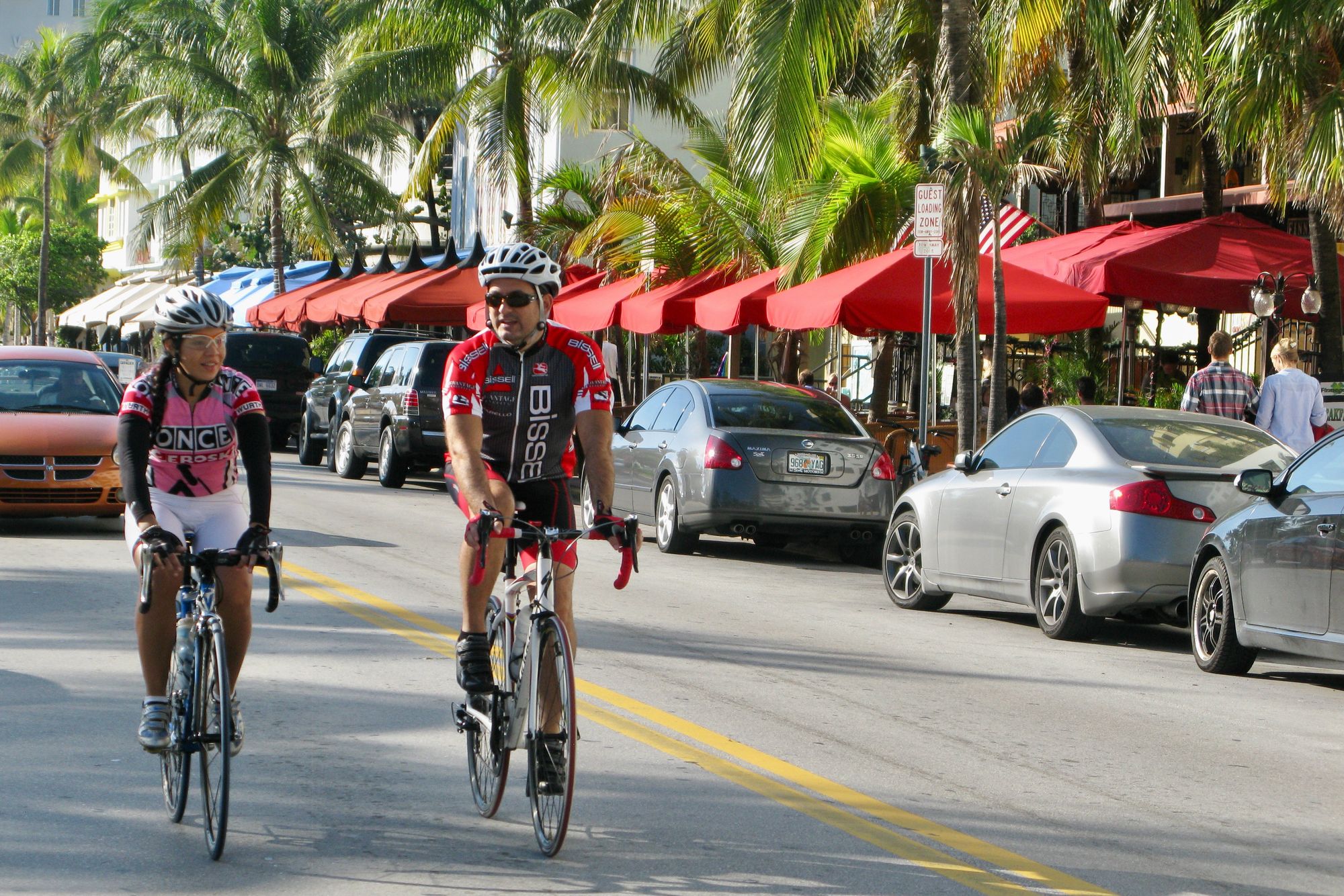
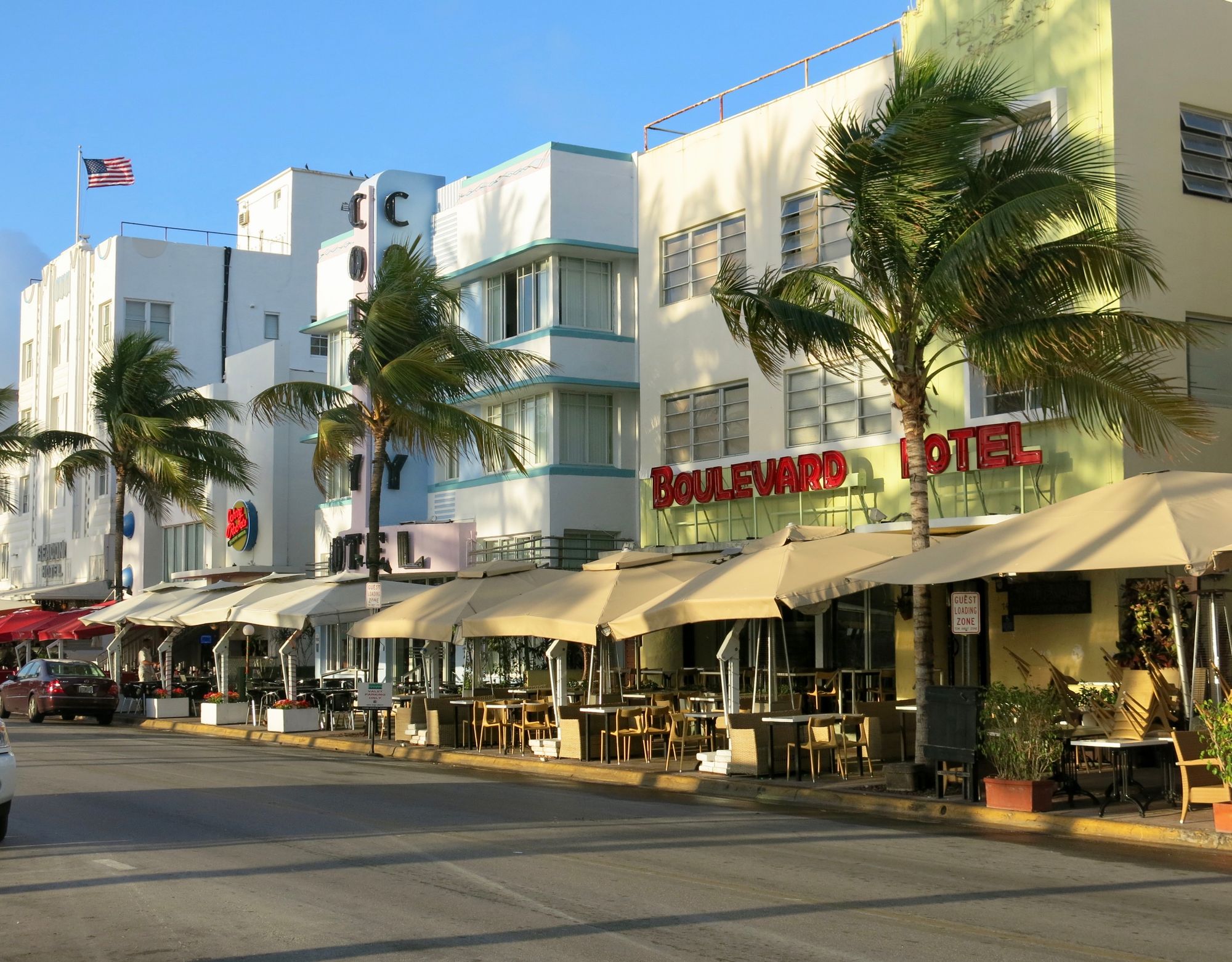
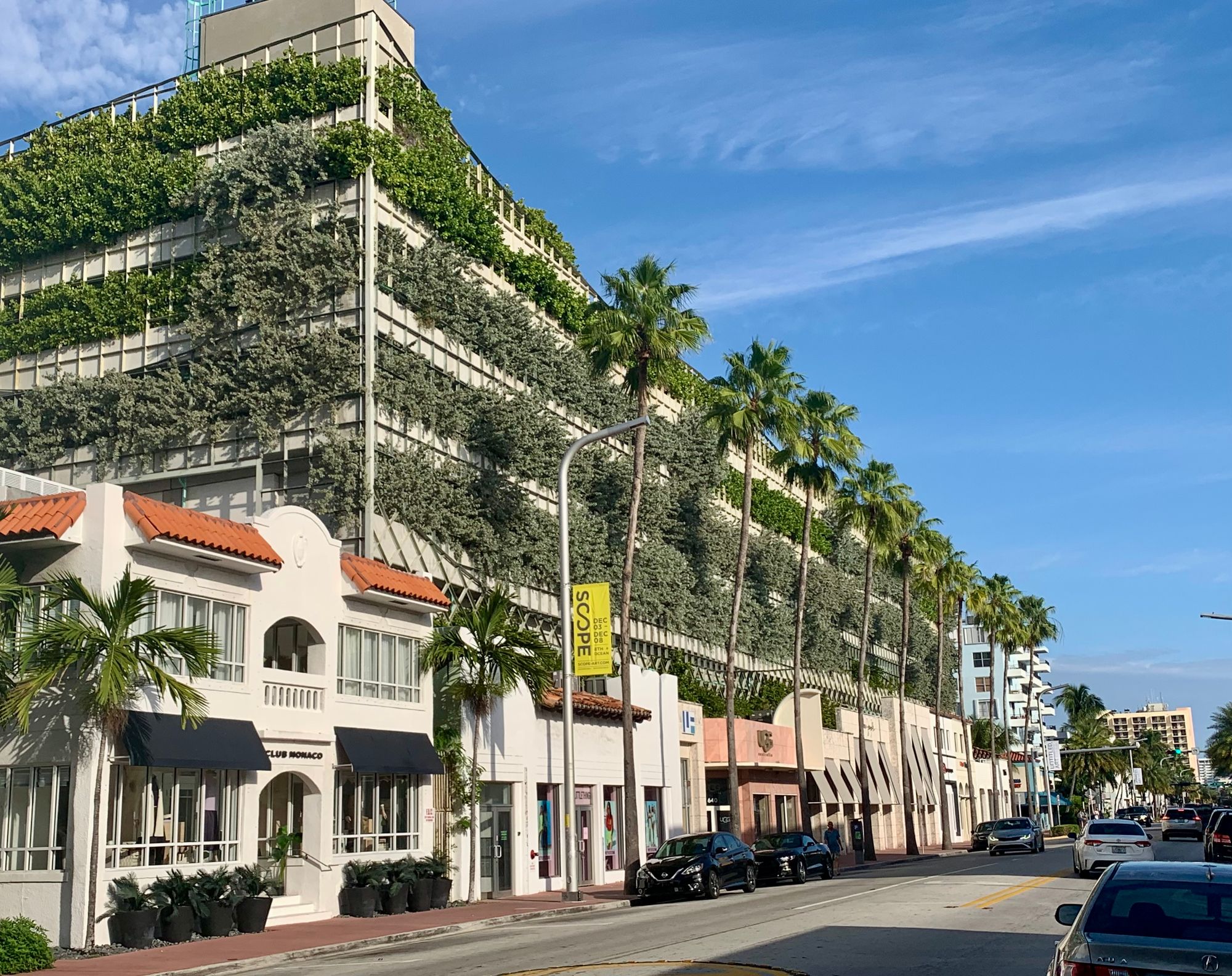
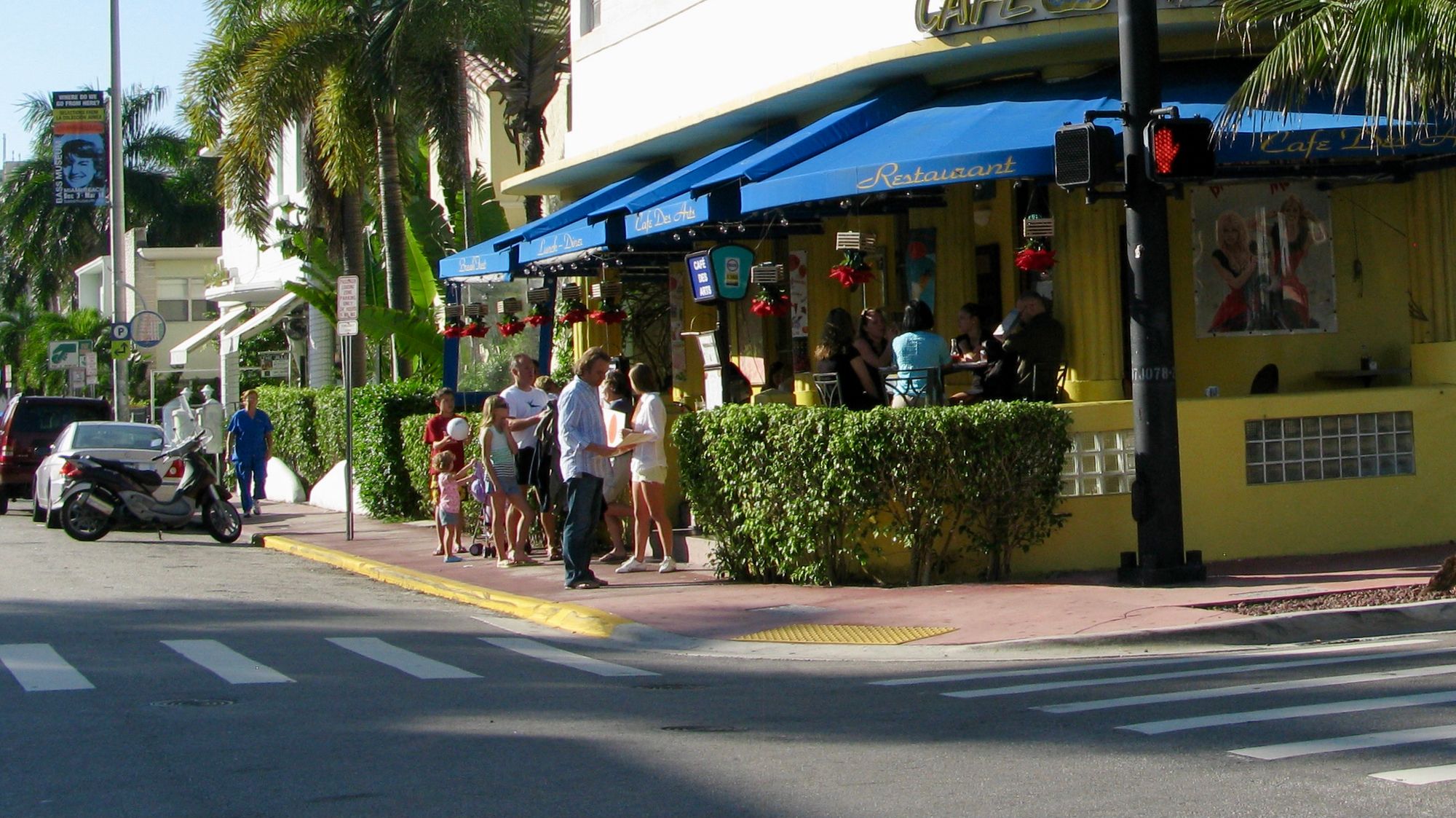
Miami Beach's Ocean Drive and Collins Avenue
This journey toward more social life and community is one that will require us to think in new ways — seeing new possibilities for places like sidewalks that have not received enough attention in their role as public places. Even the former CEO of Volkswagen agrees with the idea that we need to create our future very differently than we have shaped our past:
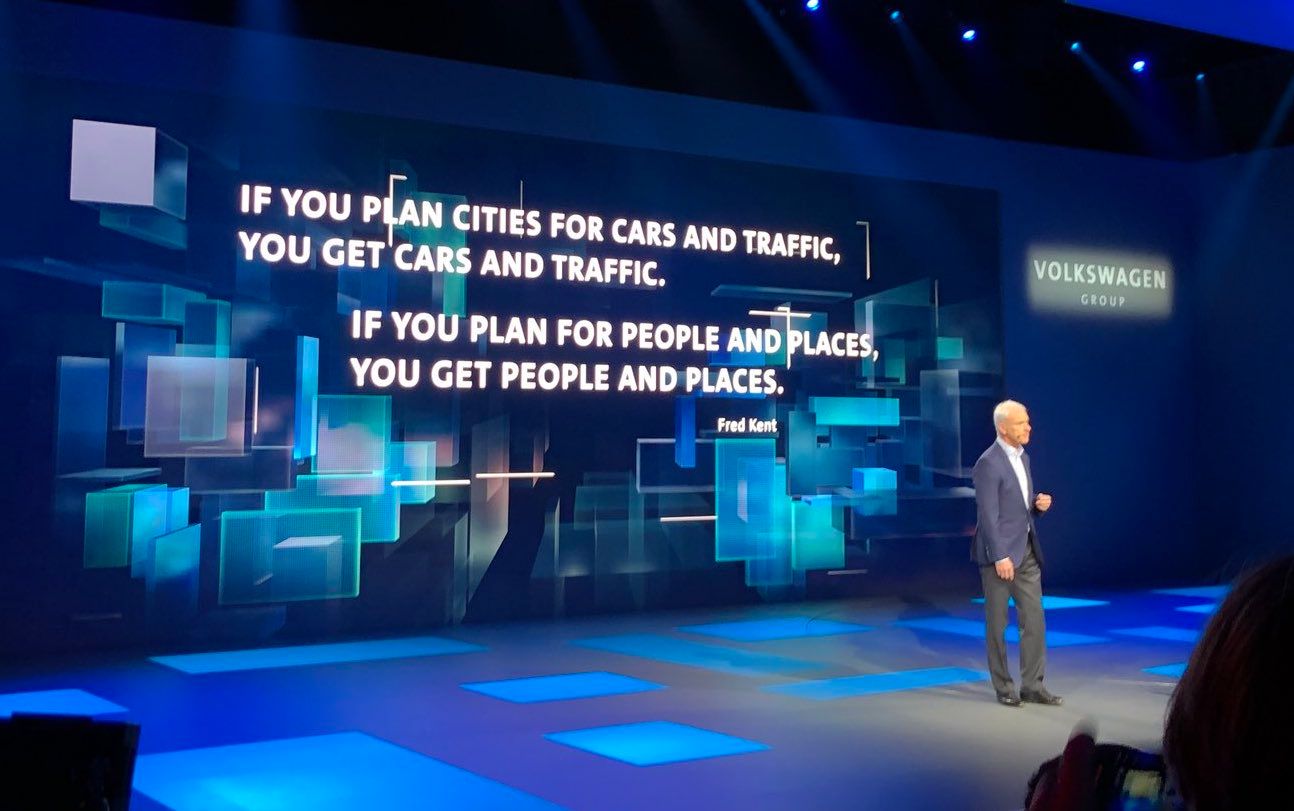
Takeaways
Sidewalks and streets are crucial points of connection between people and therefore vital to social and commercial life in communities. As William H. Whyte said, "The street is the river of life of the city, the place where we come together, the pathway to the center." Therefore, we must take great care to make sidewalks the best public places they can be.
Principles for Better Sidewalks
A sidewalk should not be about capacity but about community life. The below principles can ensure that they fill this role:
- Feeling safe is an important feature of a sidewalk — it isn't easy to relax if you're strolling too close to traffic! Providing a level of separation between sidewalks and streets (e.g. with gardens or café seating) can enhance the safety and beauty of an area.
- Sometimes, the easiest way to make sidewalks better is to make roads smaller. One of the most telling quotes by Jane Jacobs describes how car-centric streets have eroded our cities by "nibbling" away at spaces like sidewalks.
- Sidewalks must accommodate all of the ways in which people move through our communities: whether on foot or wheels, laden with groceries or toting a stroller, our sidewalks need to make way.
- Make sidewalks accessible, and have backup plans/routes for when they may be blocked. When we recently needed to use a wheelchair, it reminded us how challenging it is to travel along sidewalks for a large portion of the population.
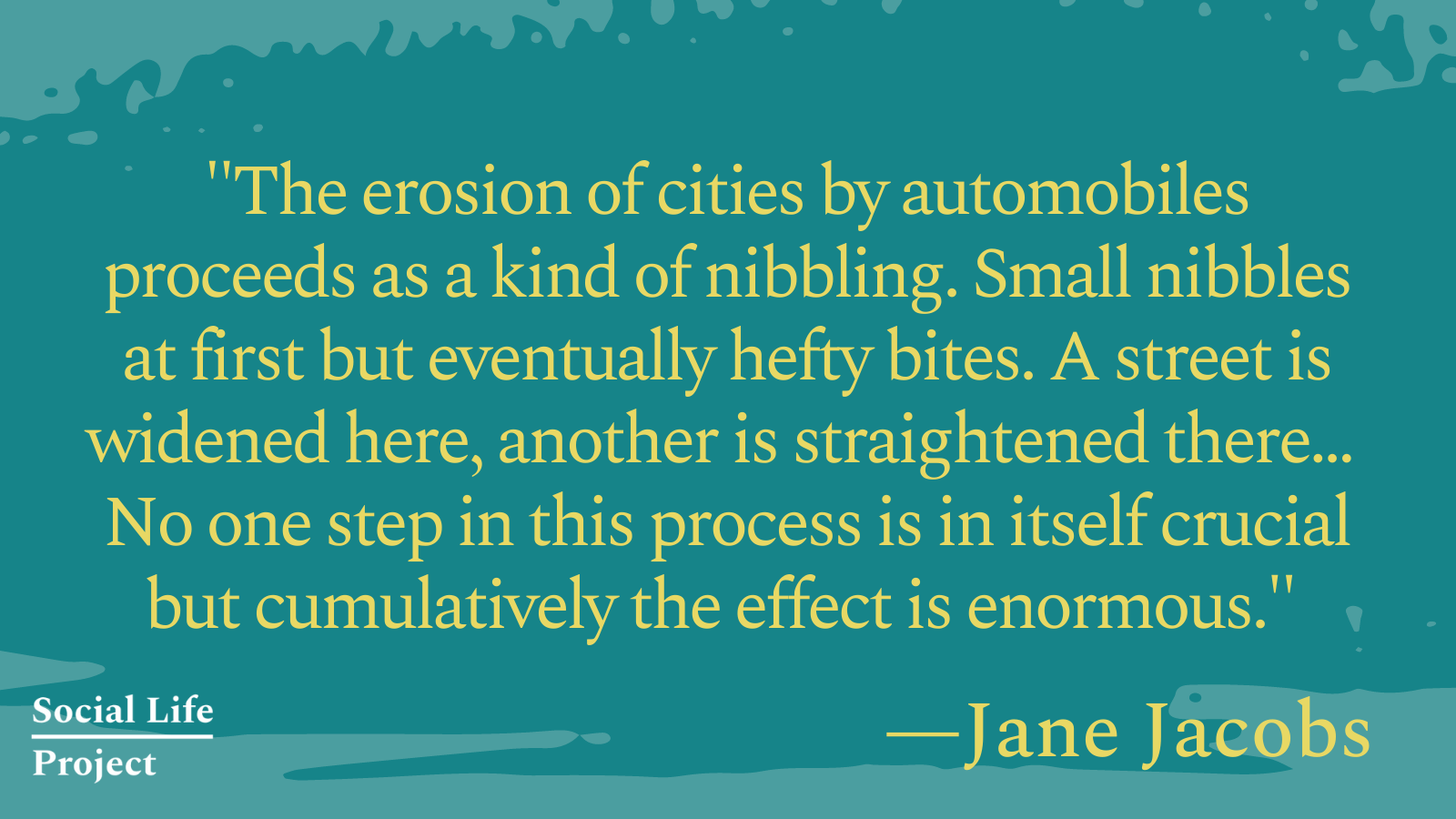
Related Articles
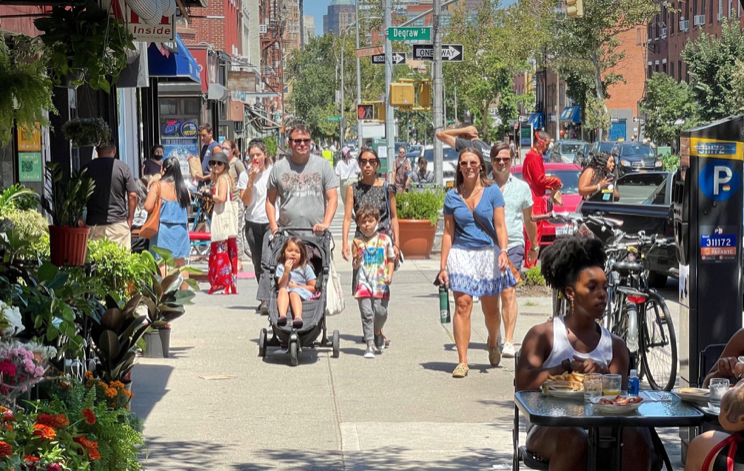
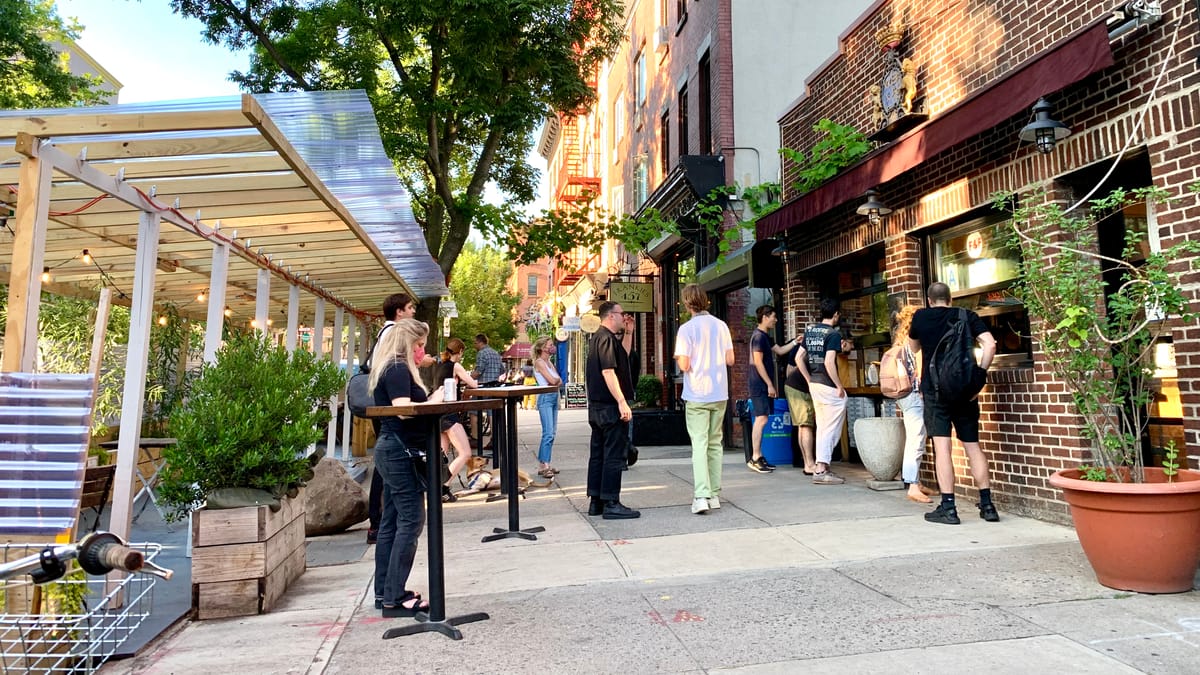
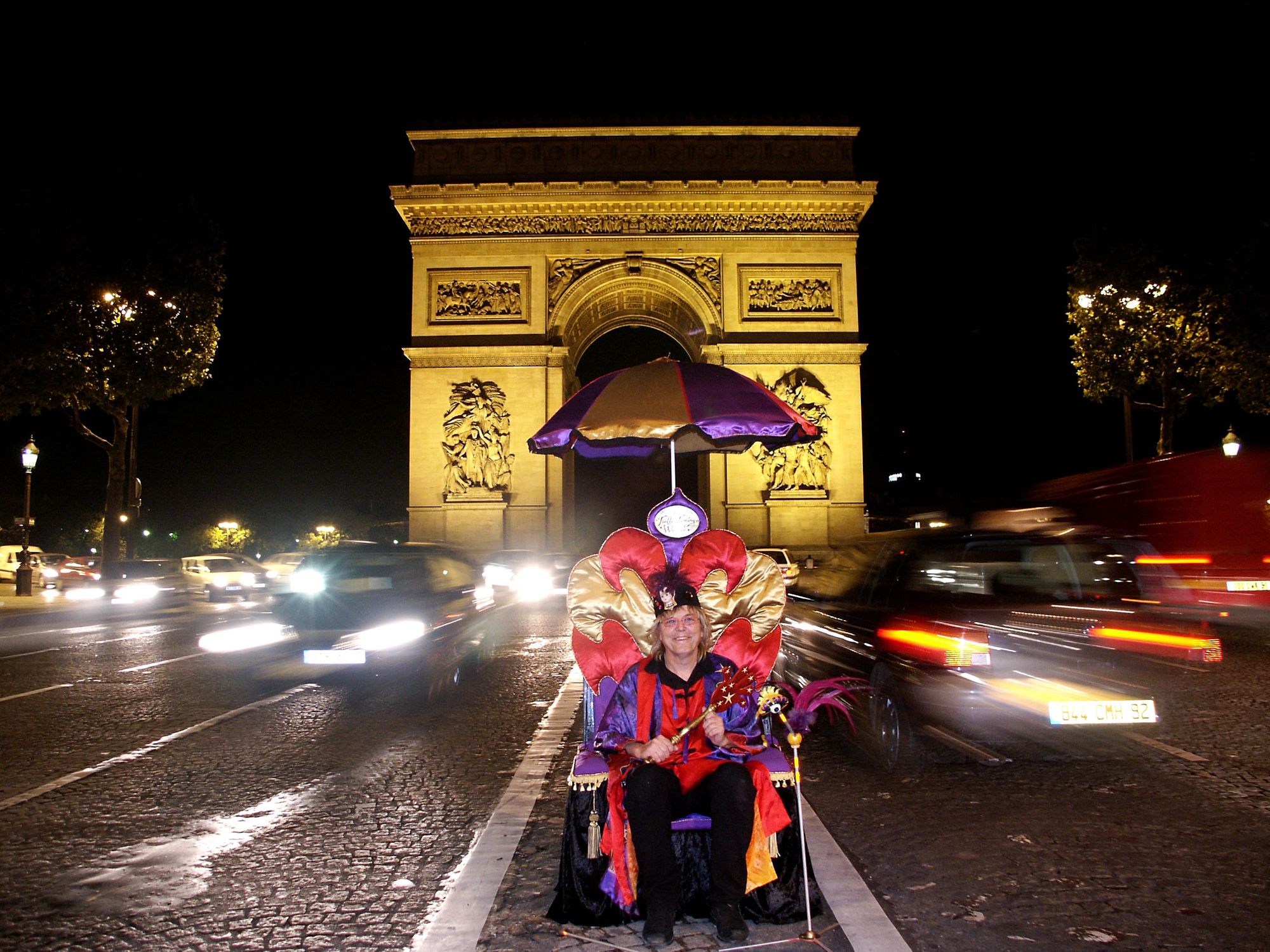
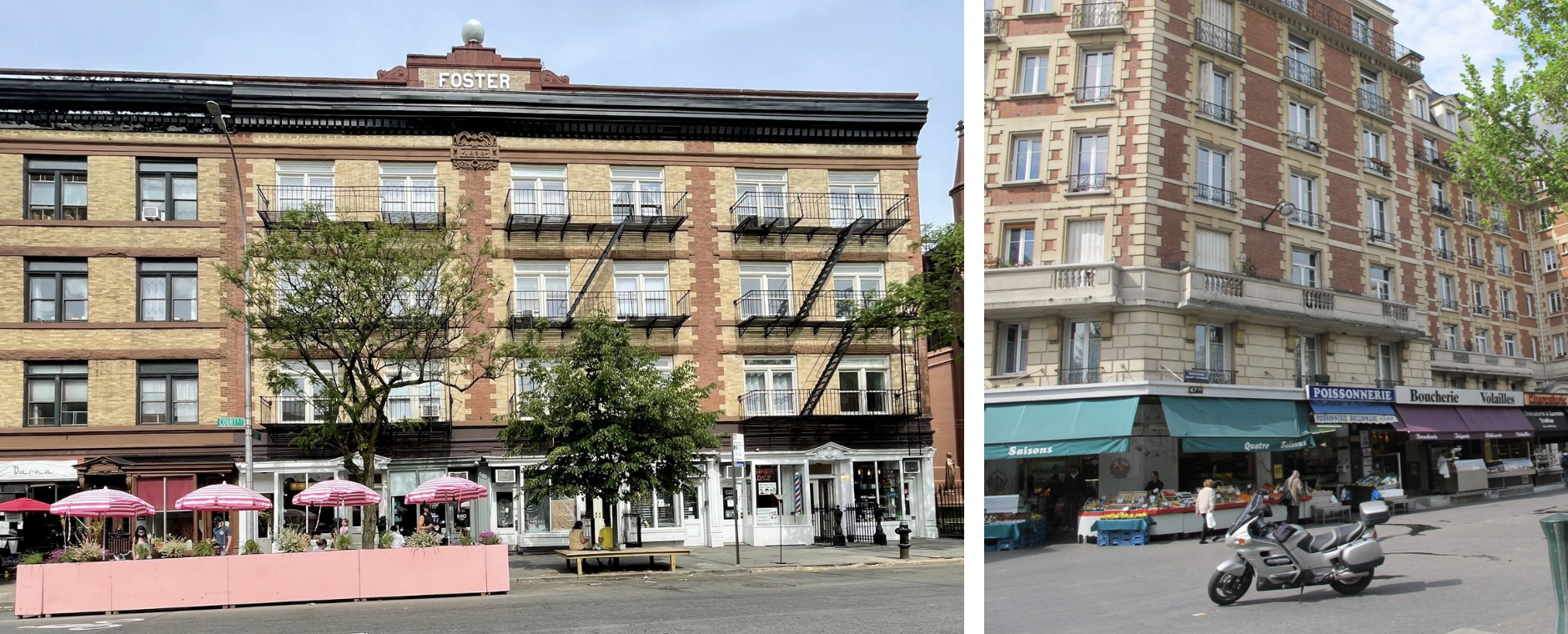
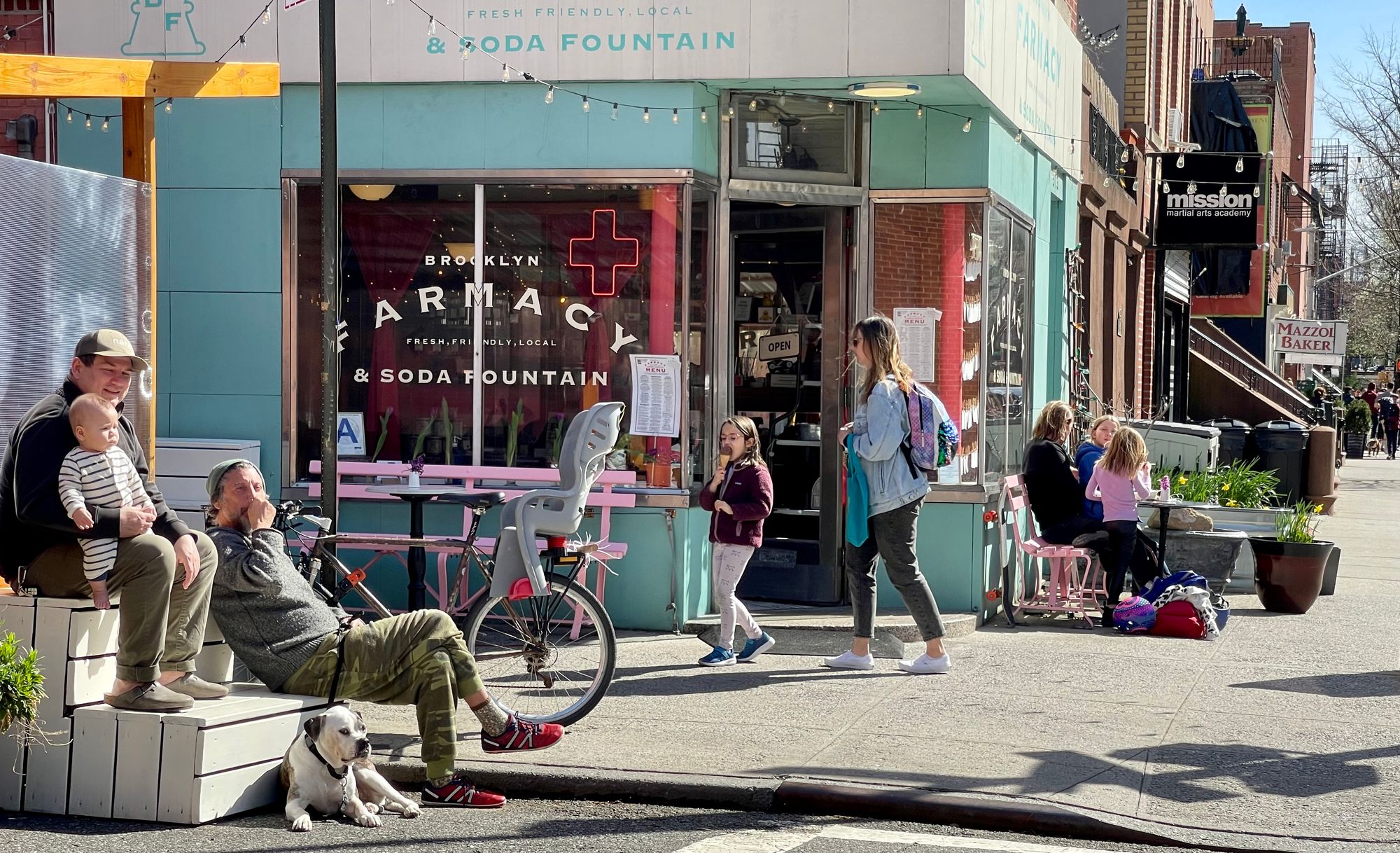
The Placemaking Movement
